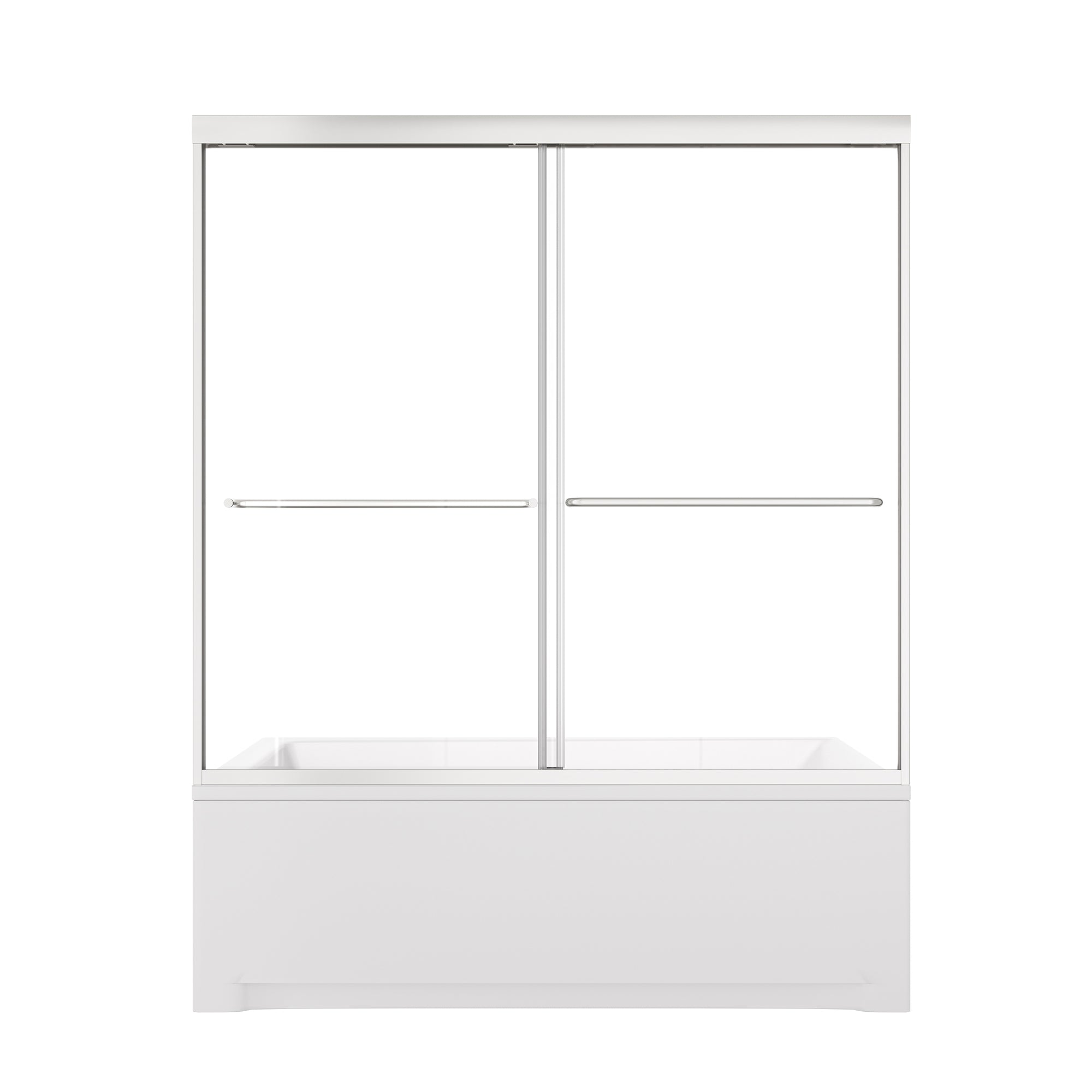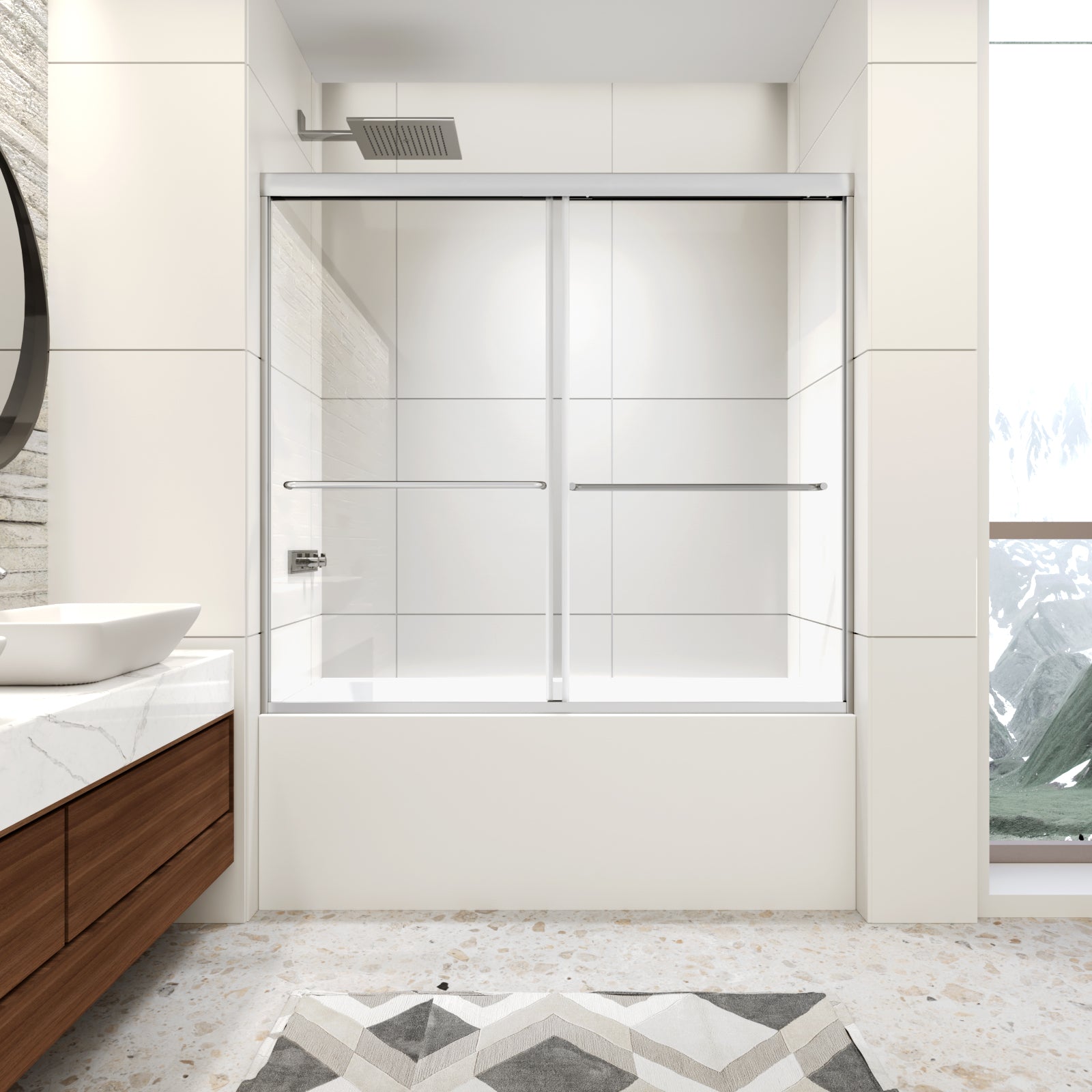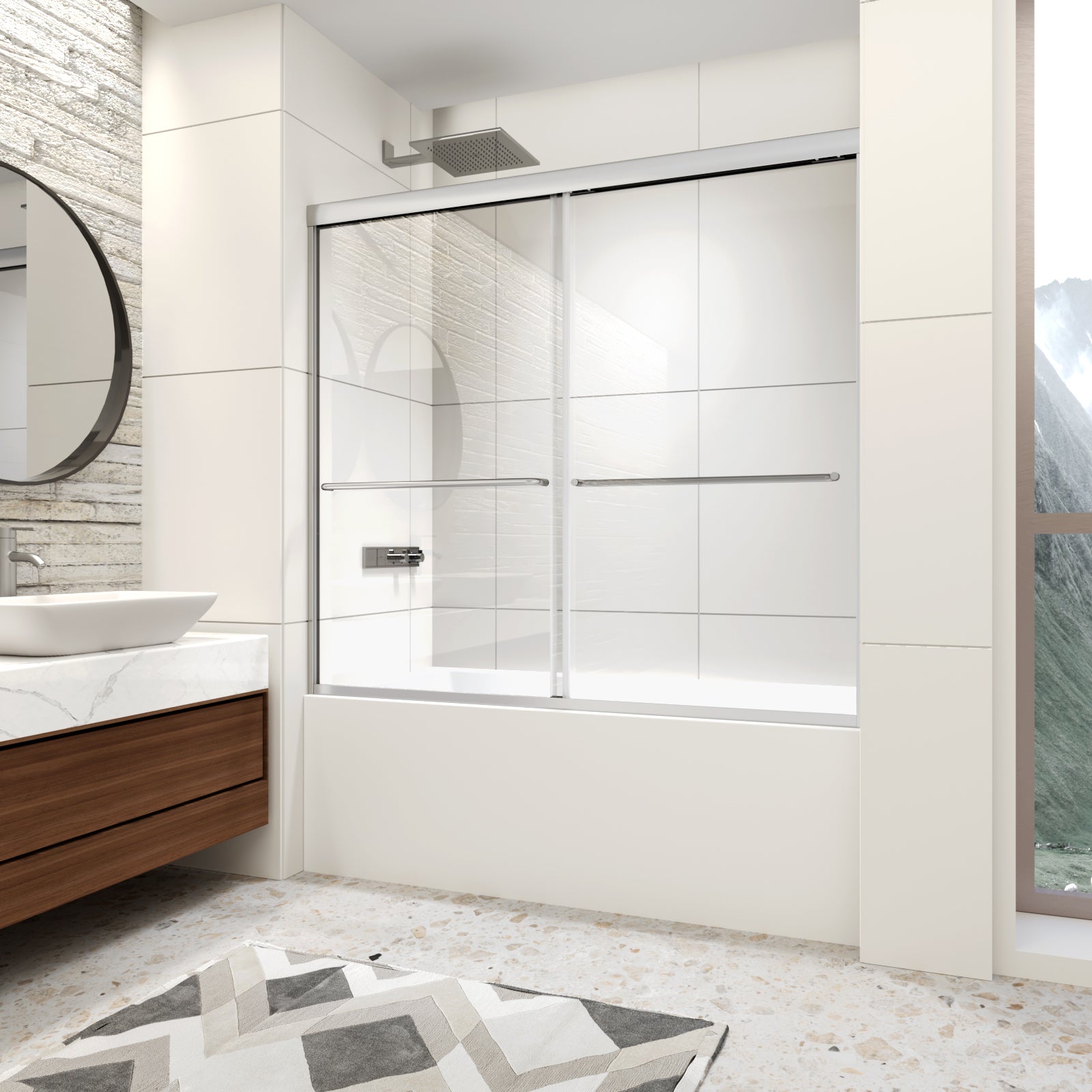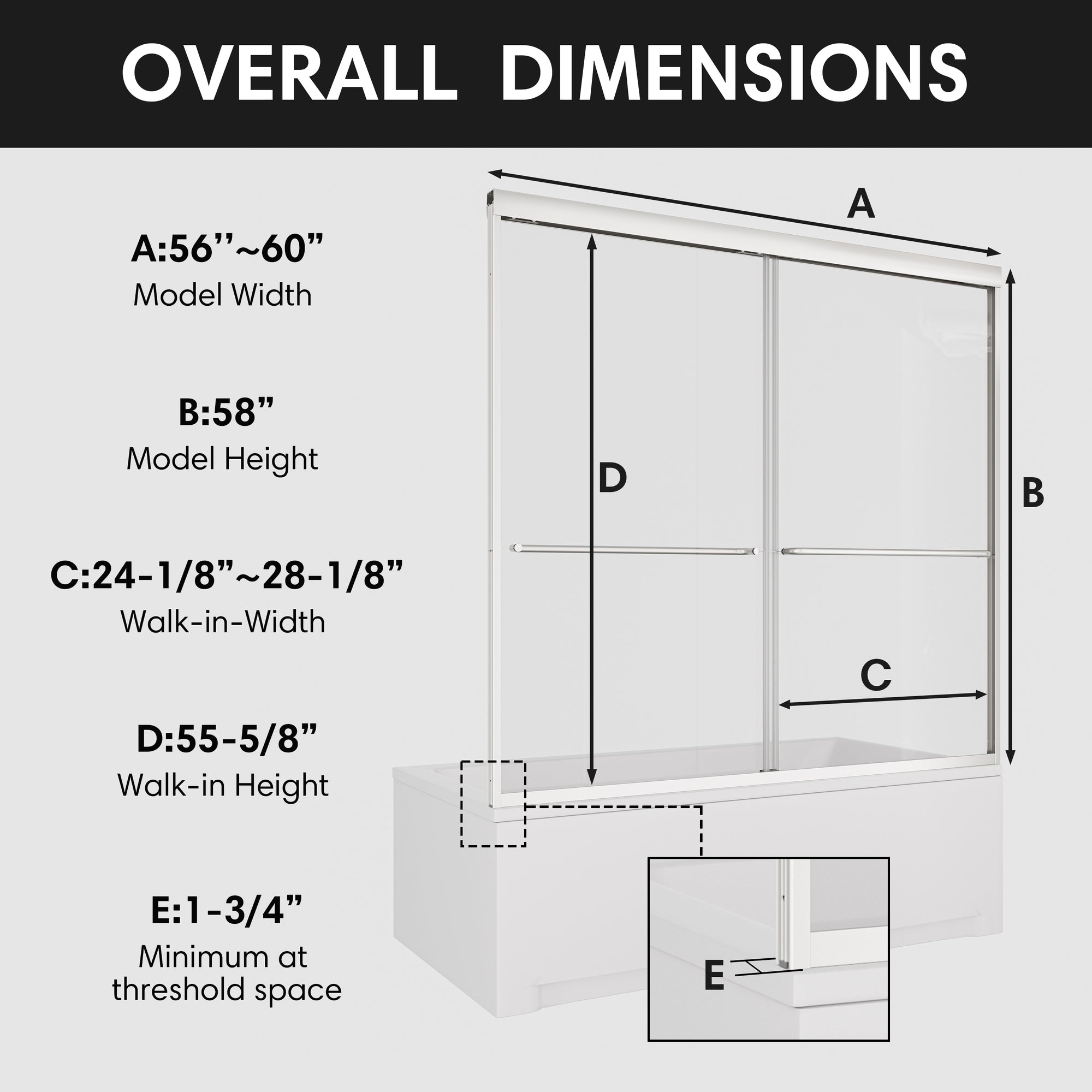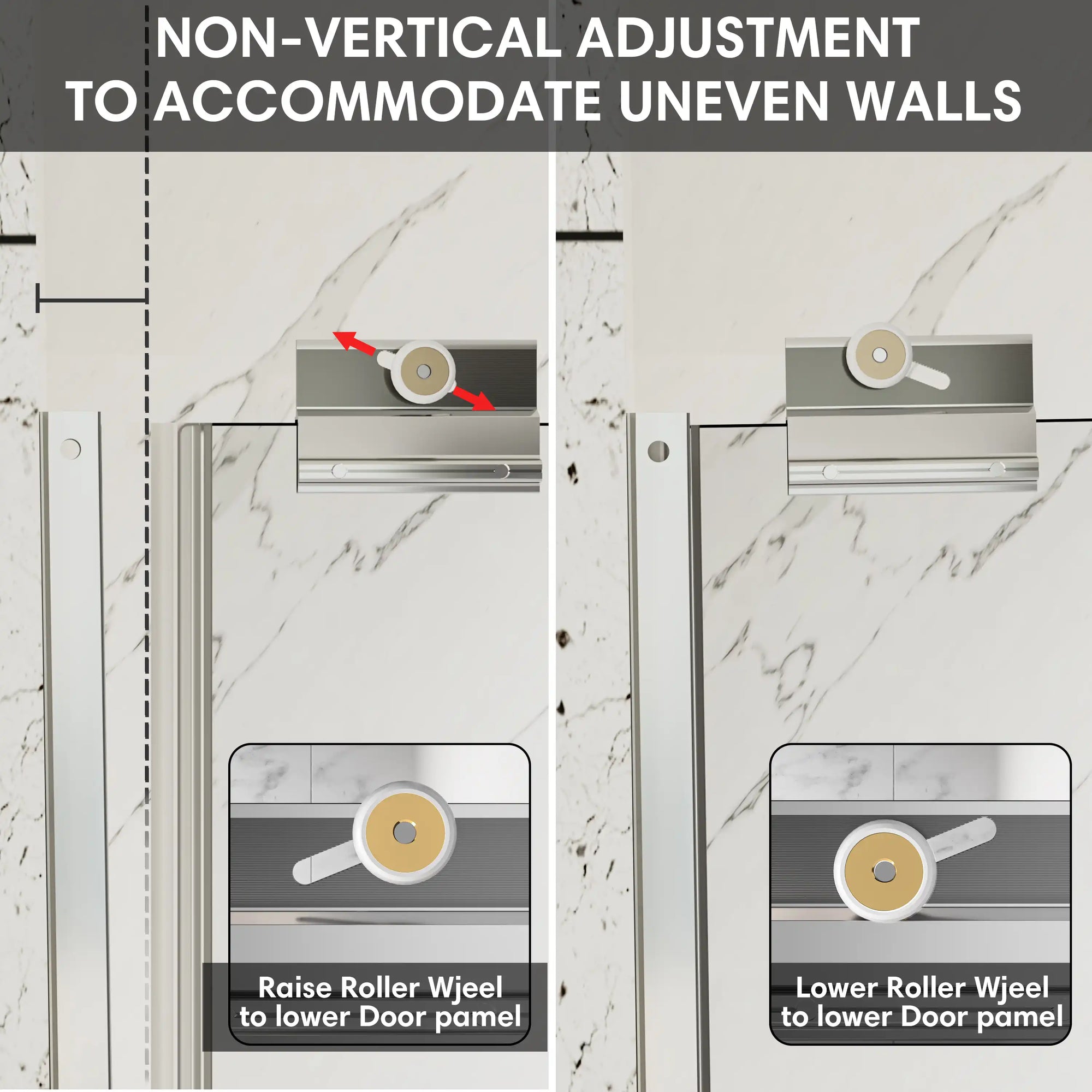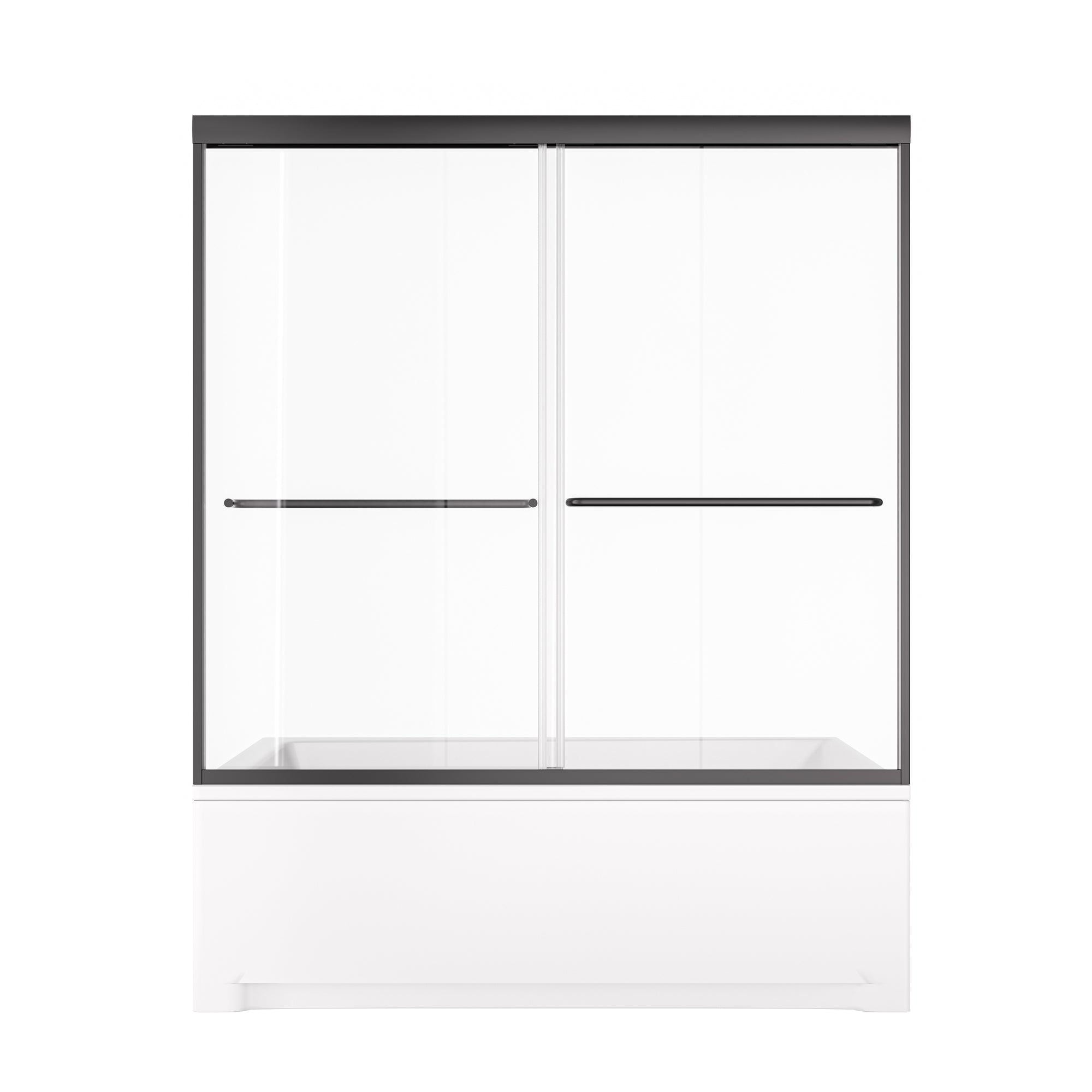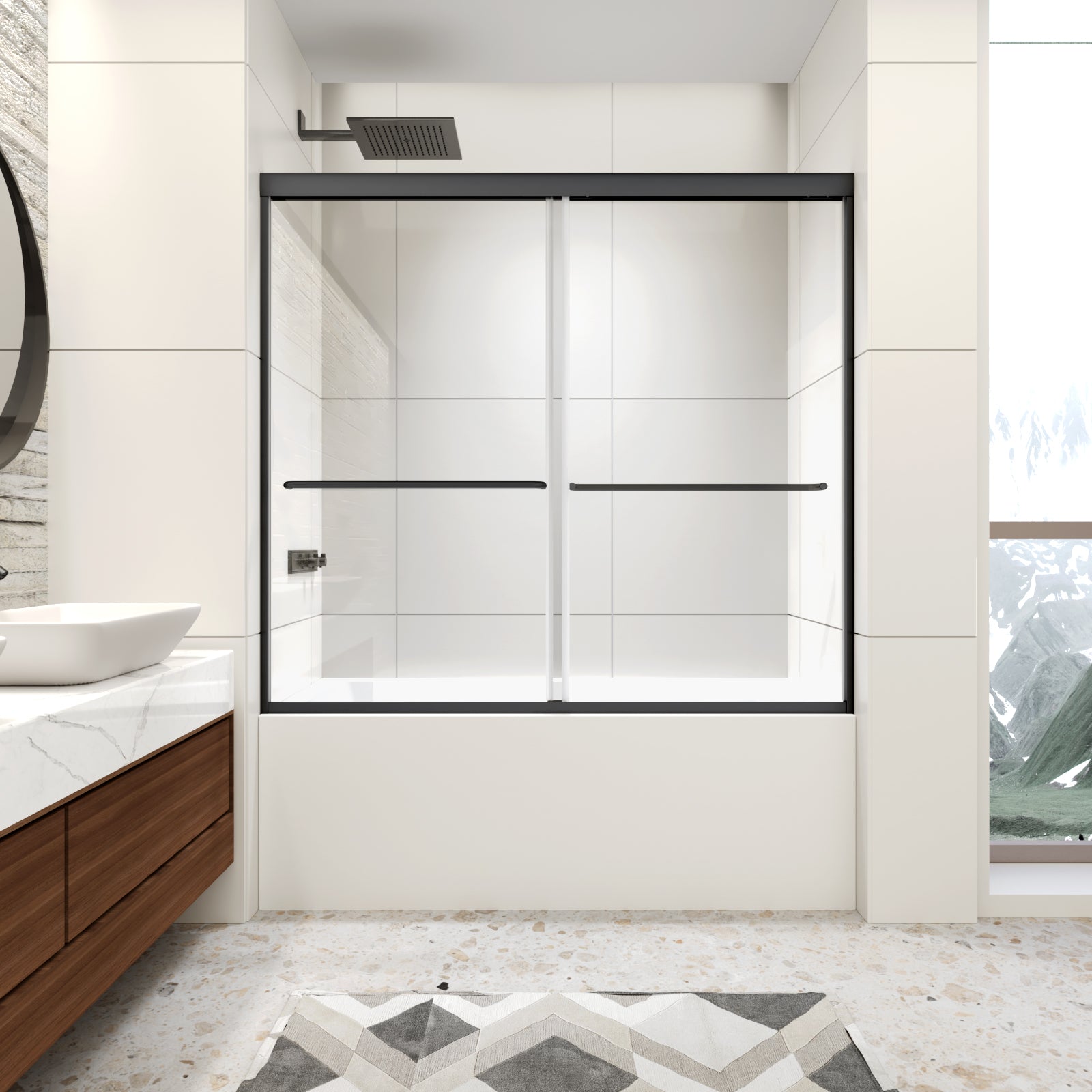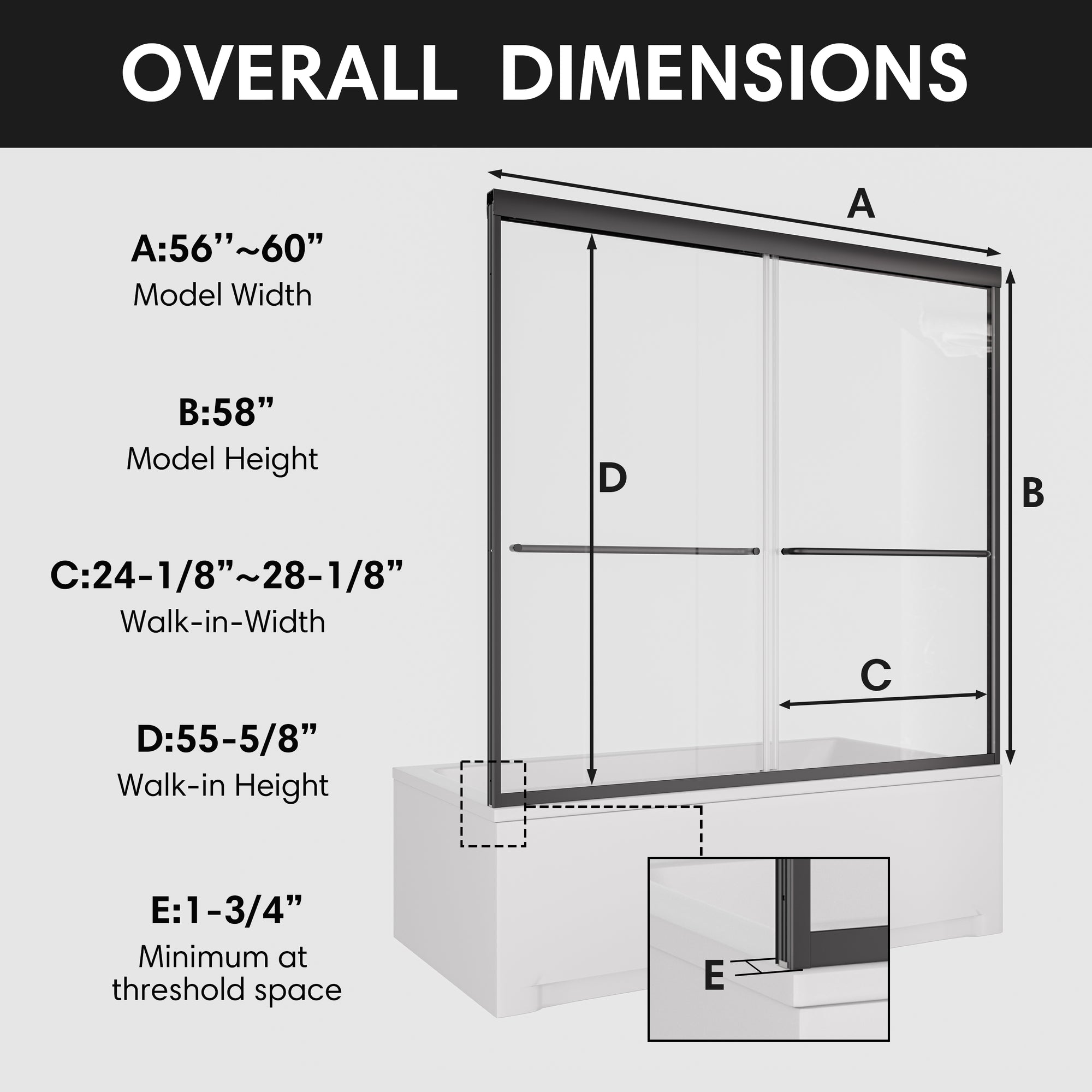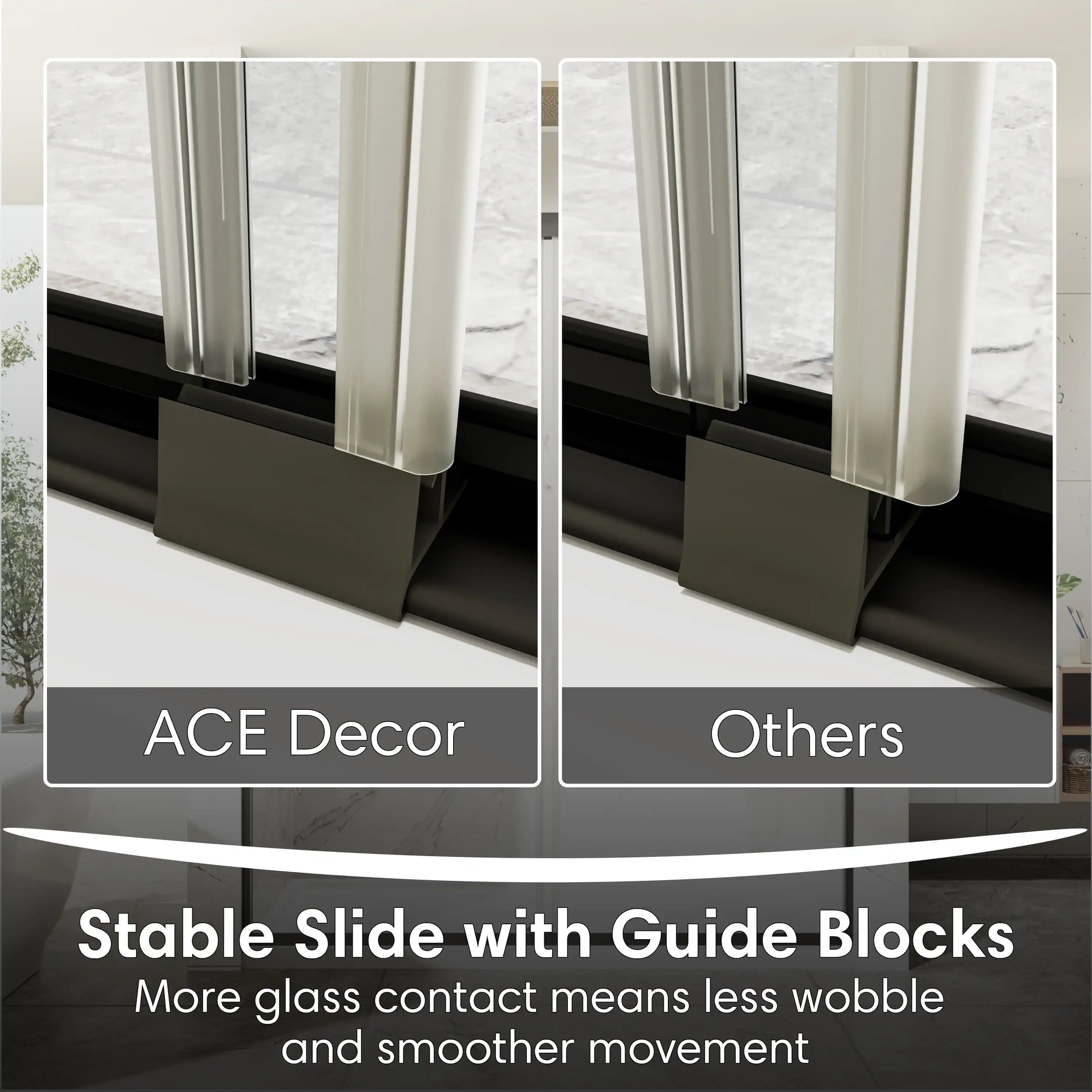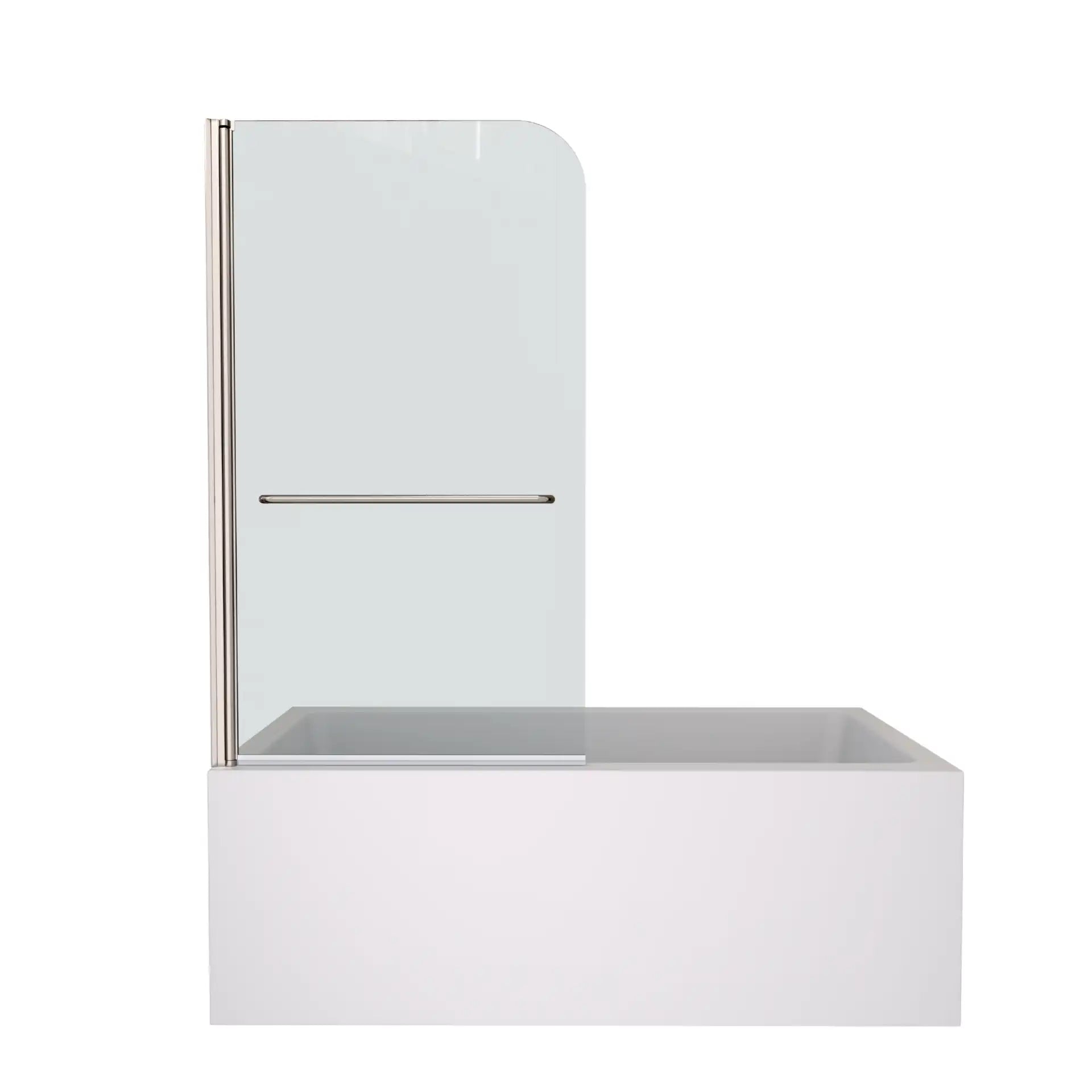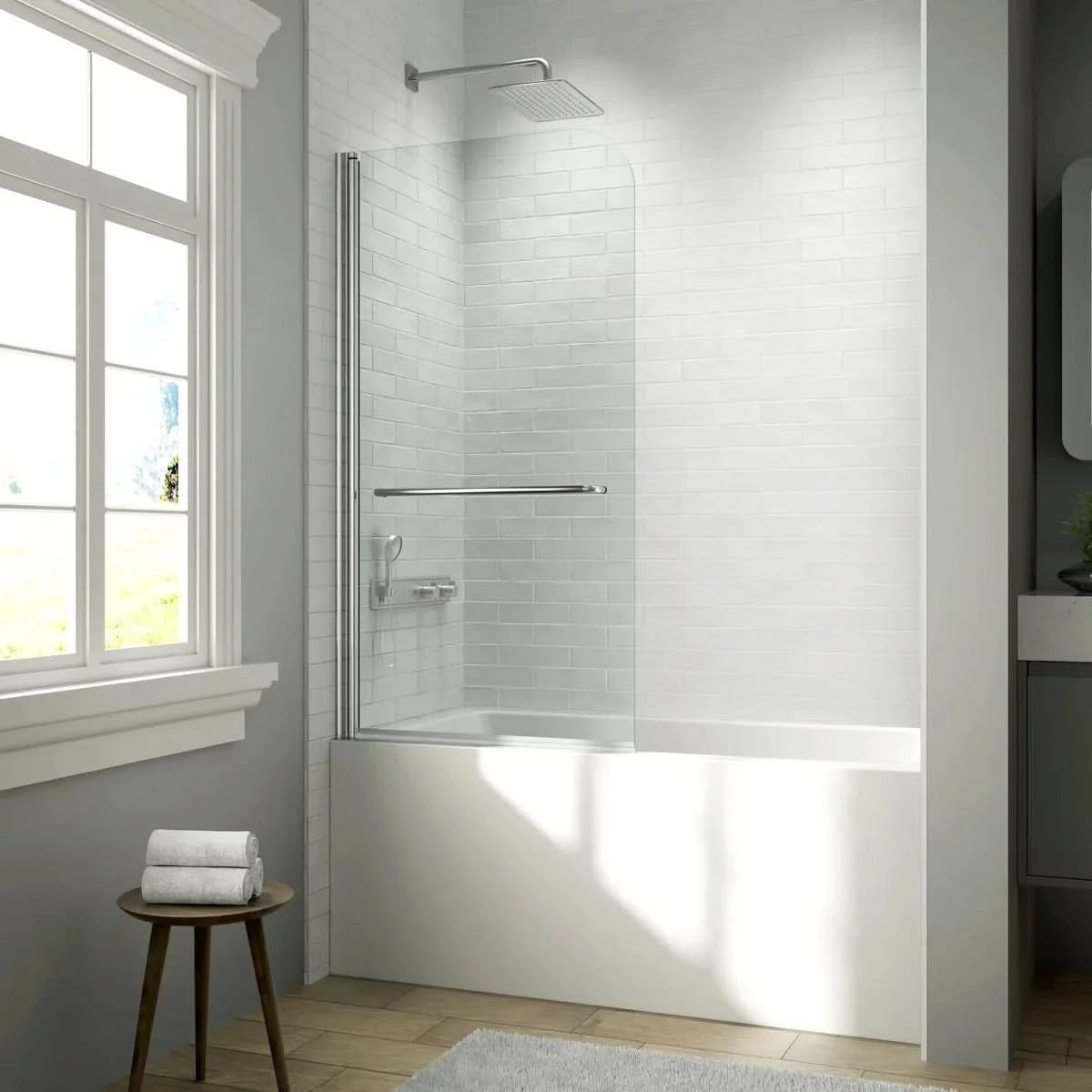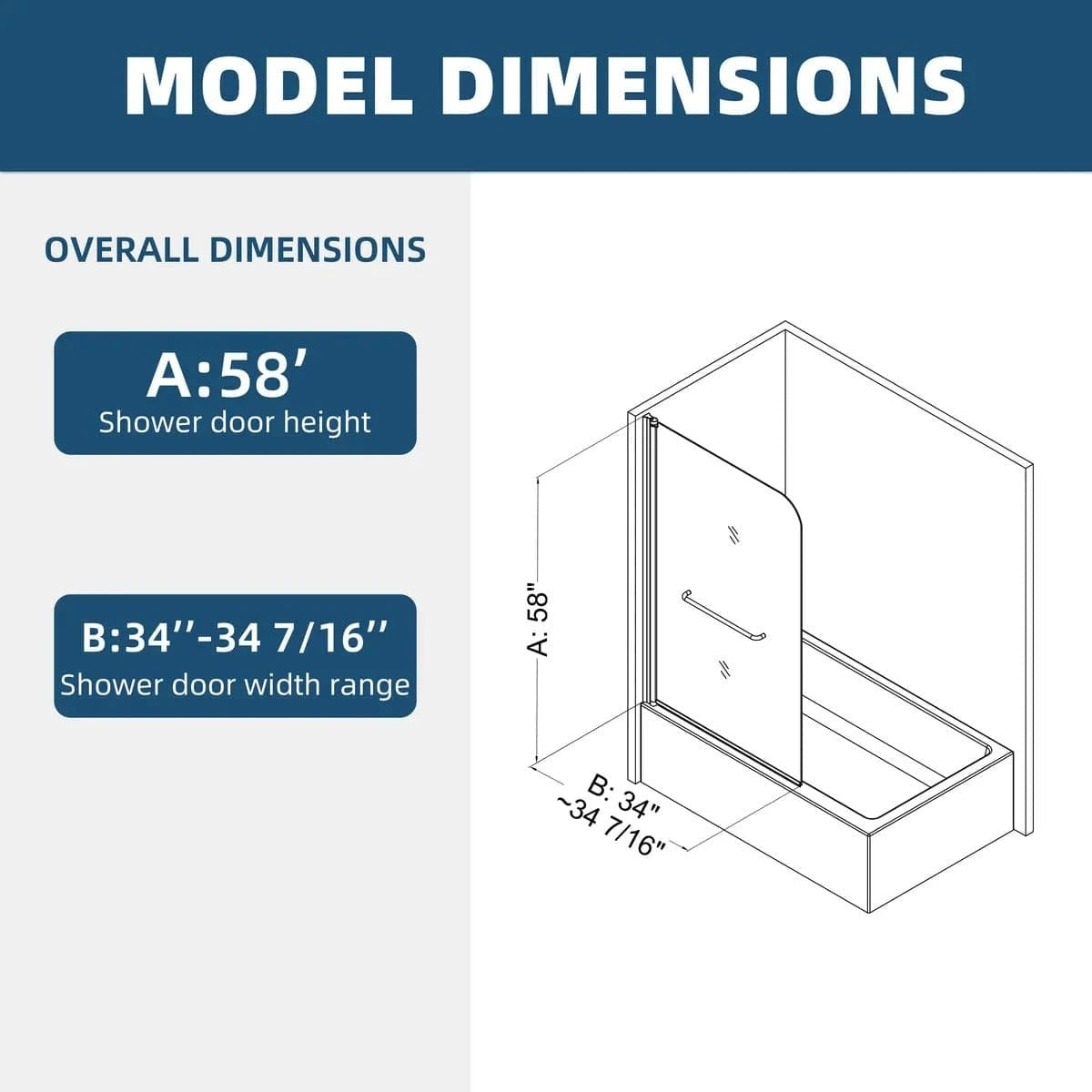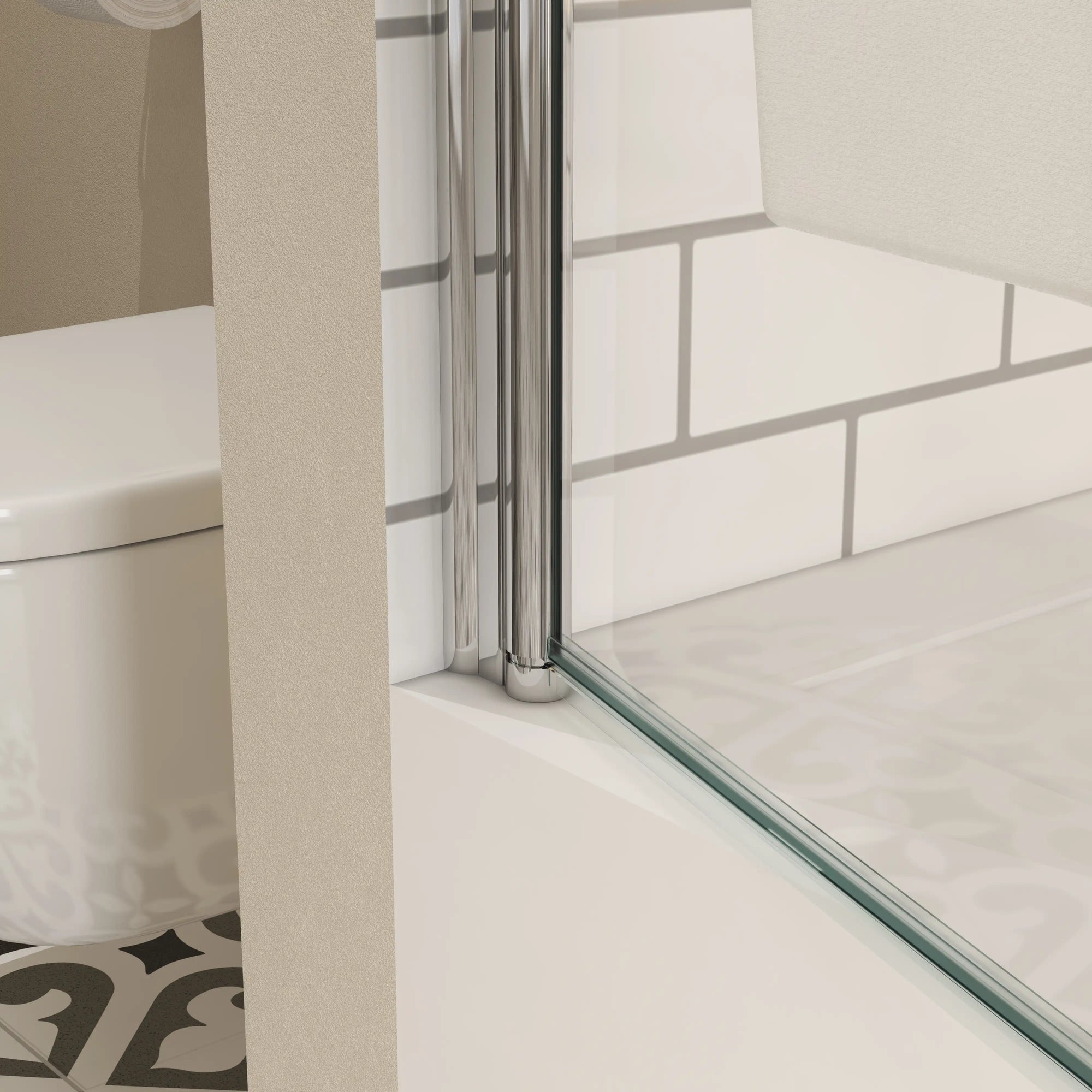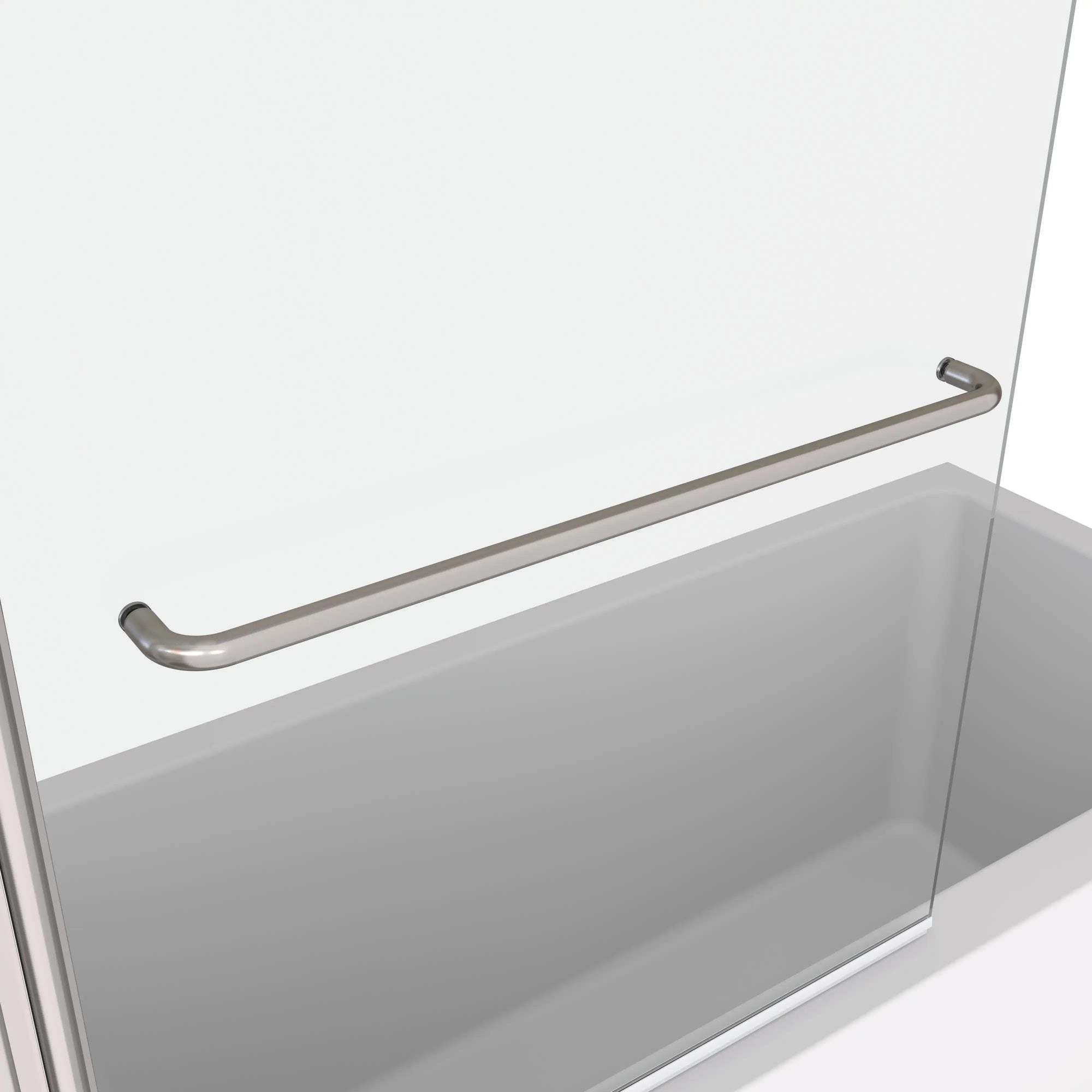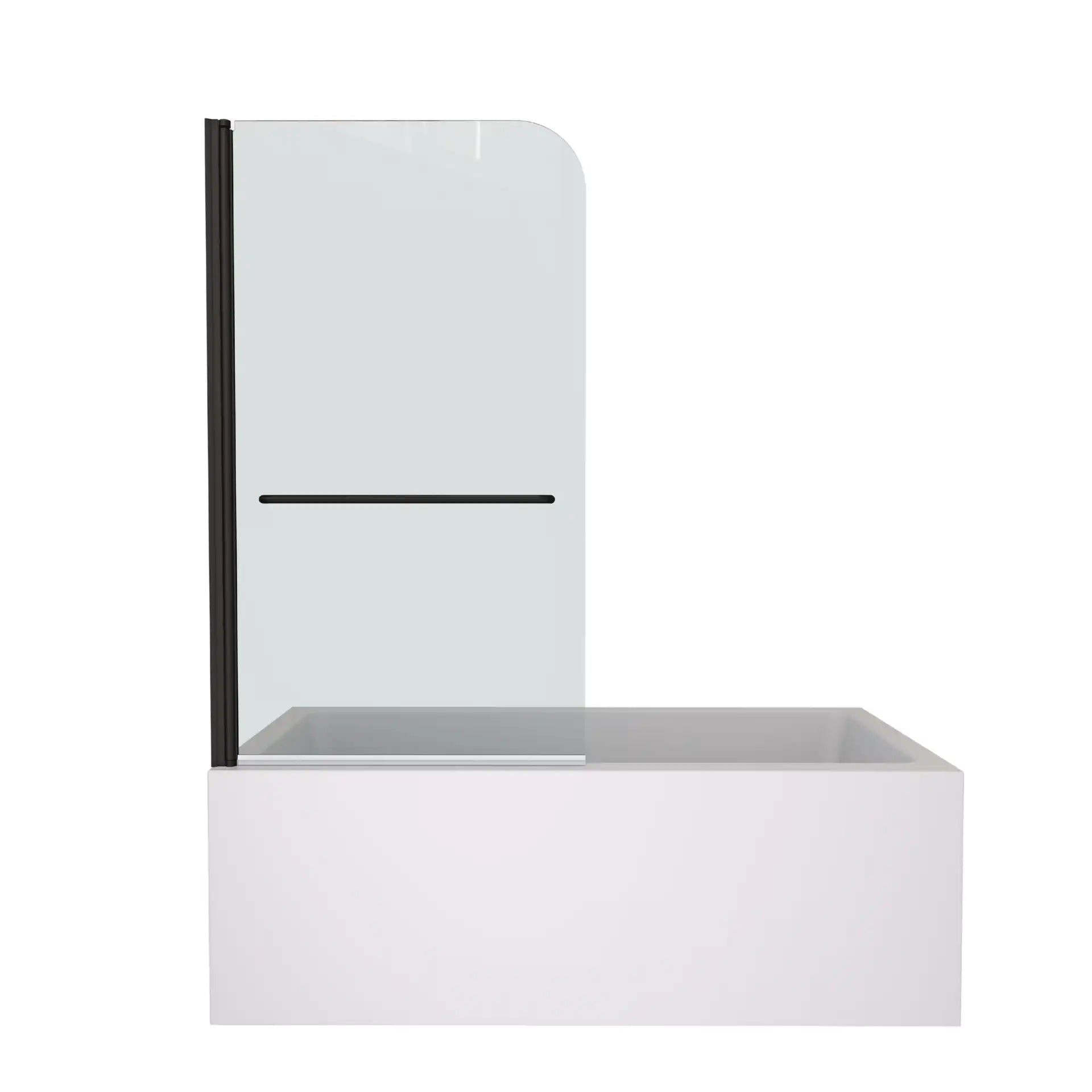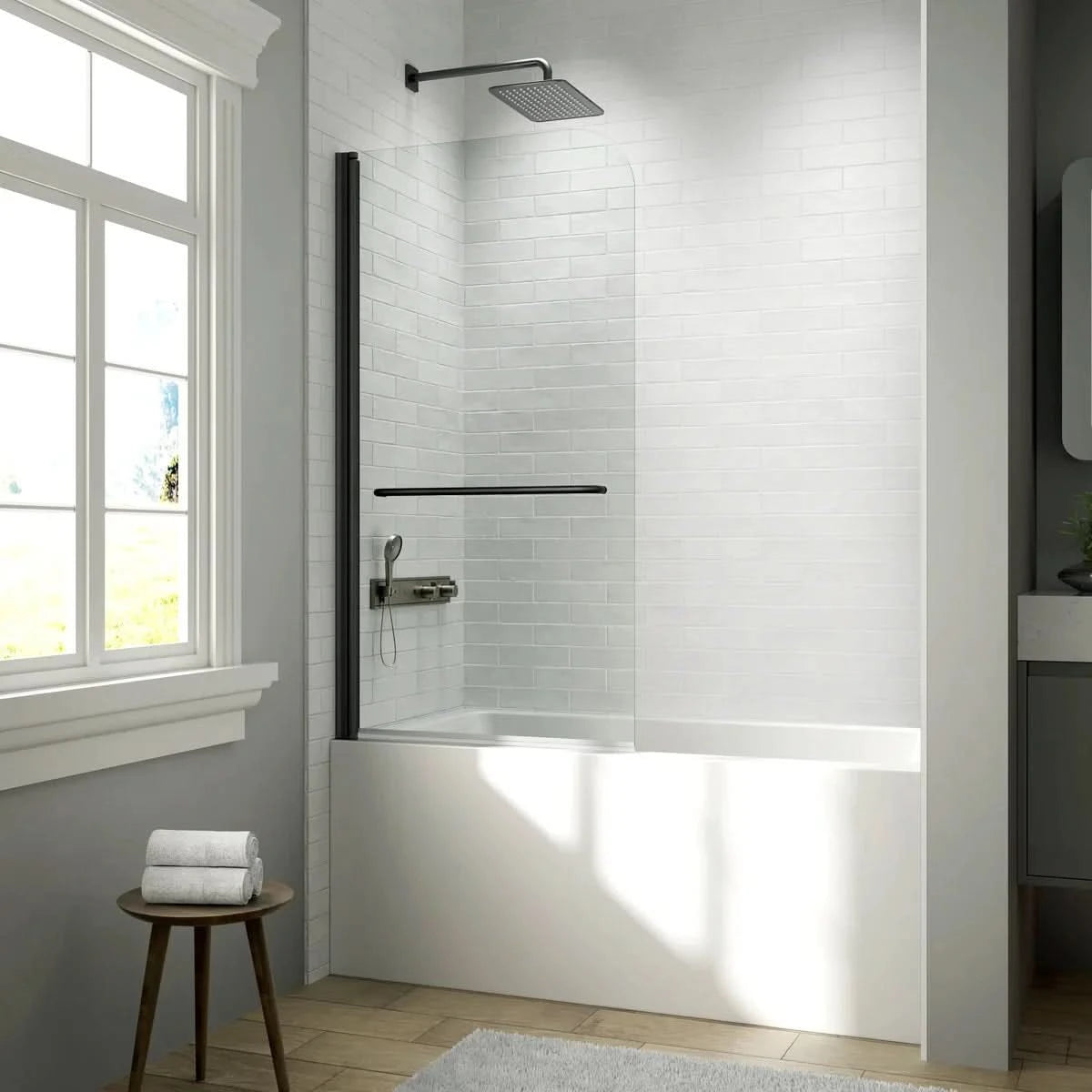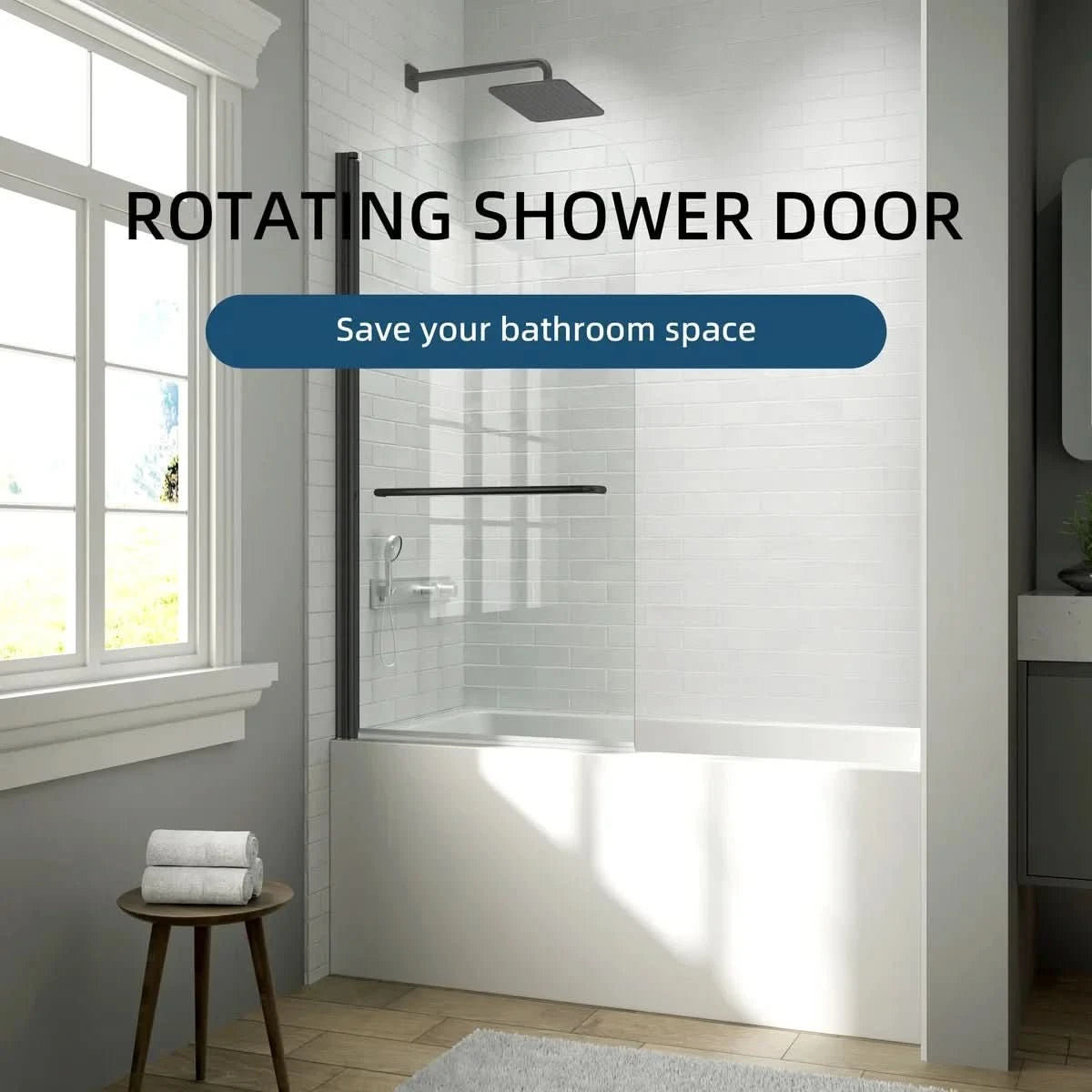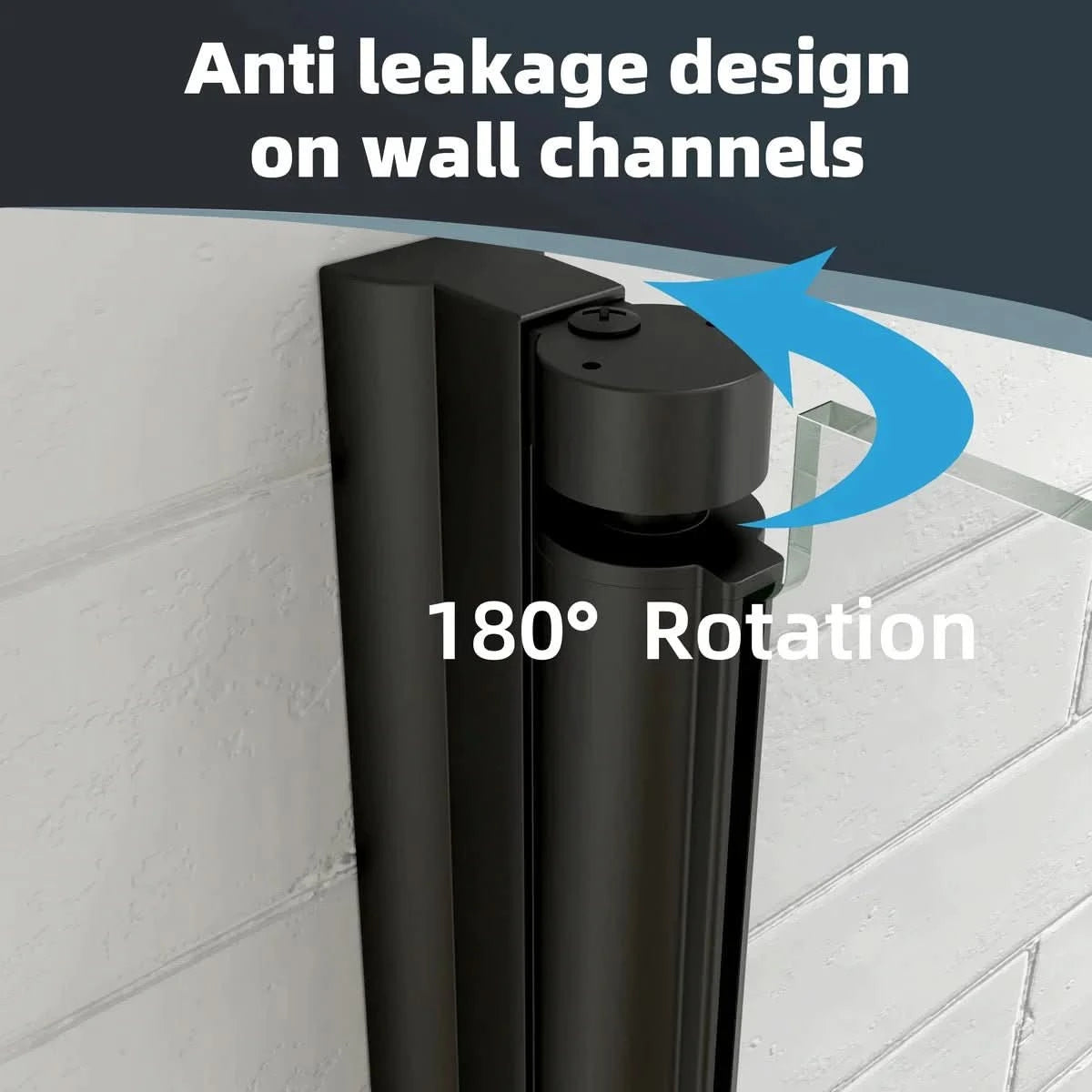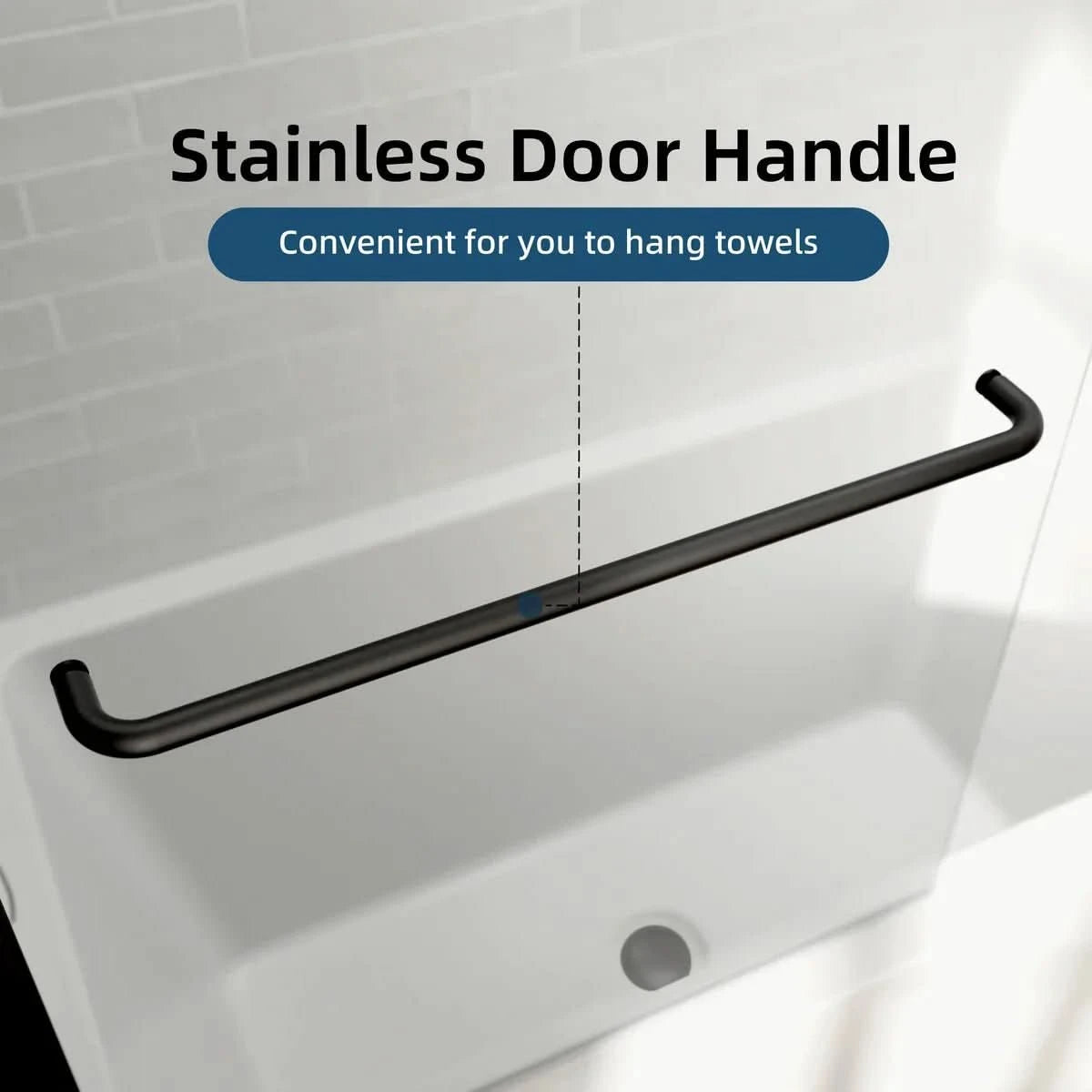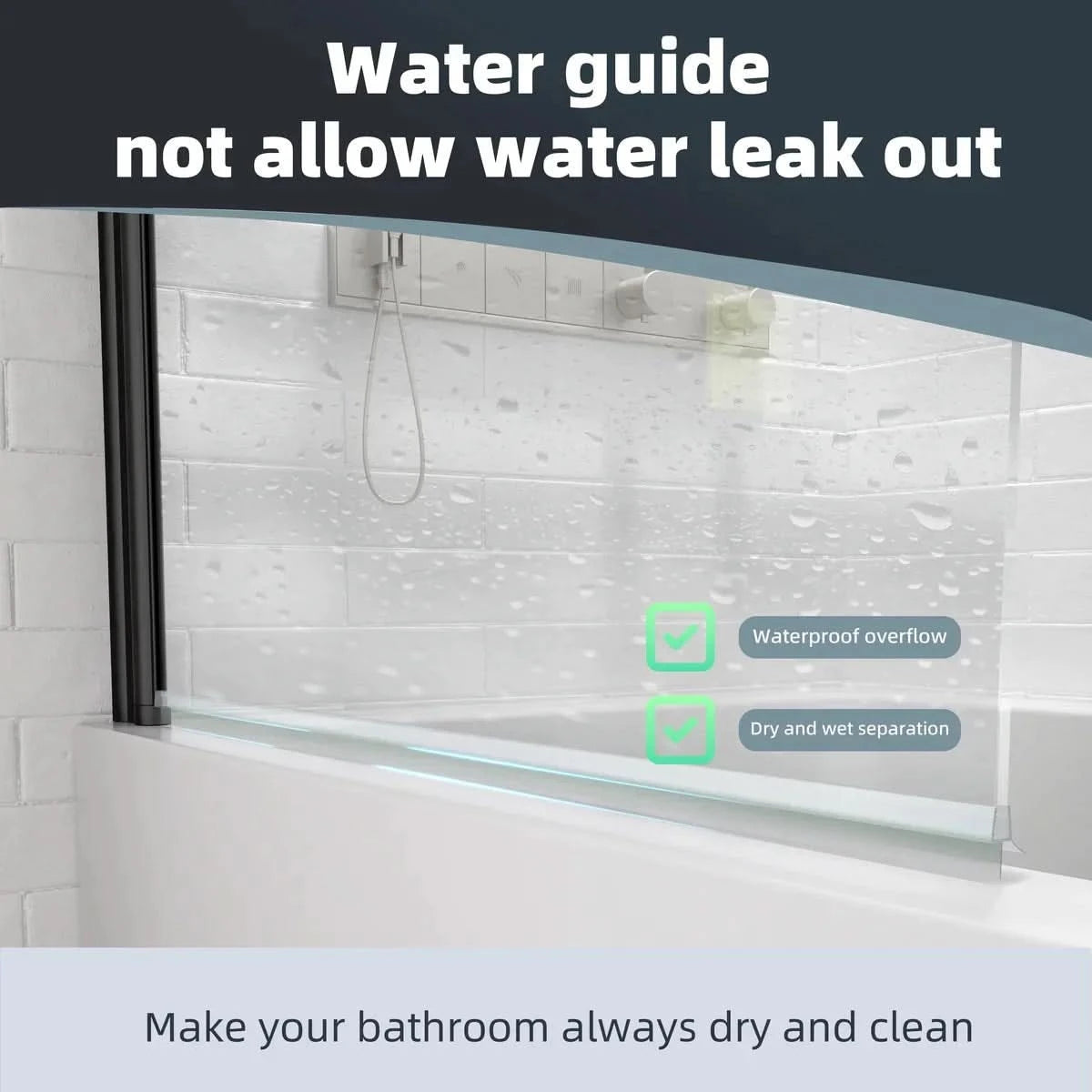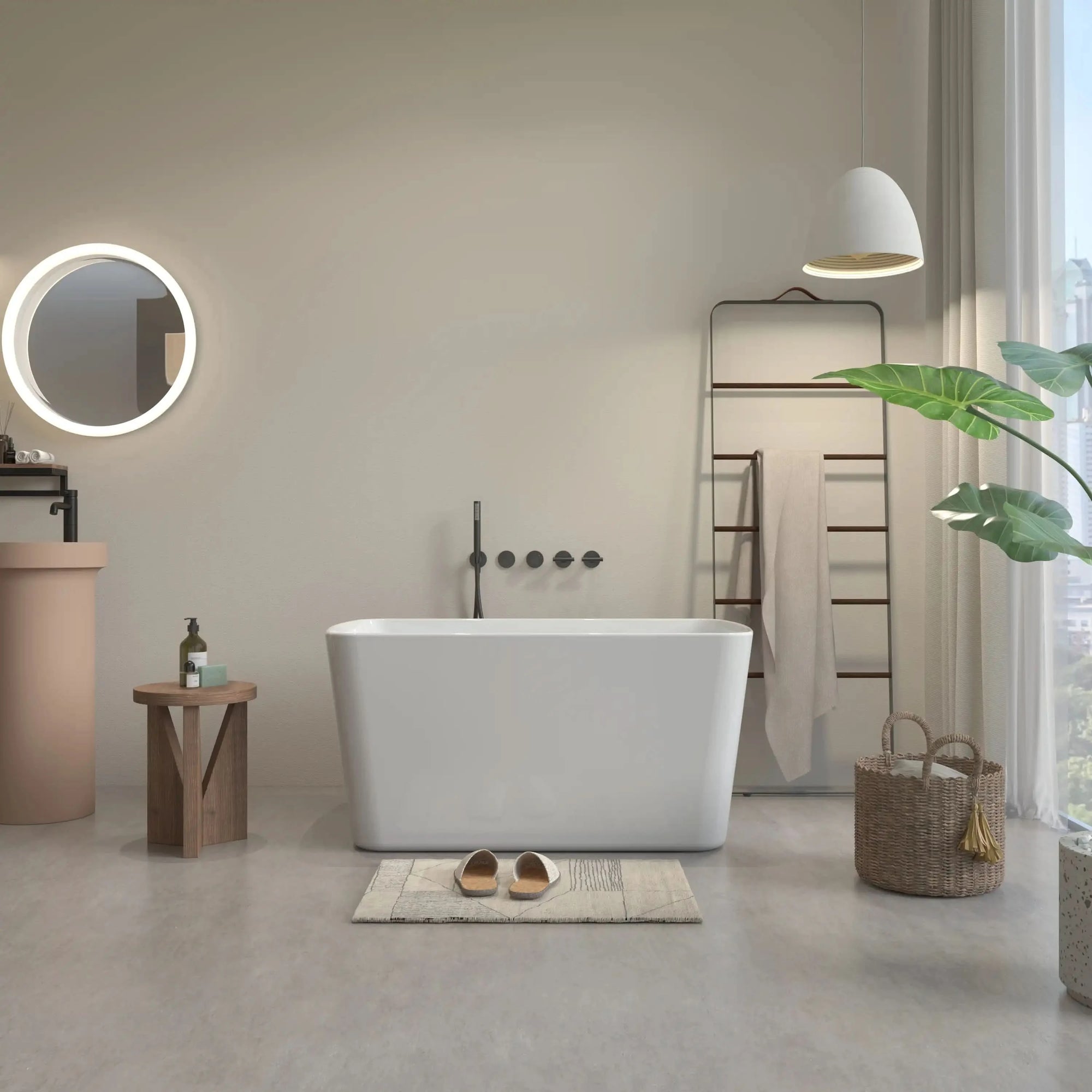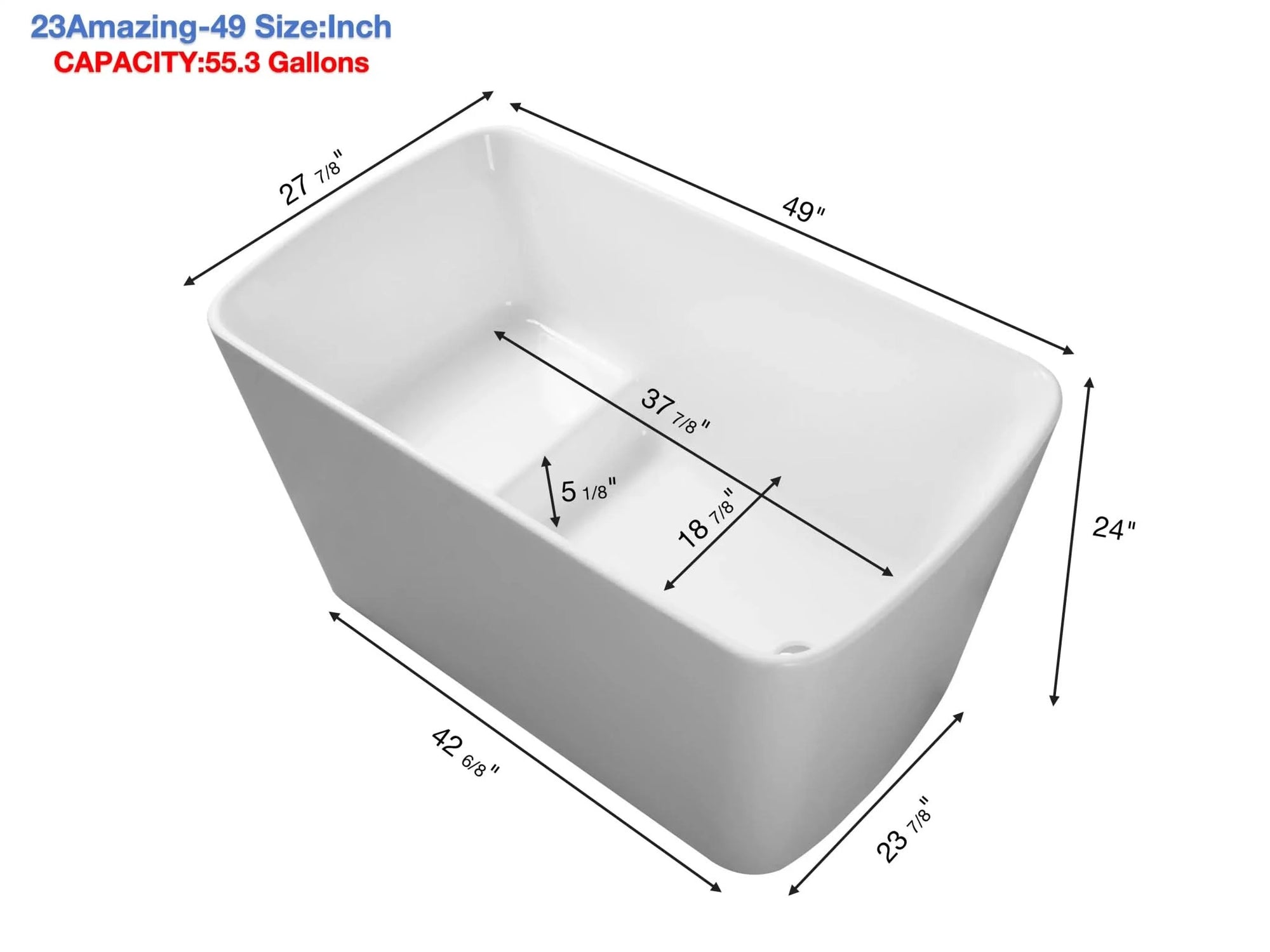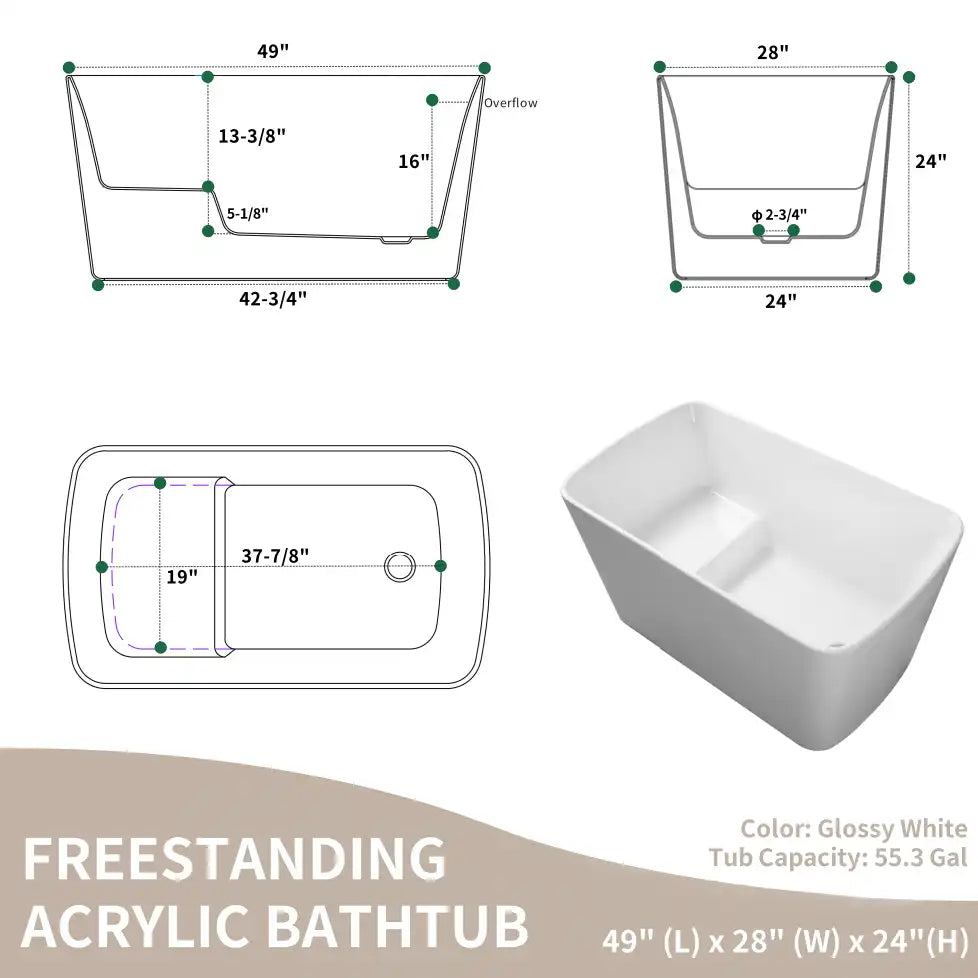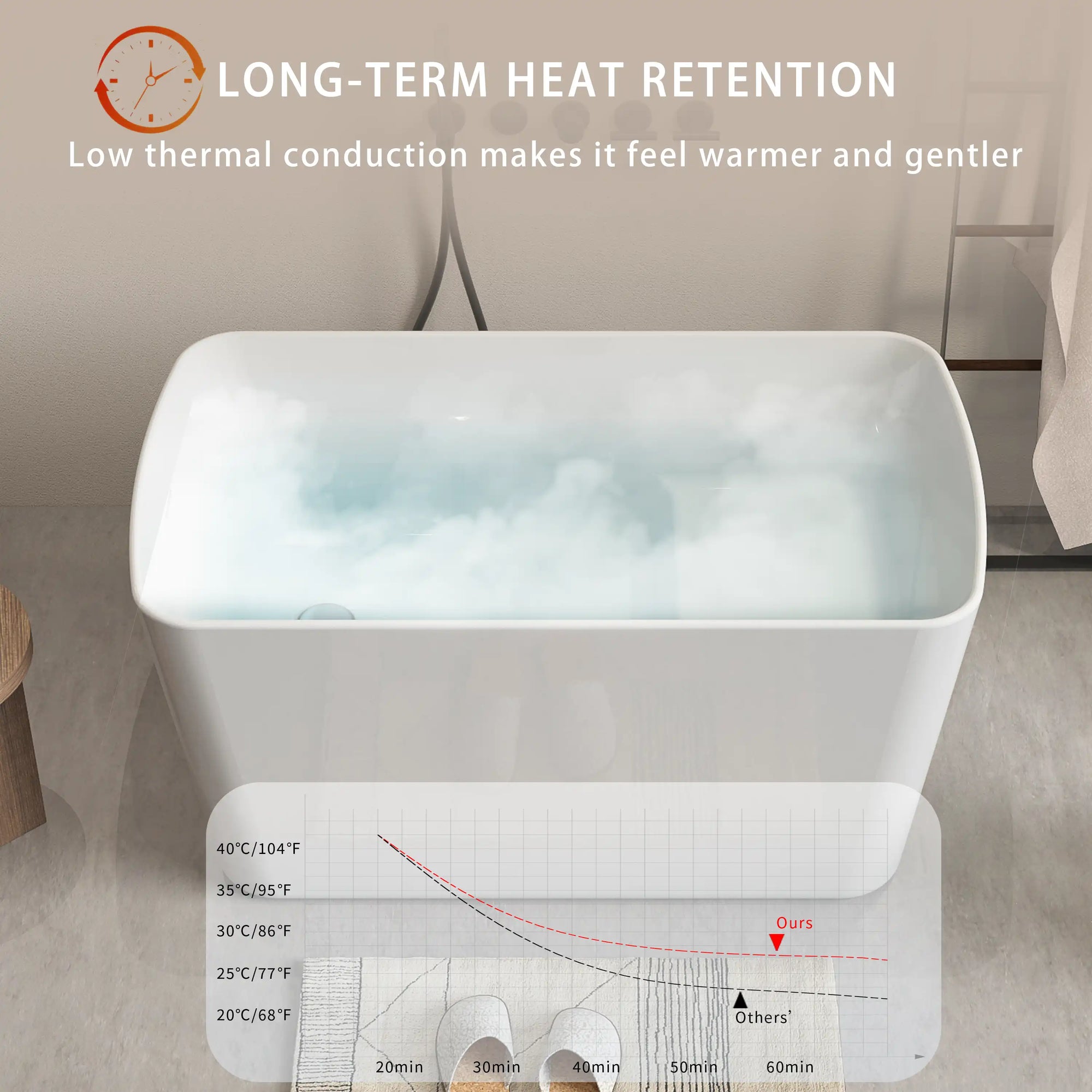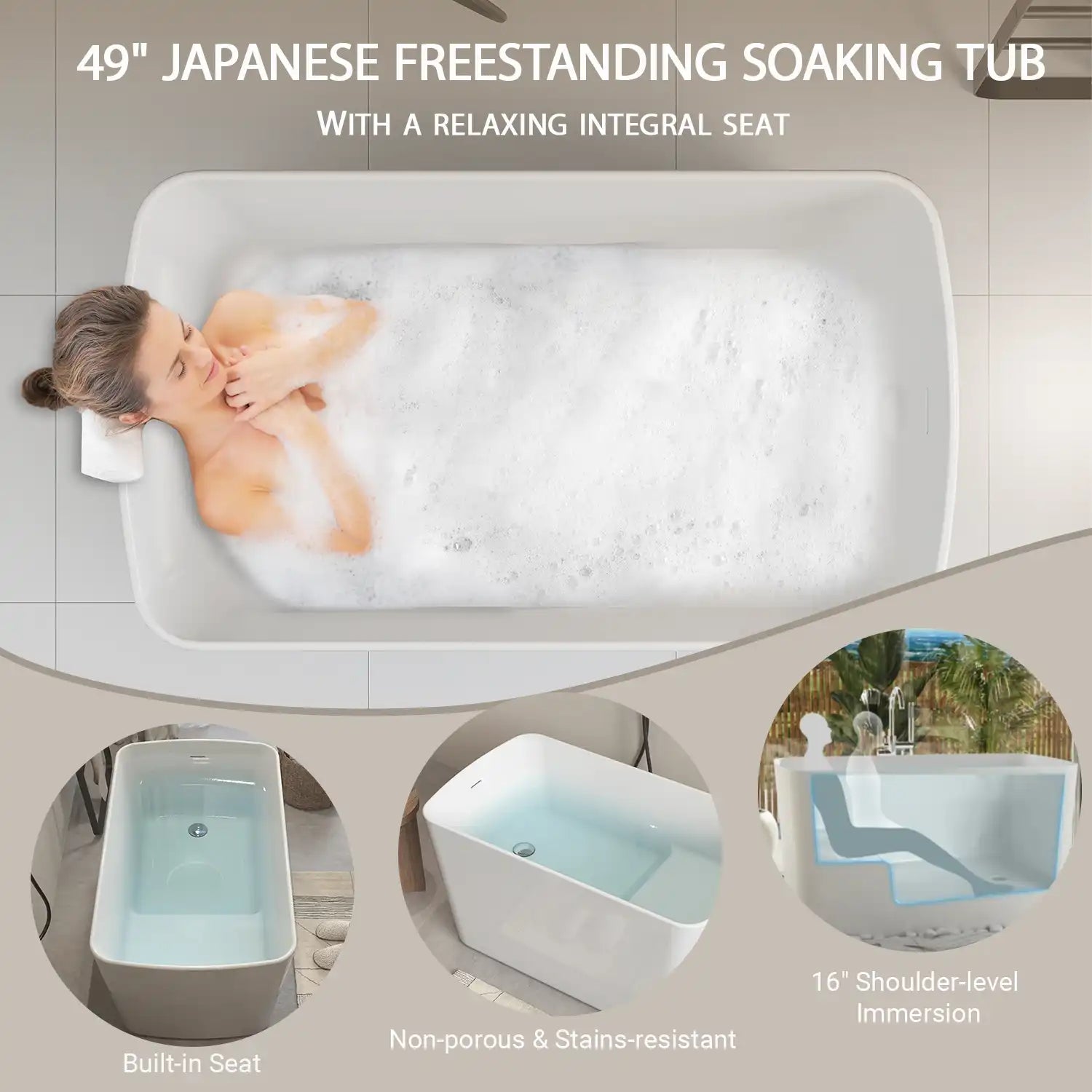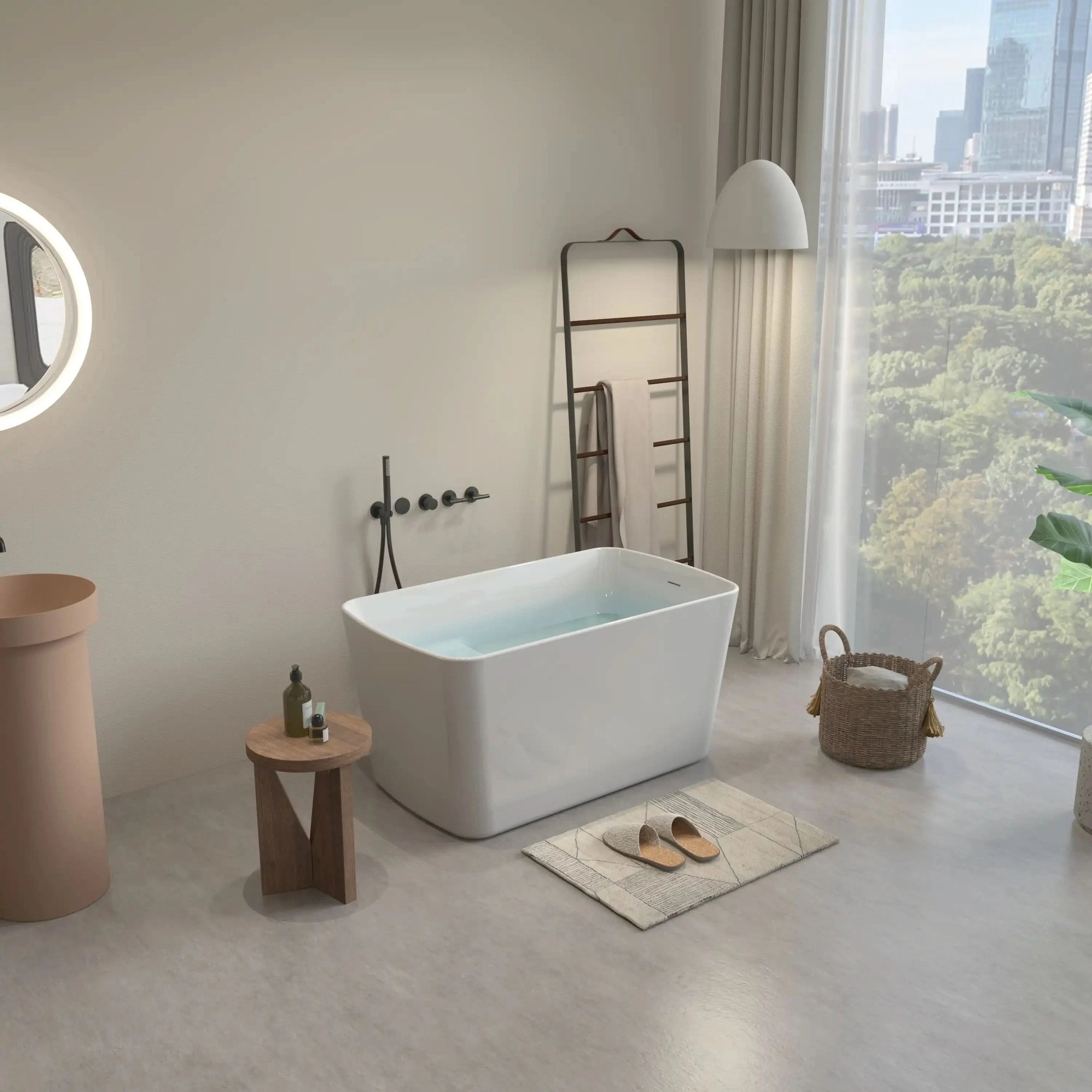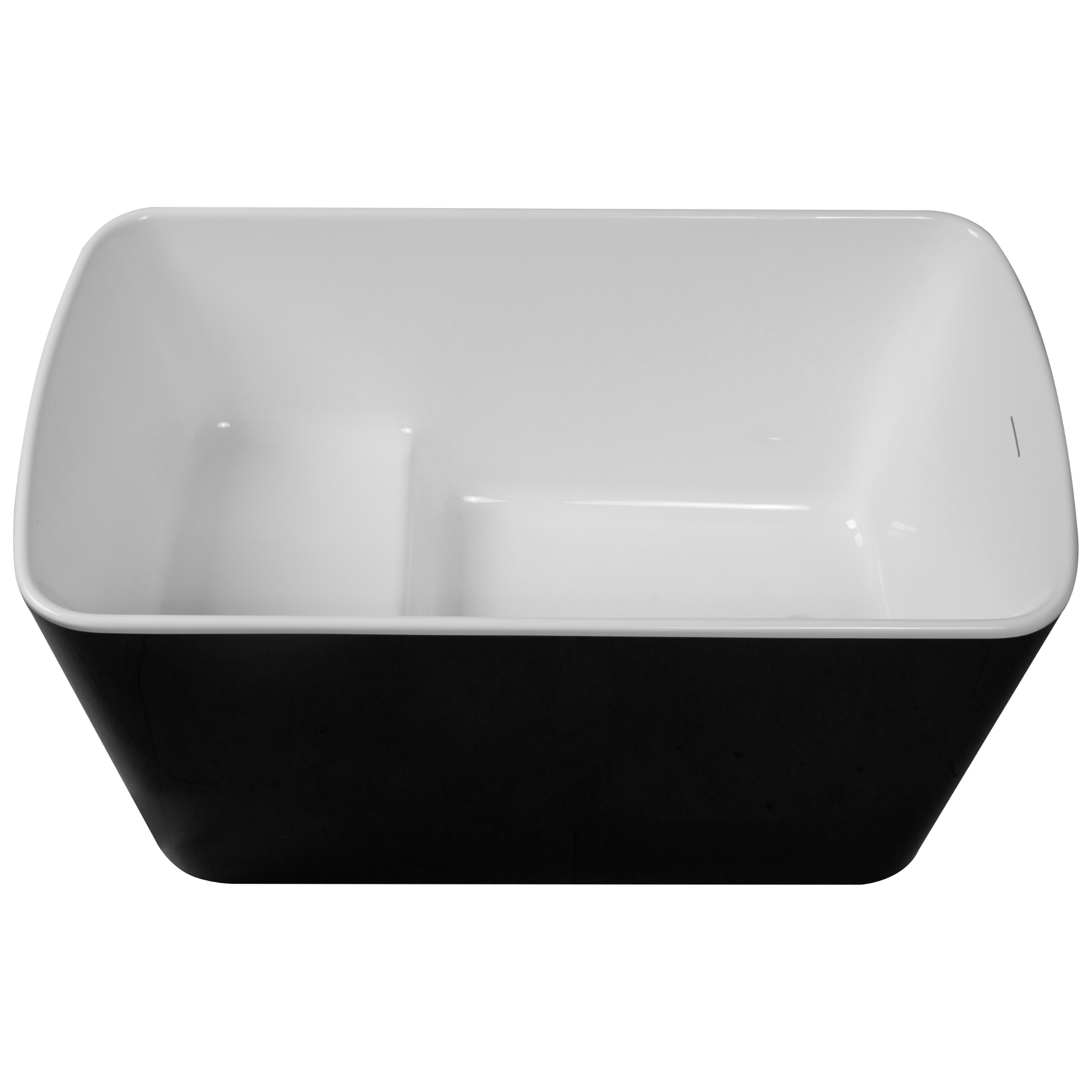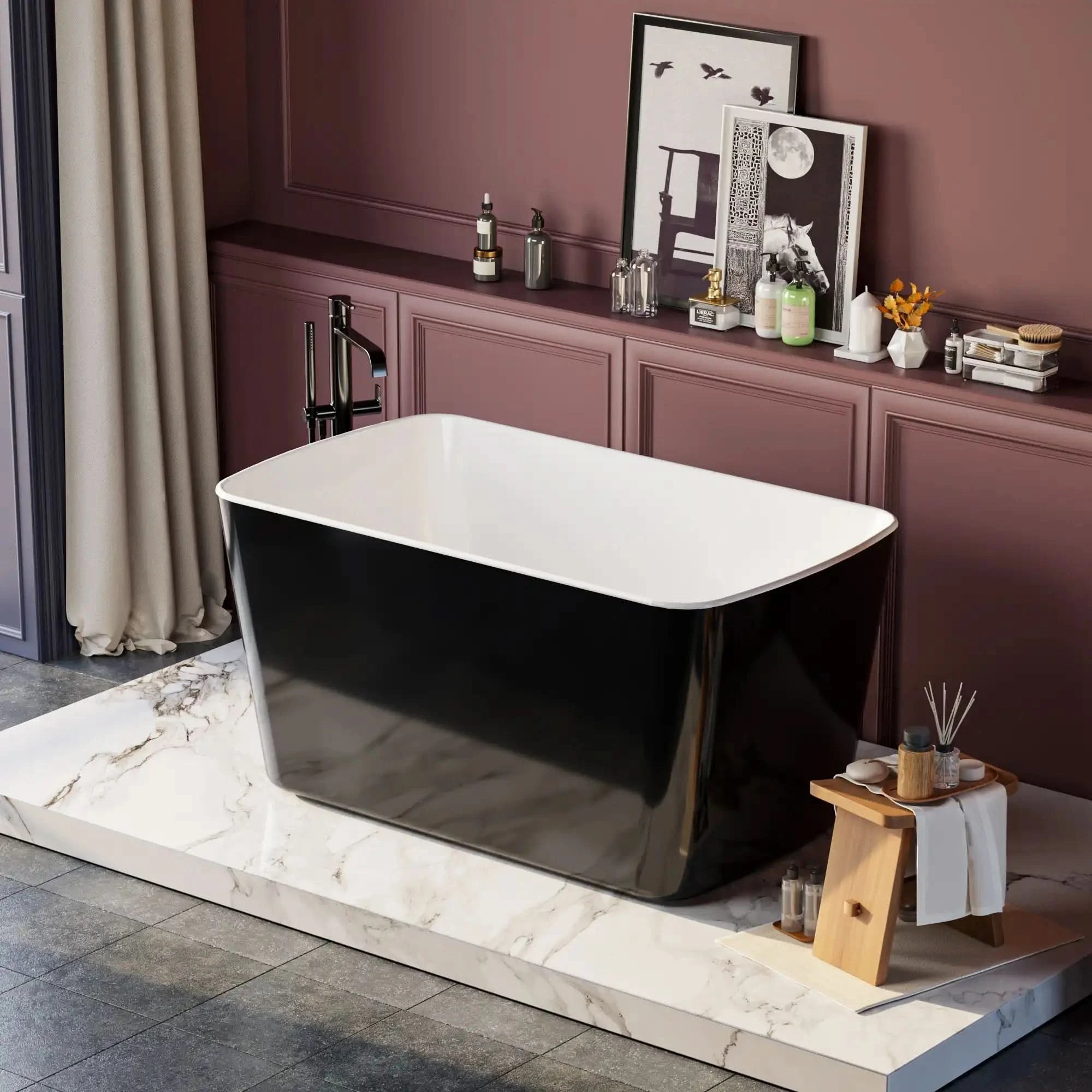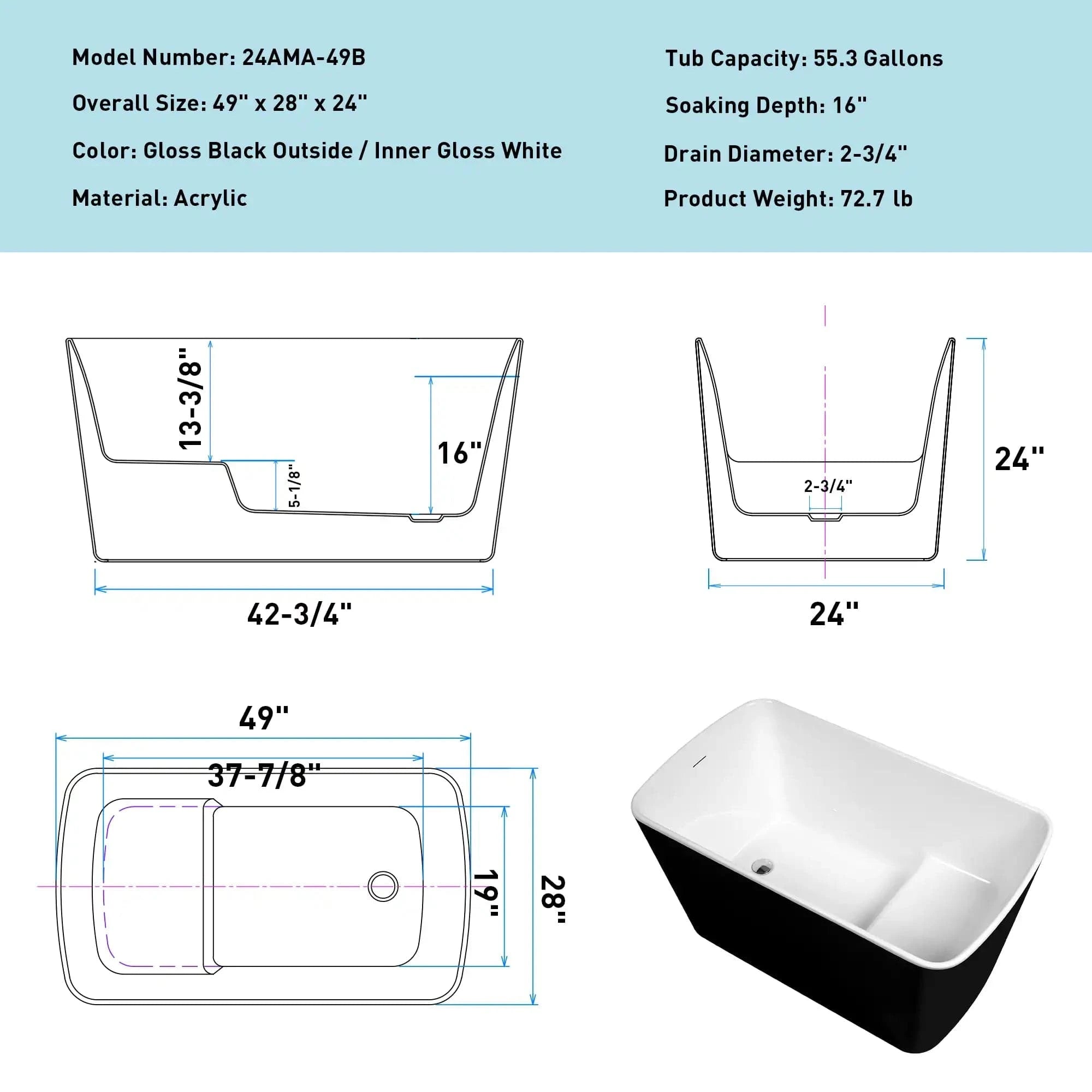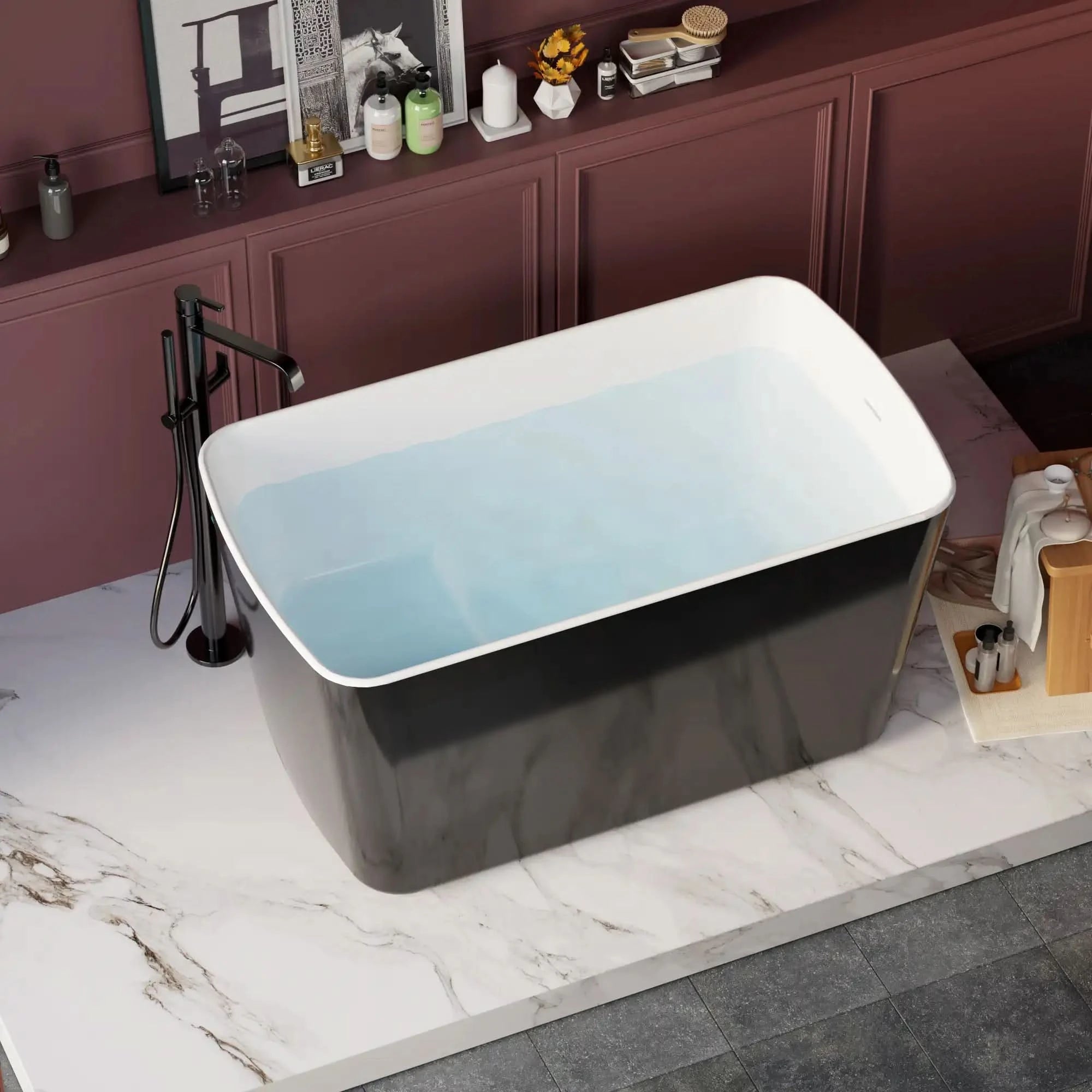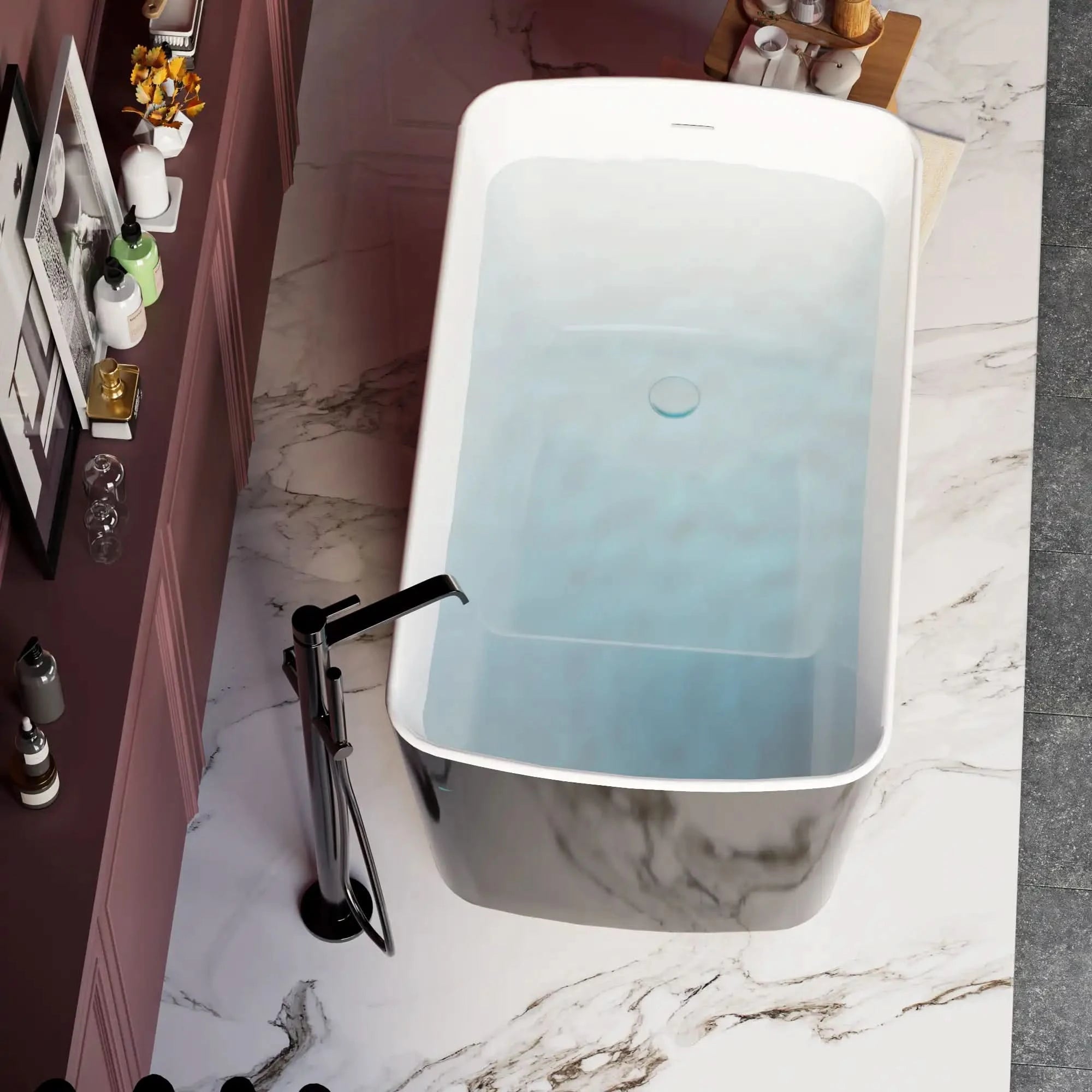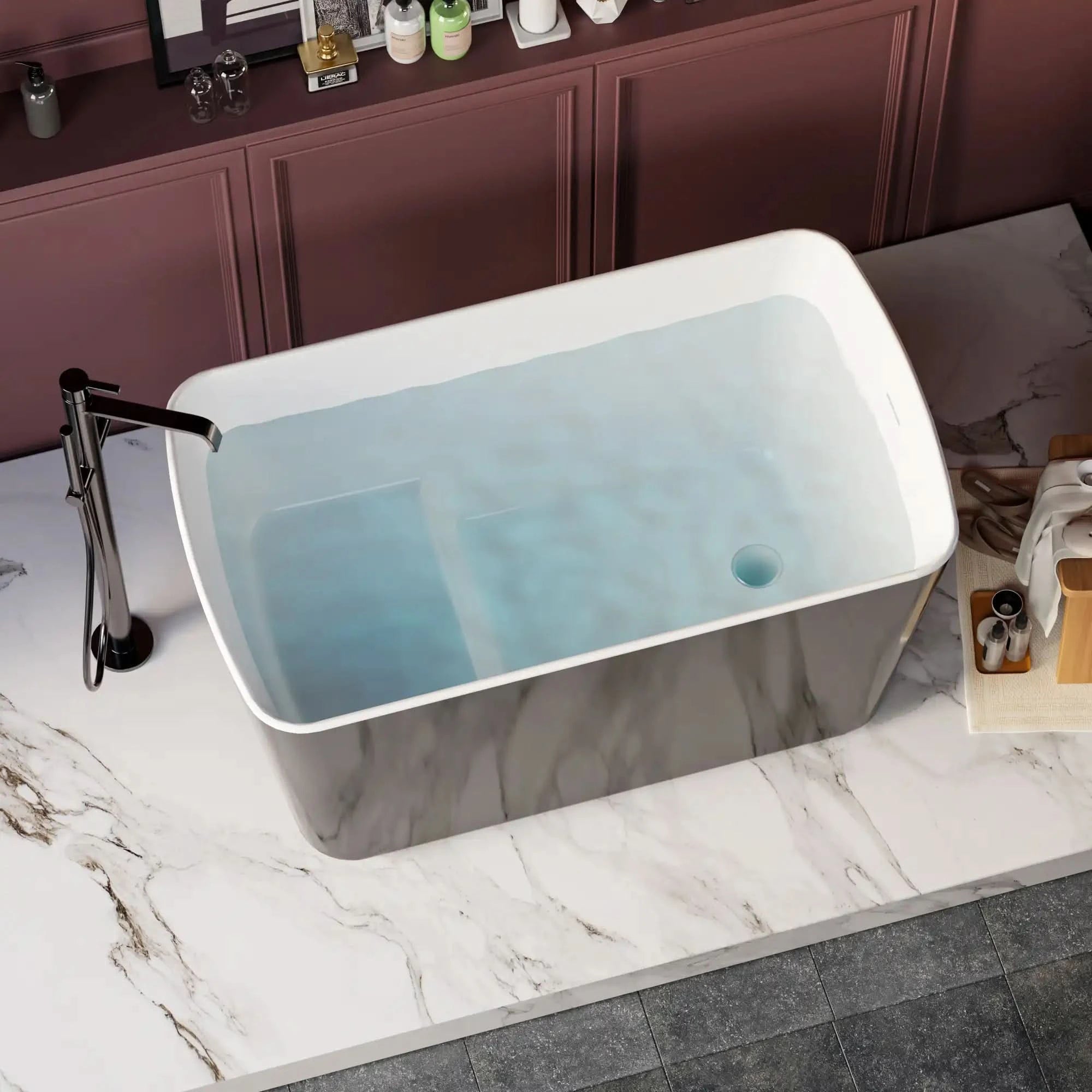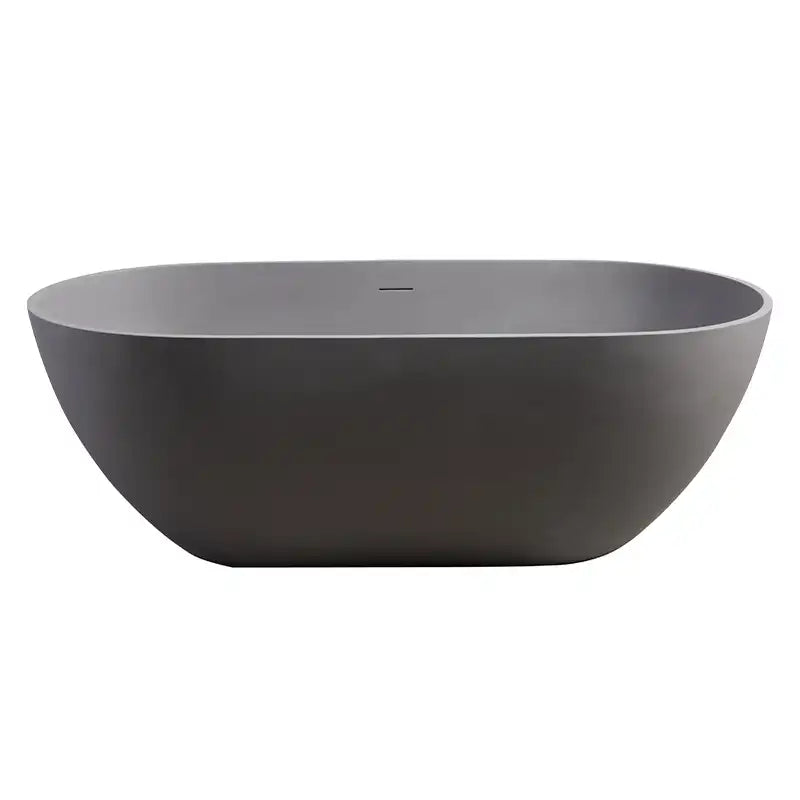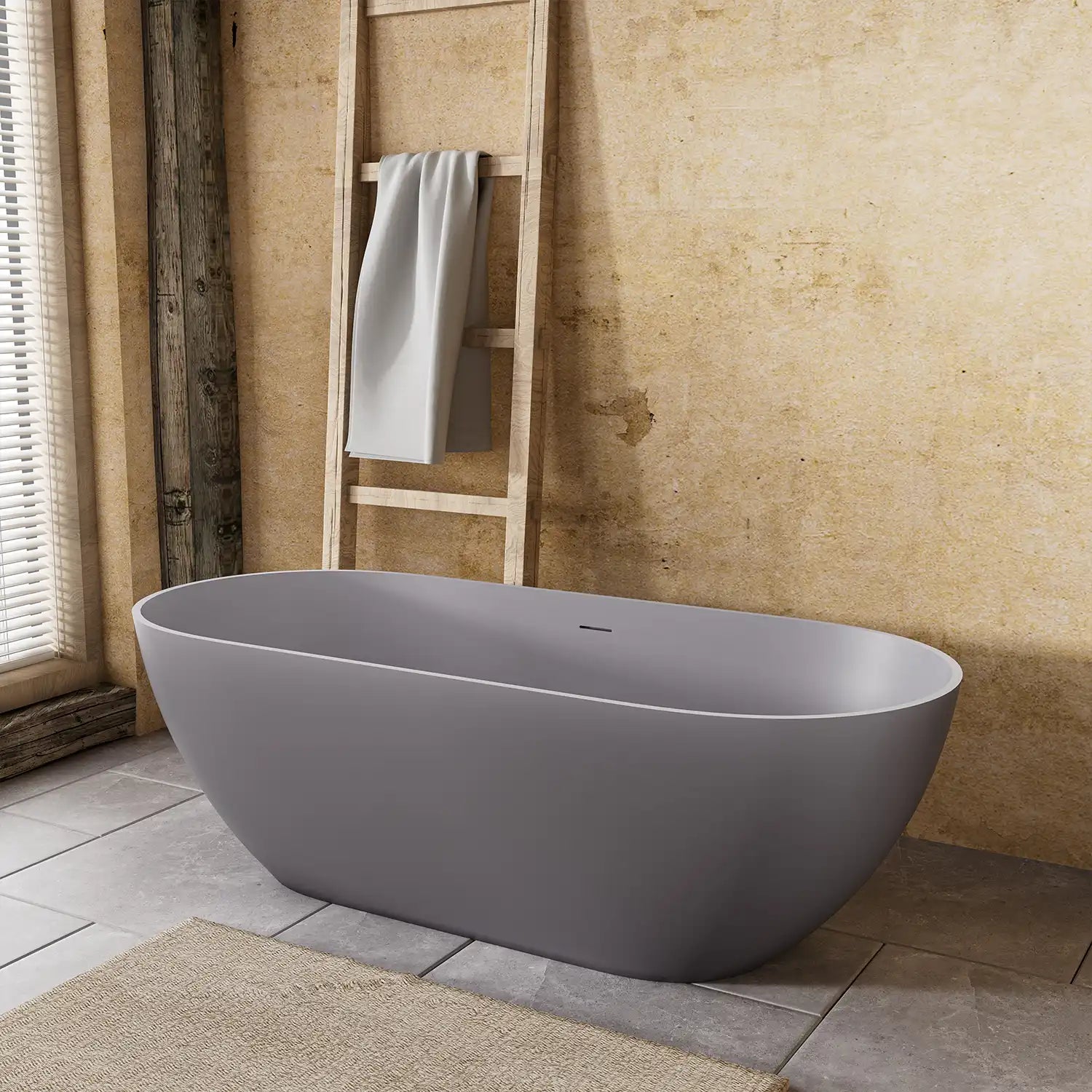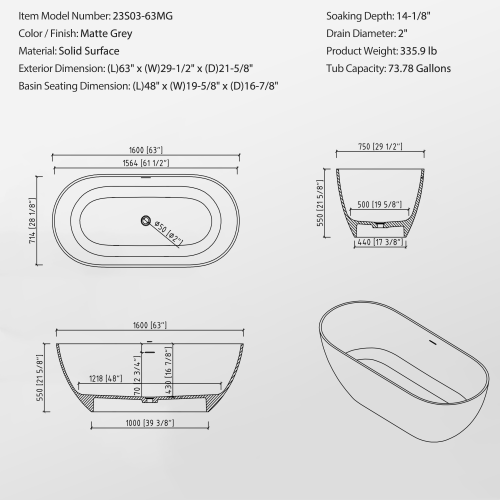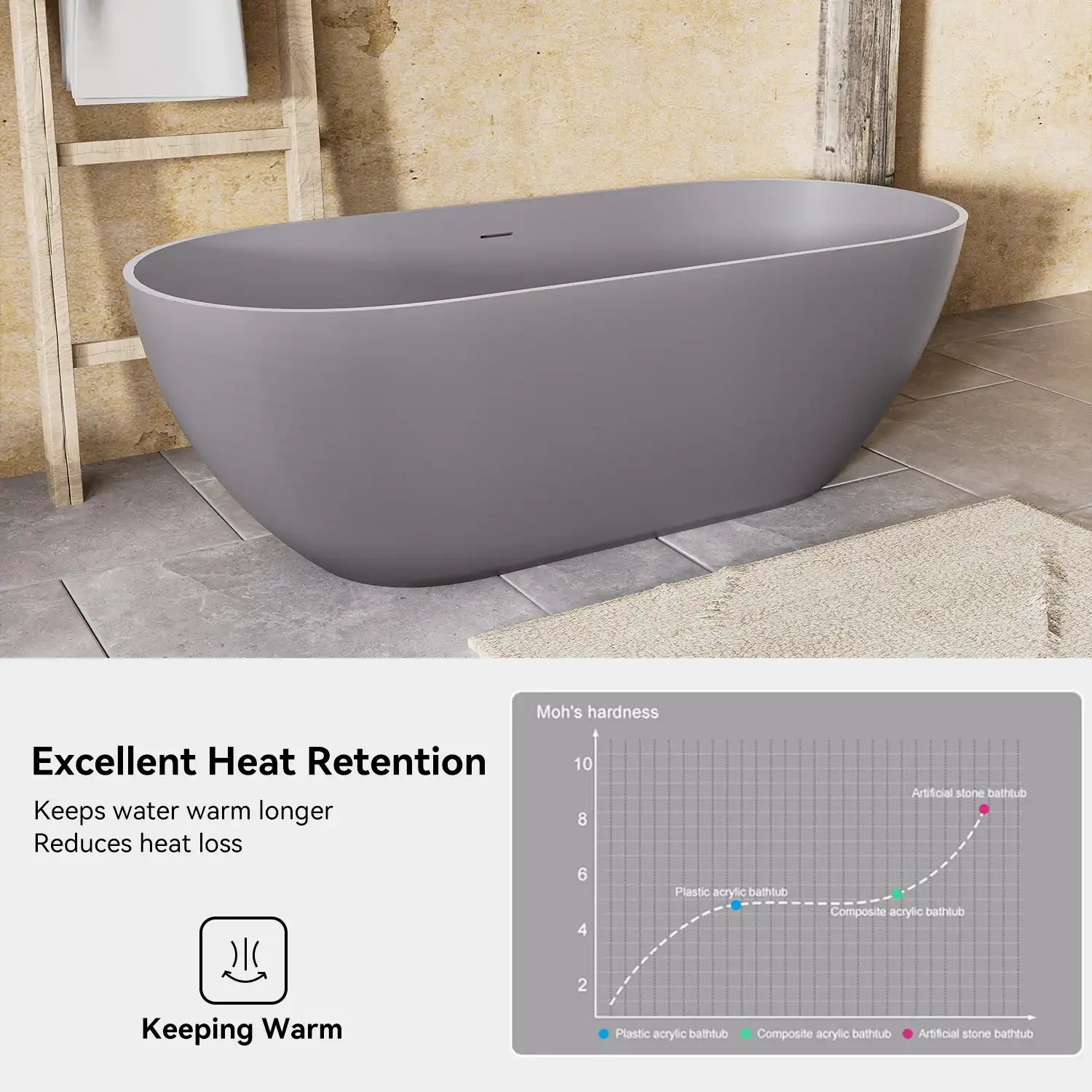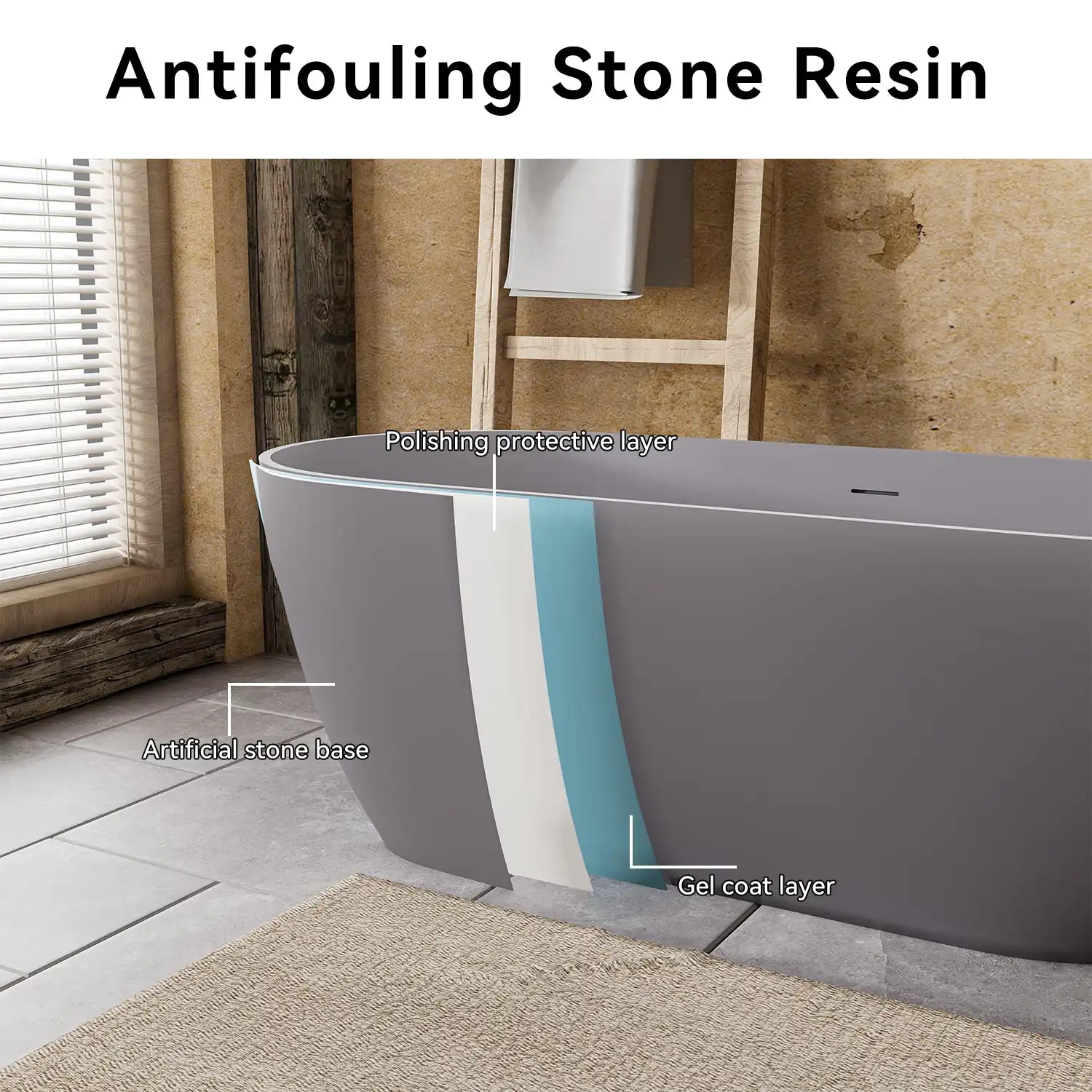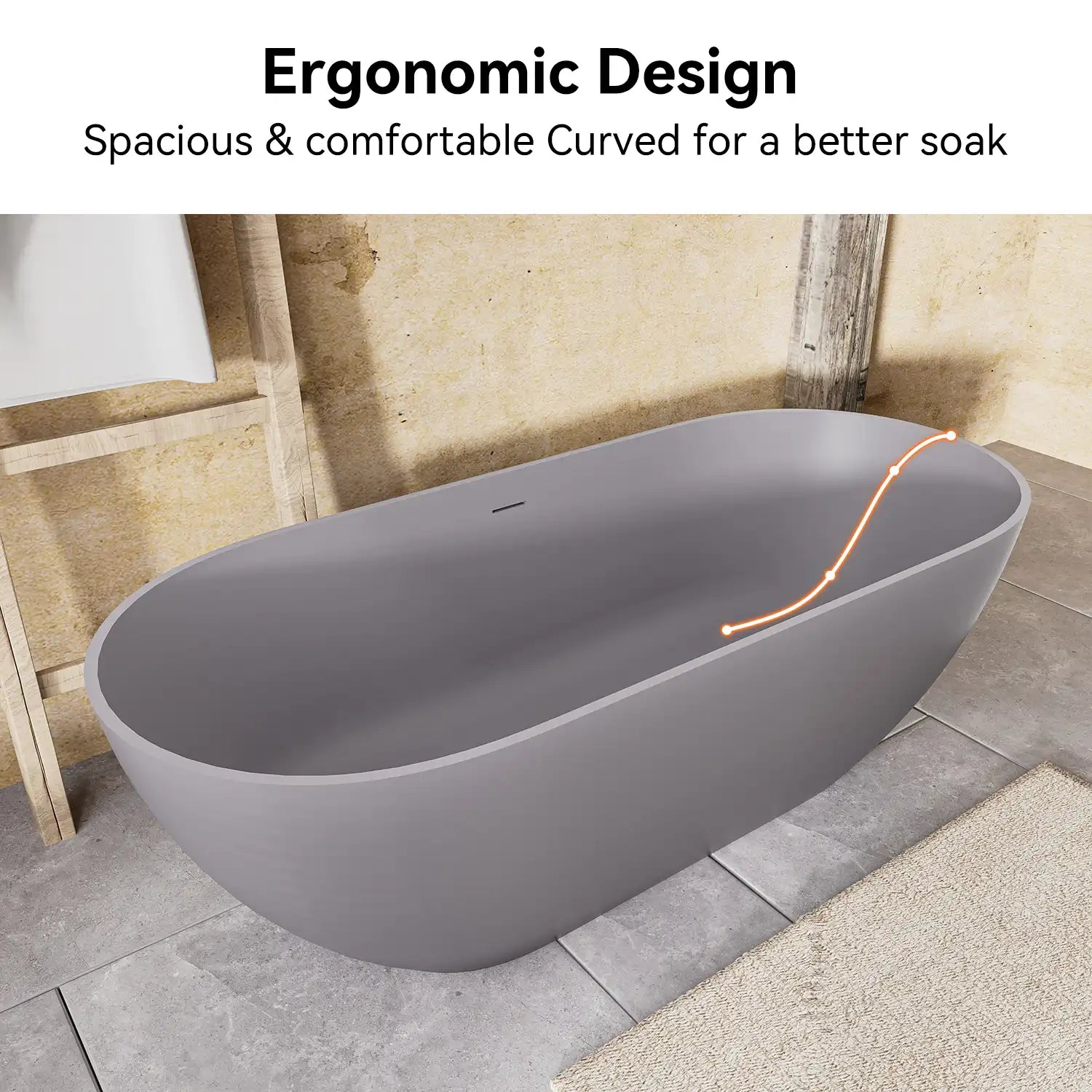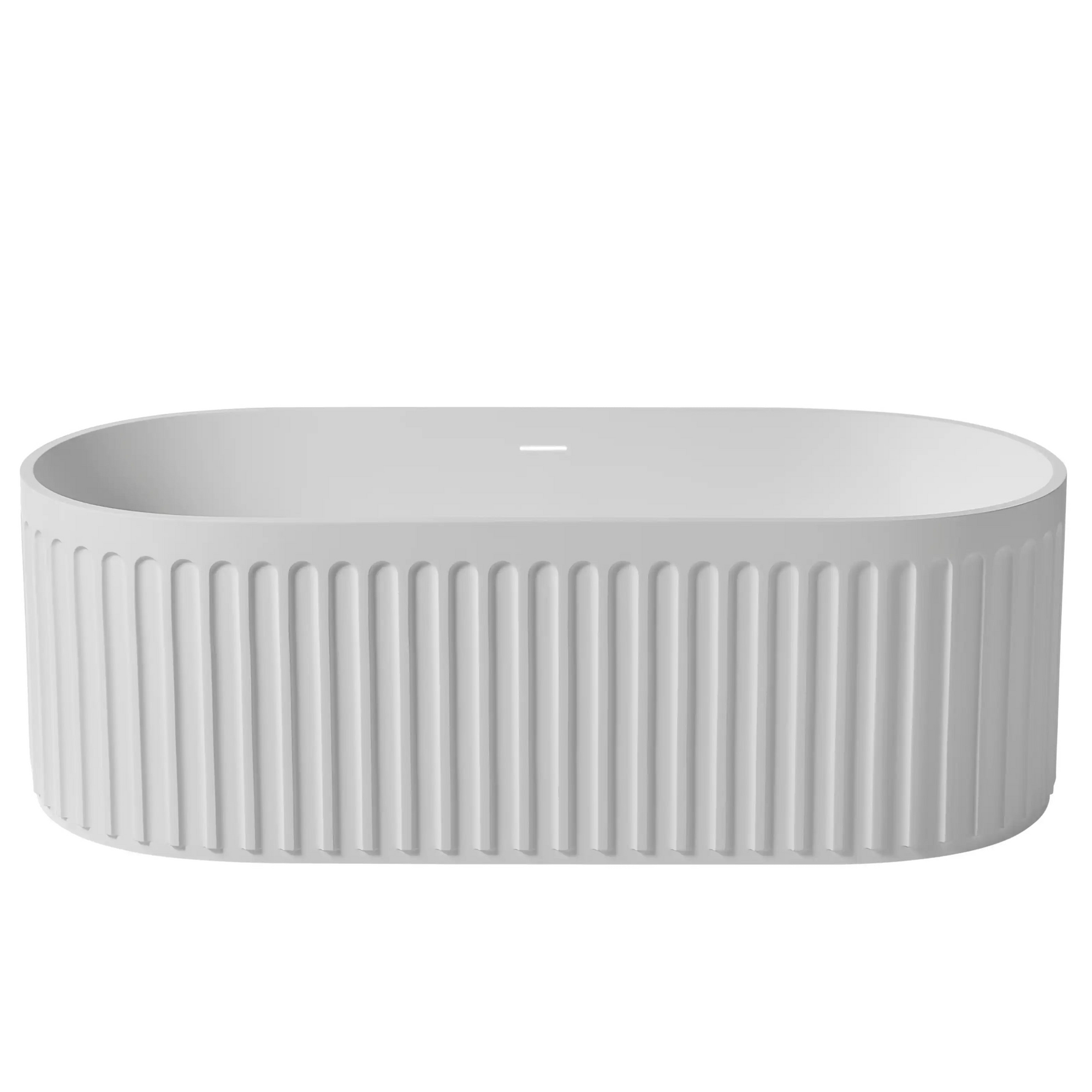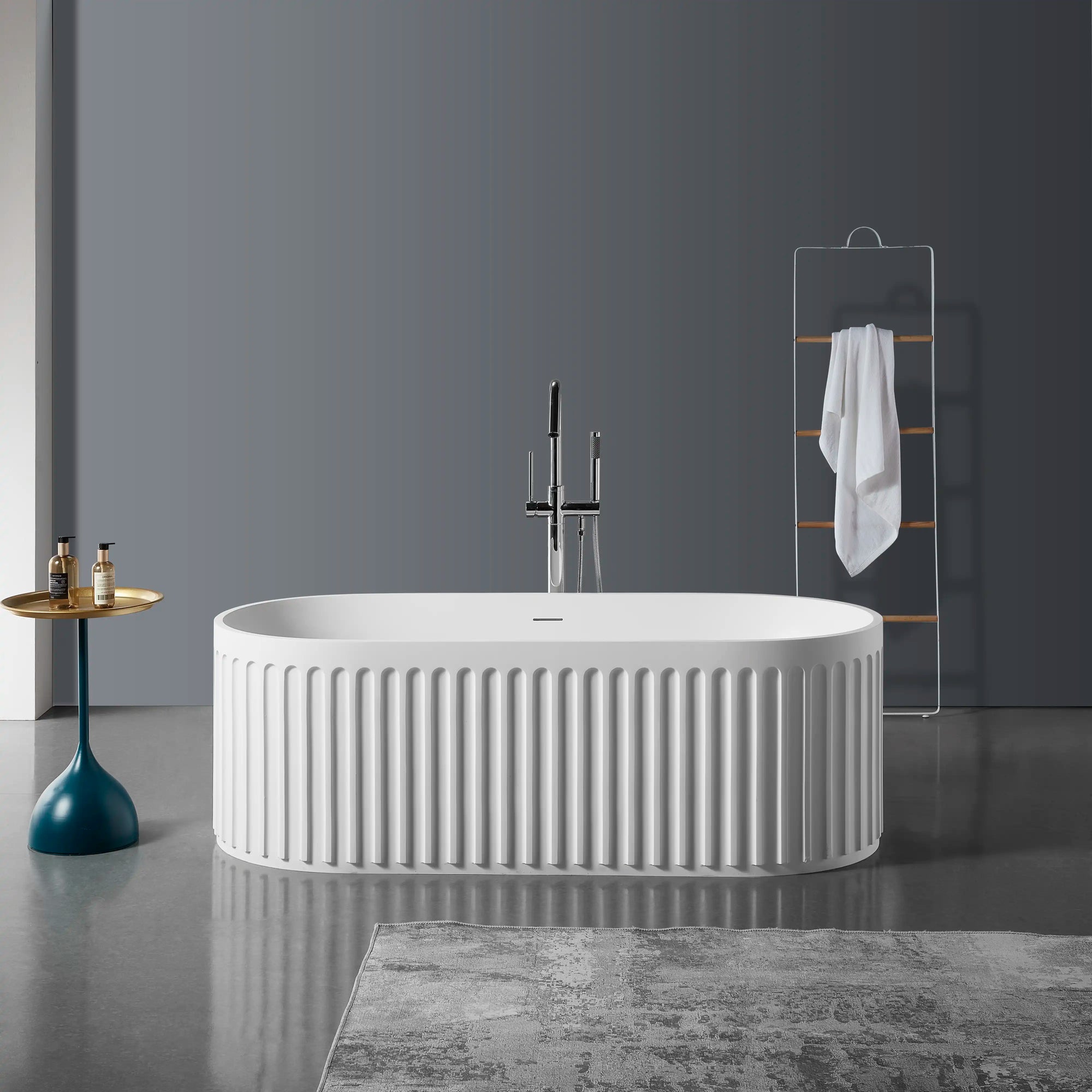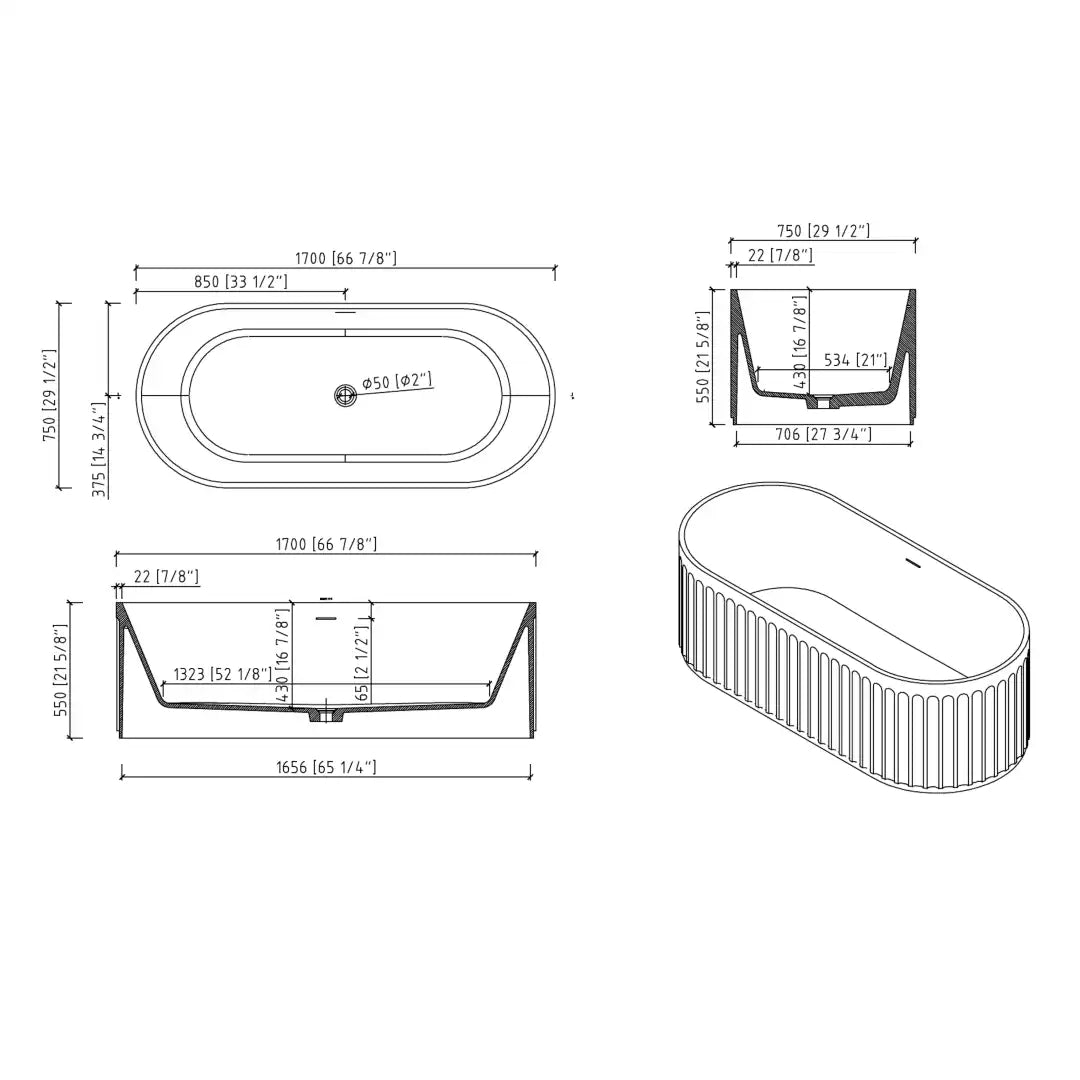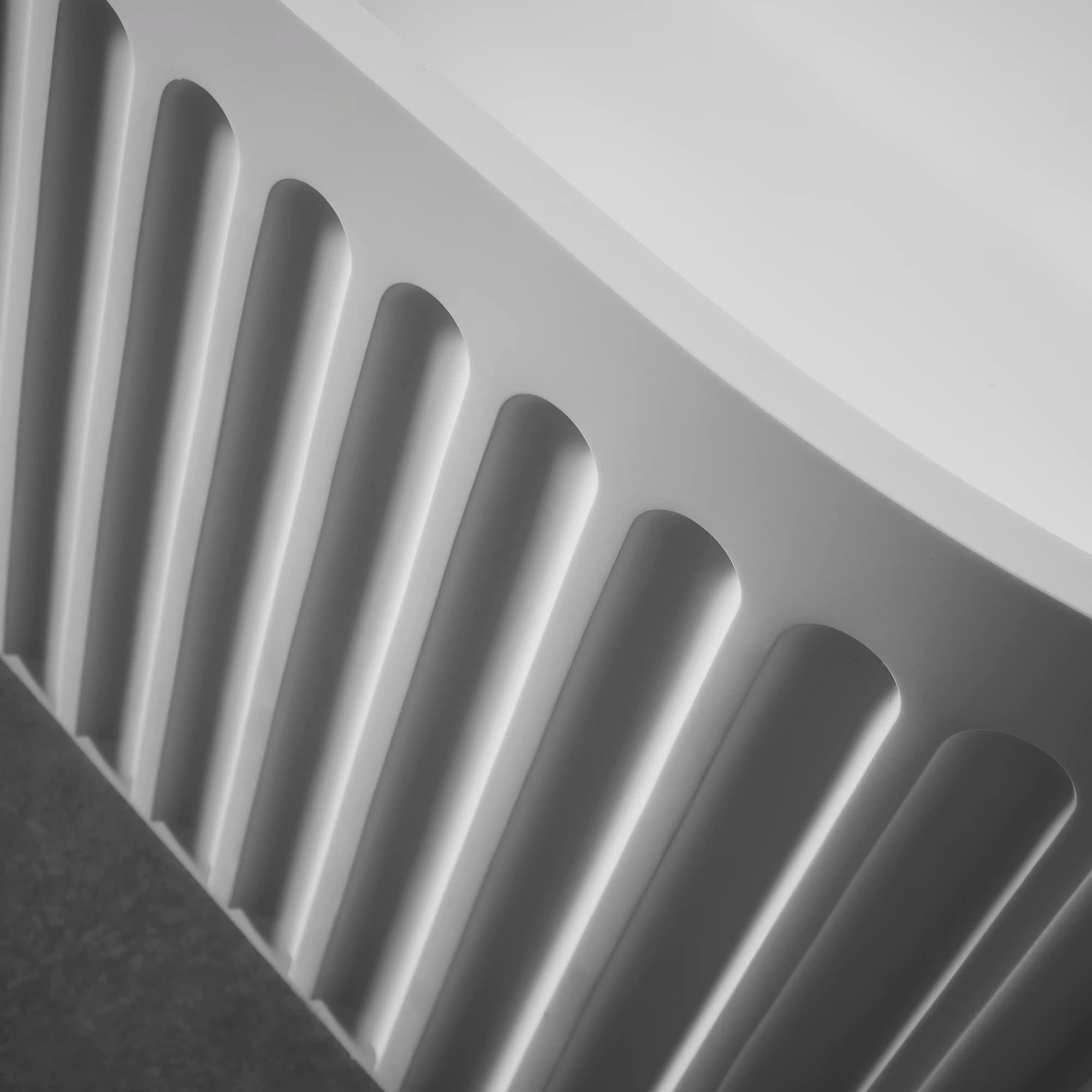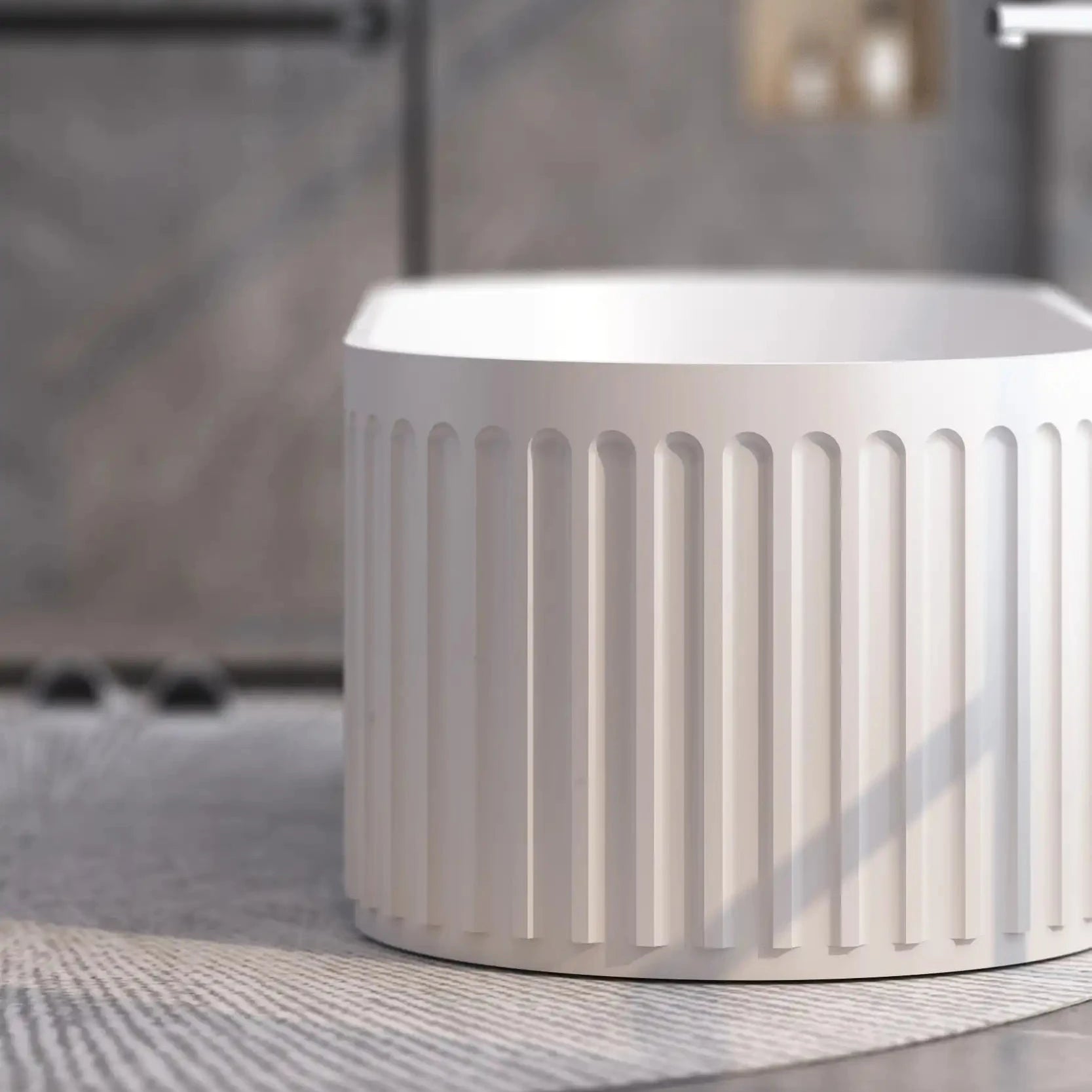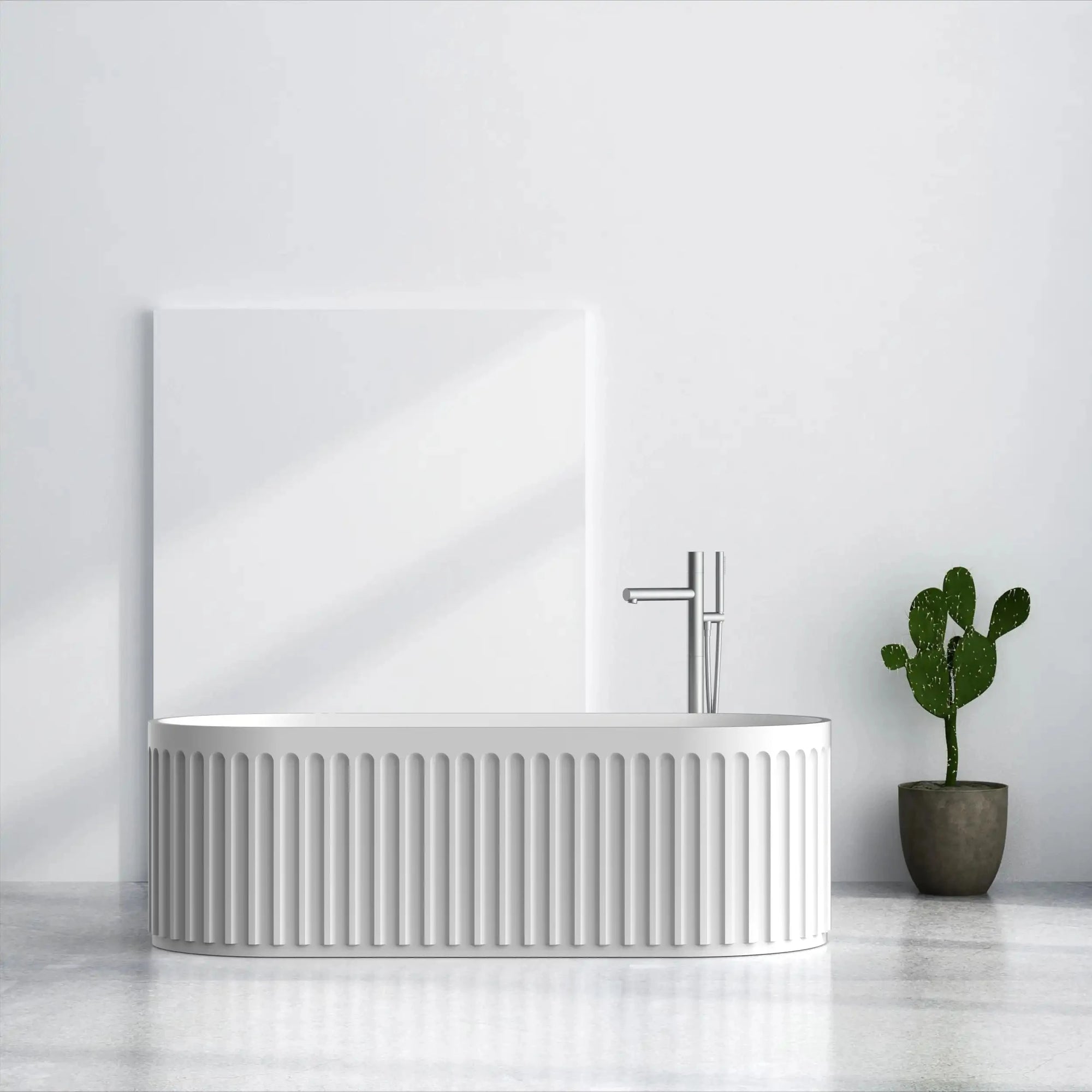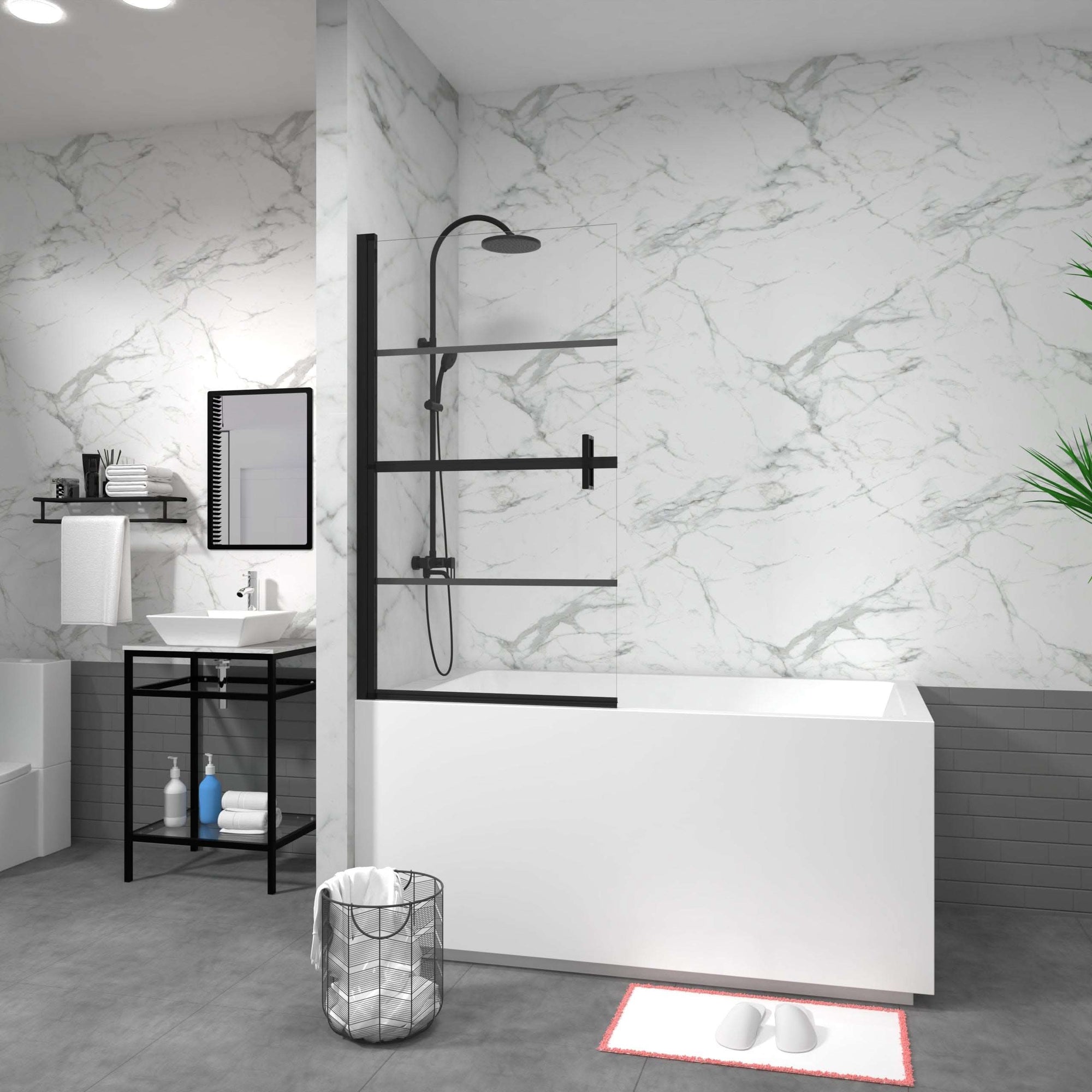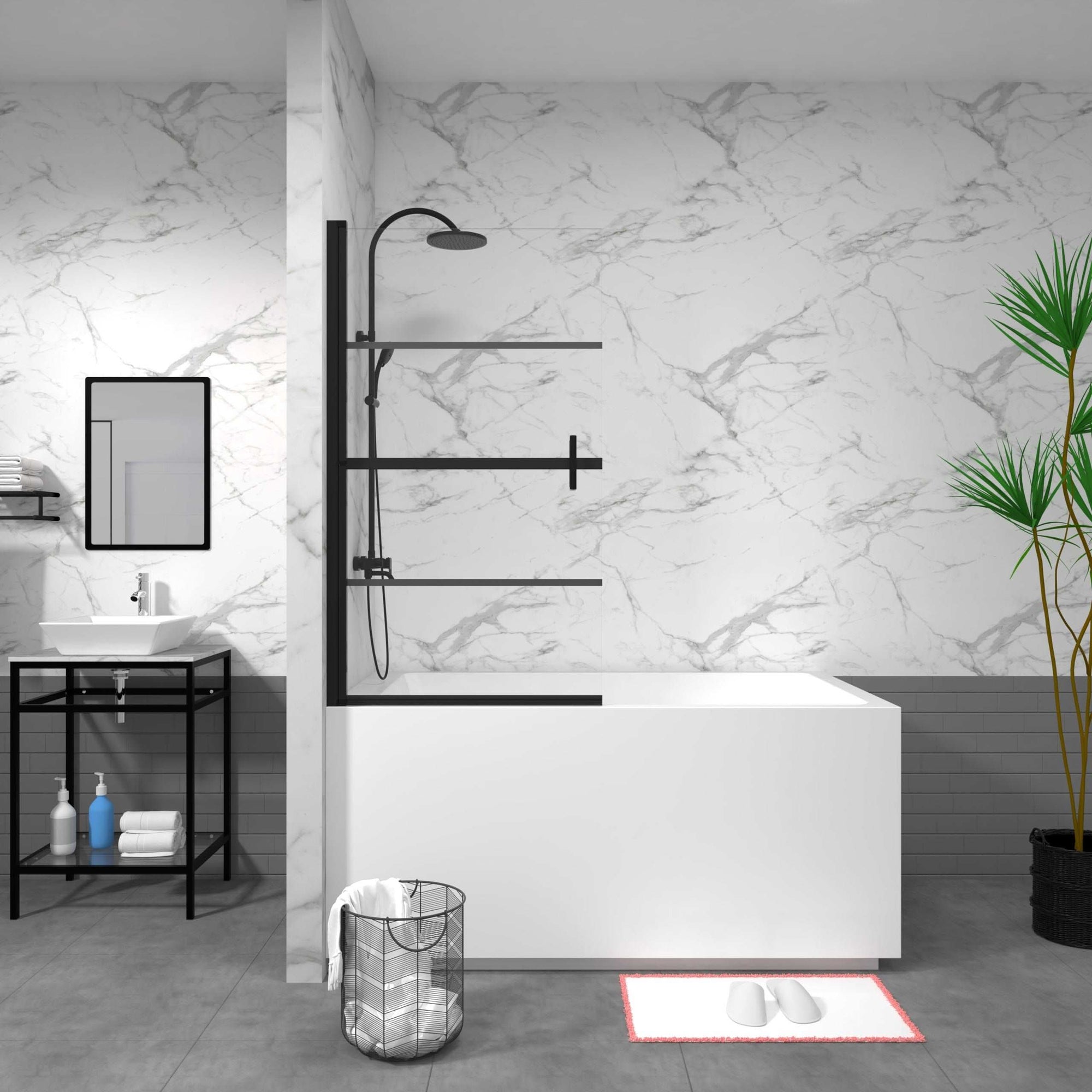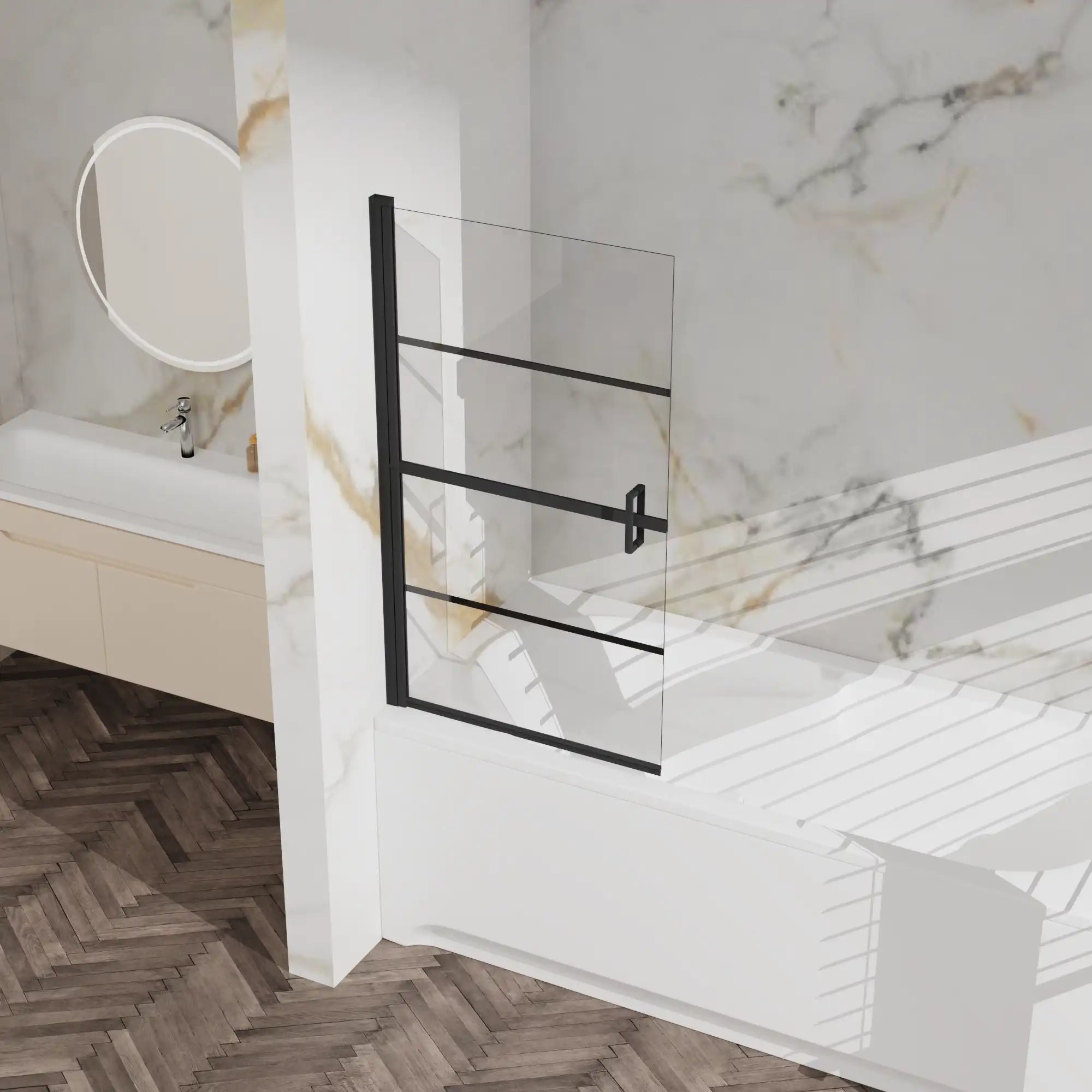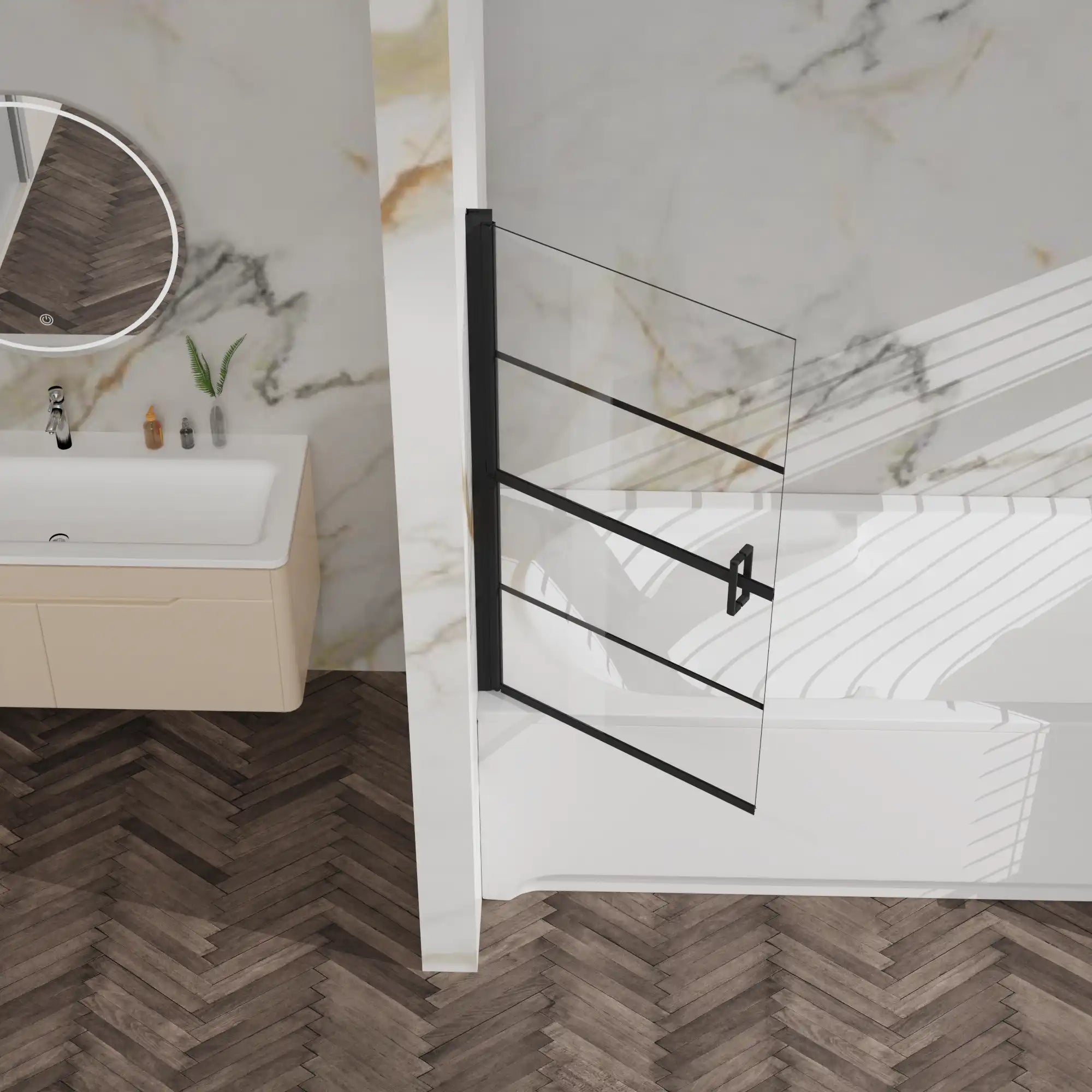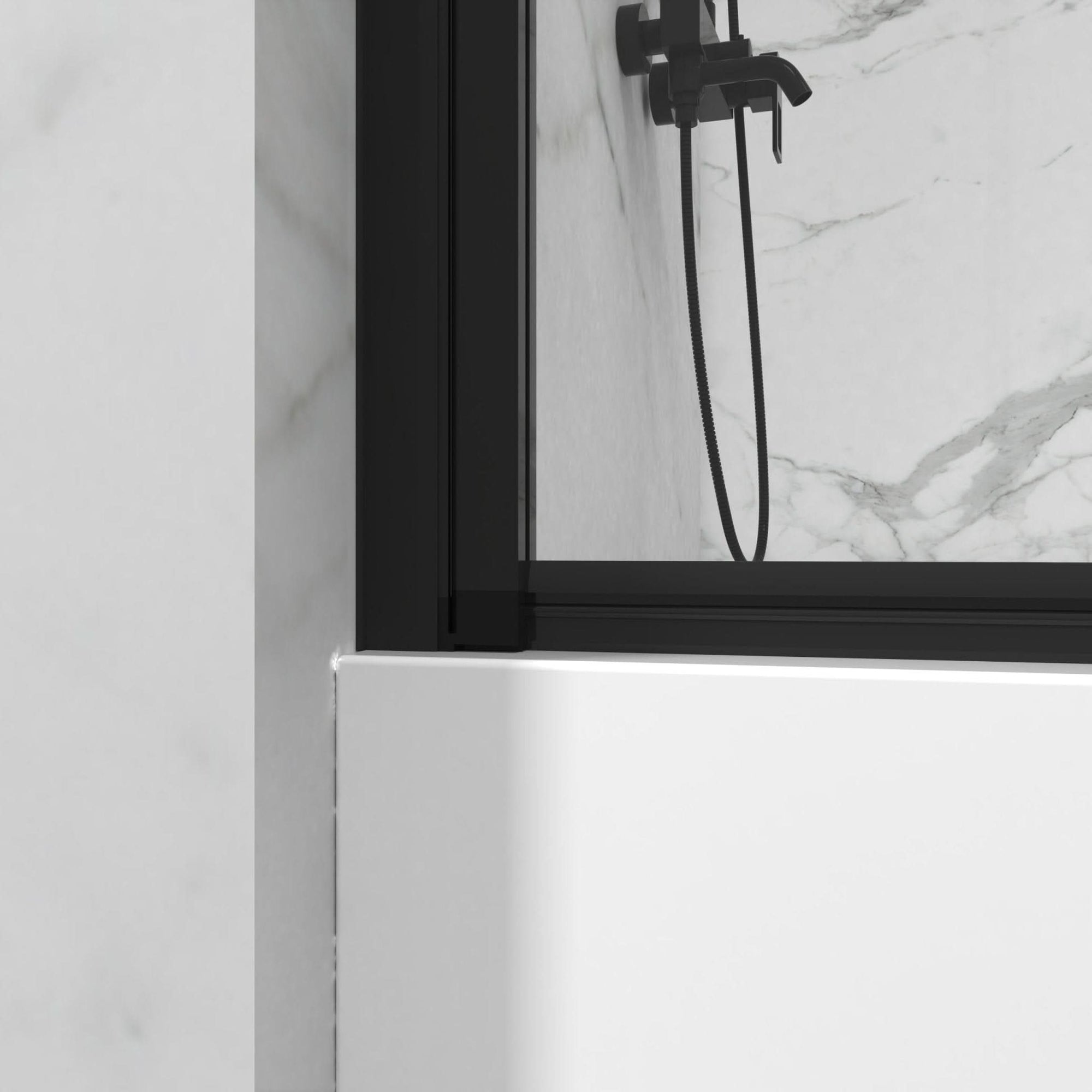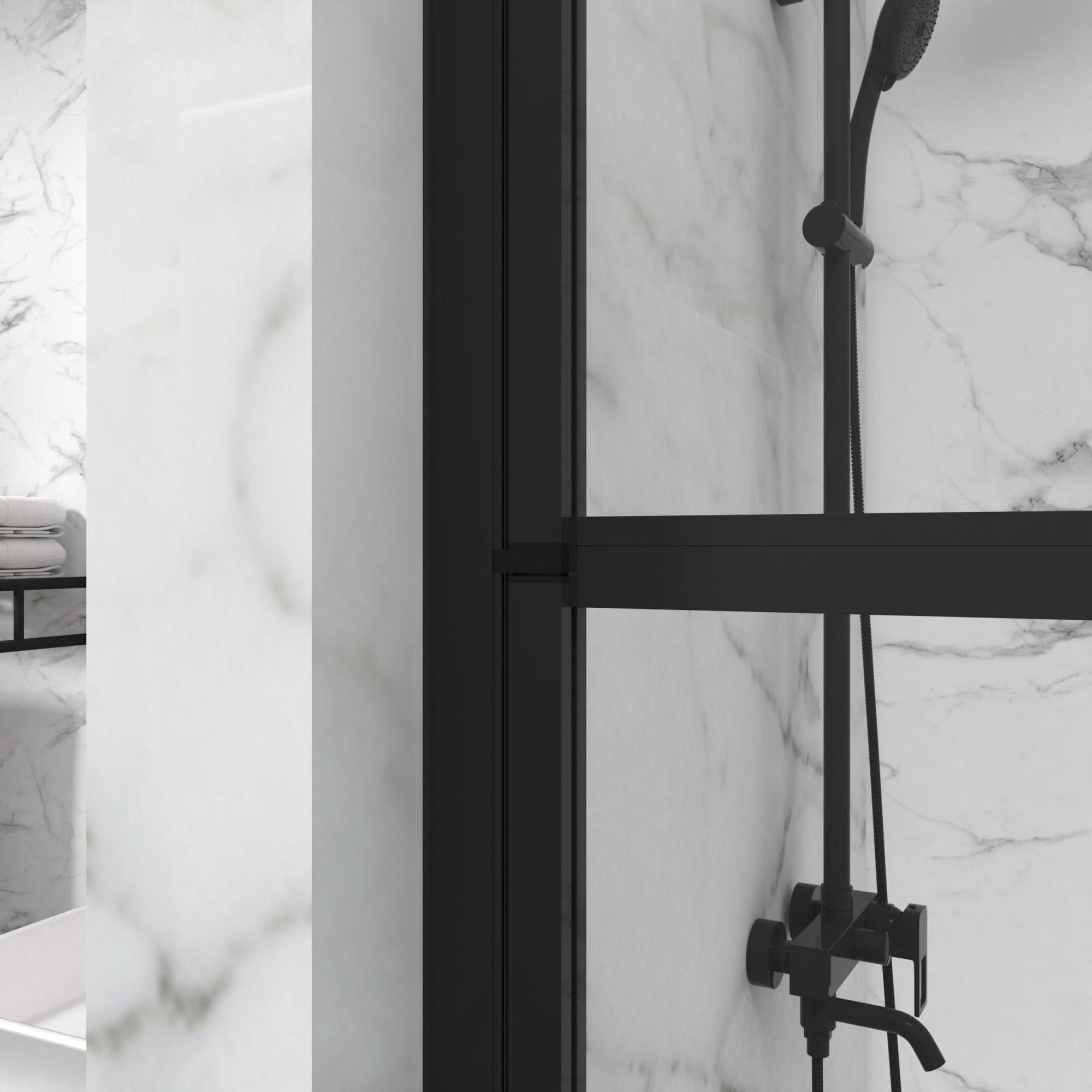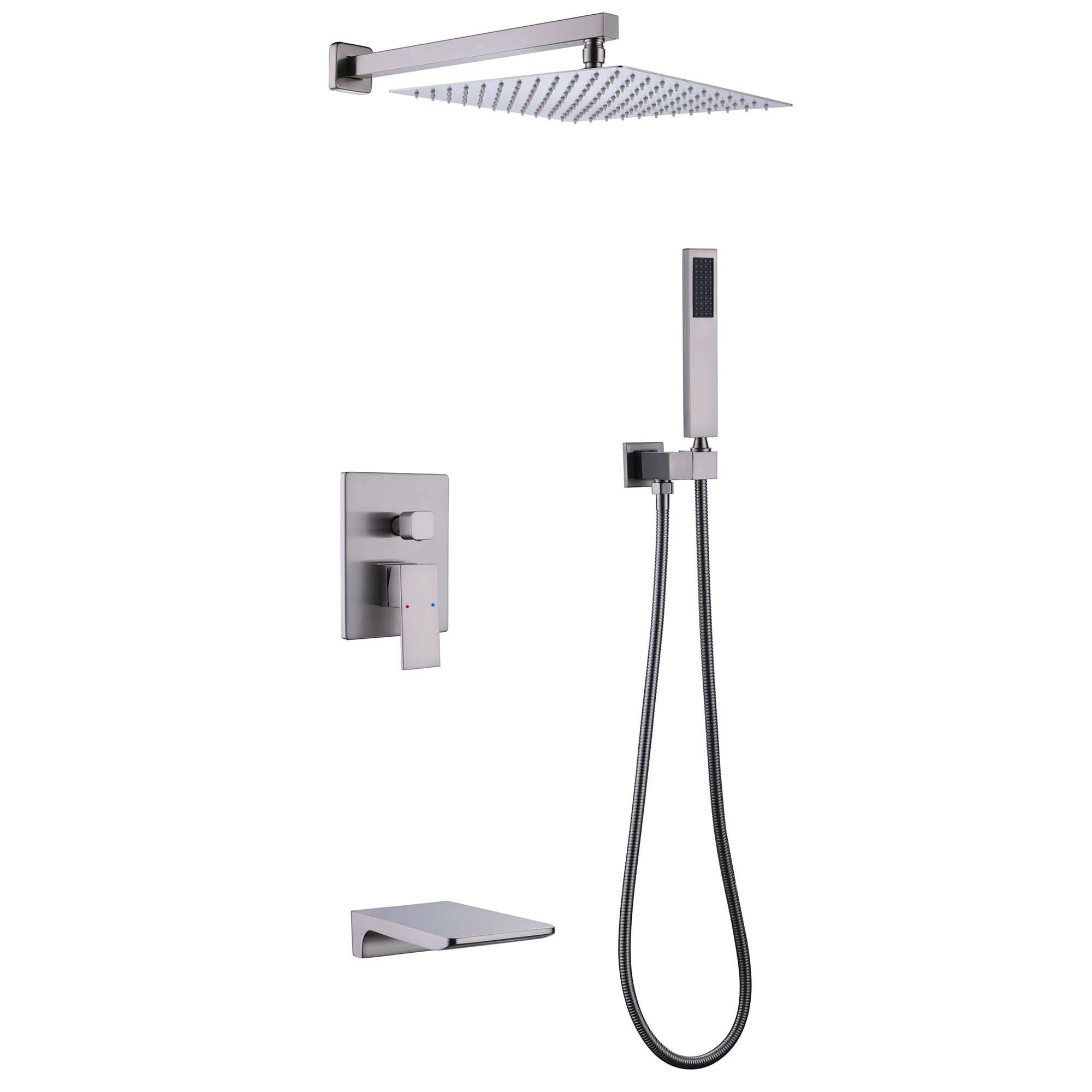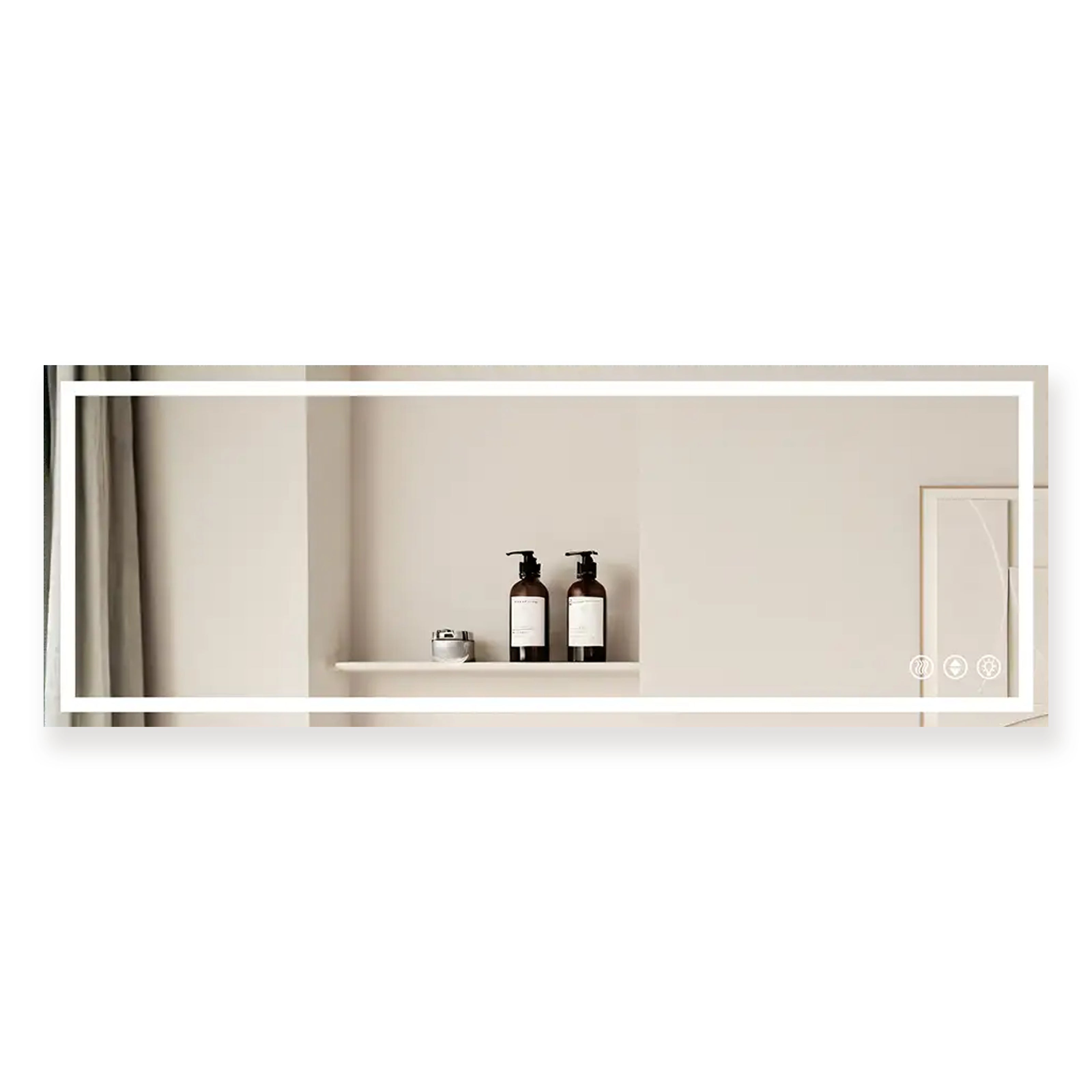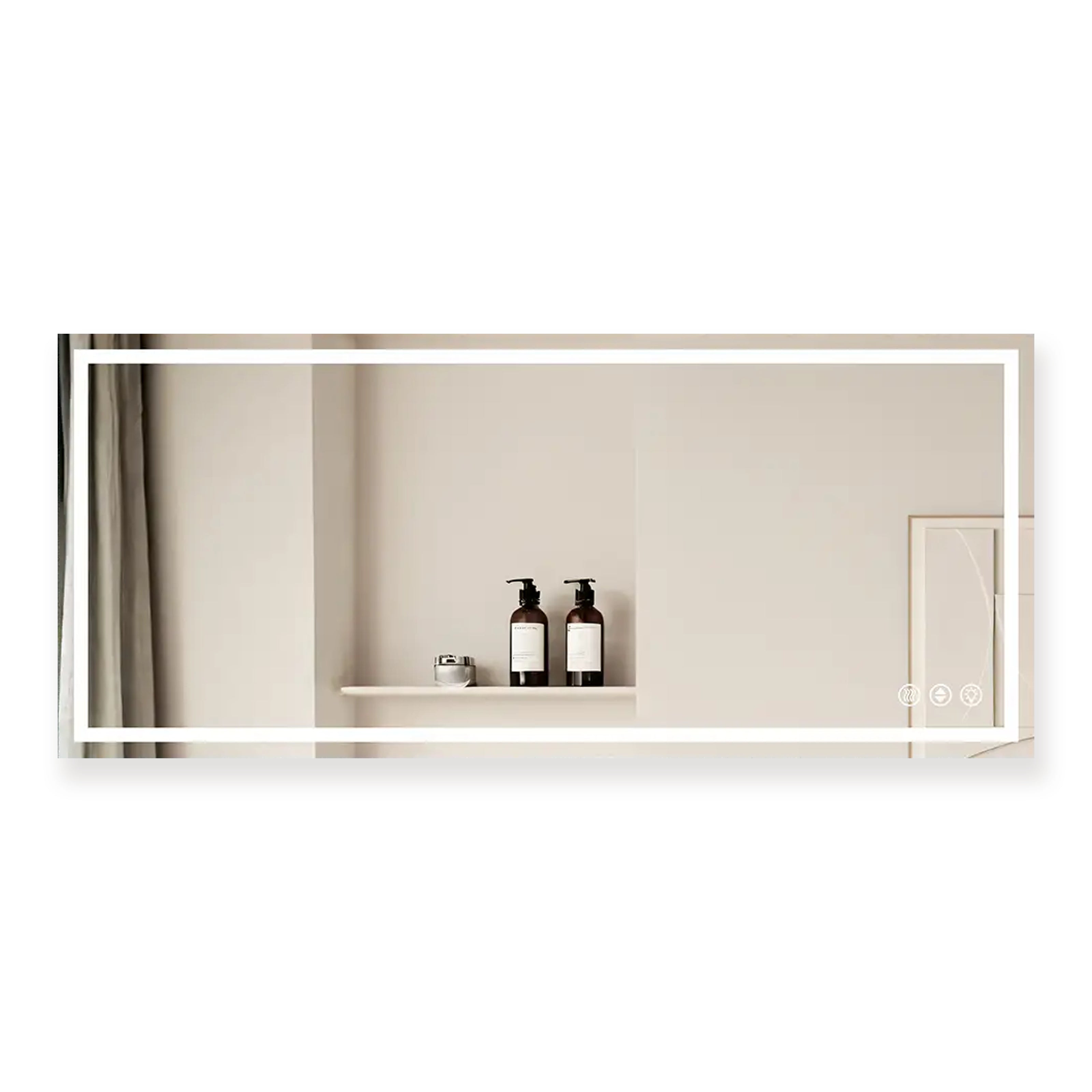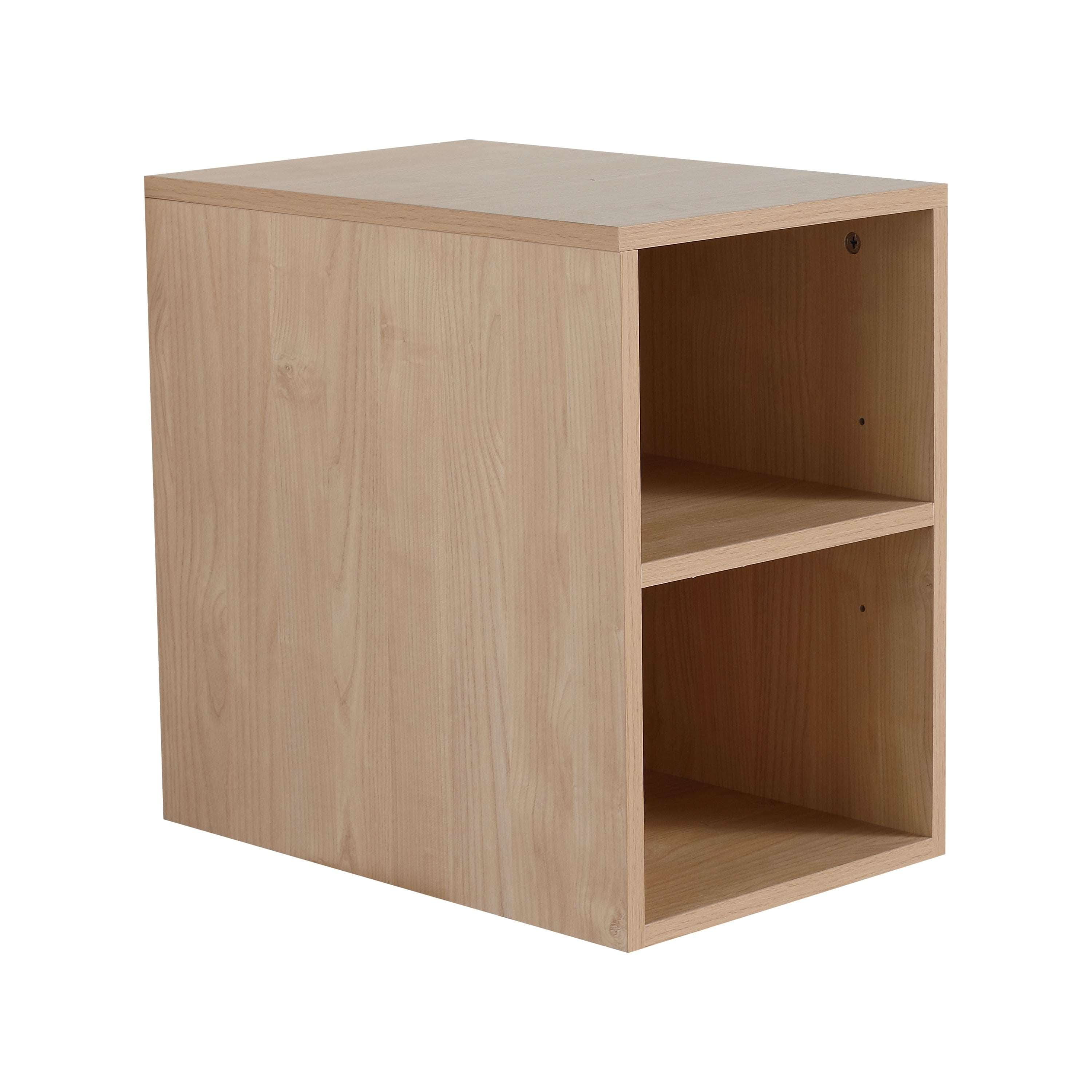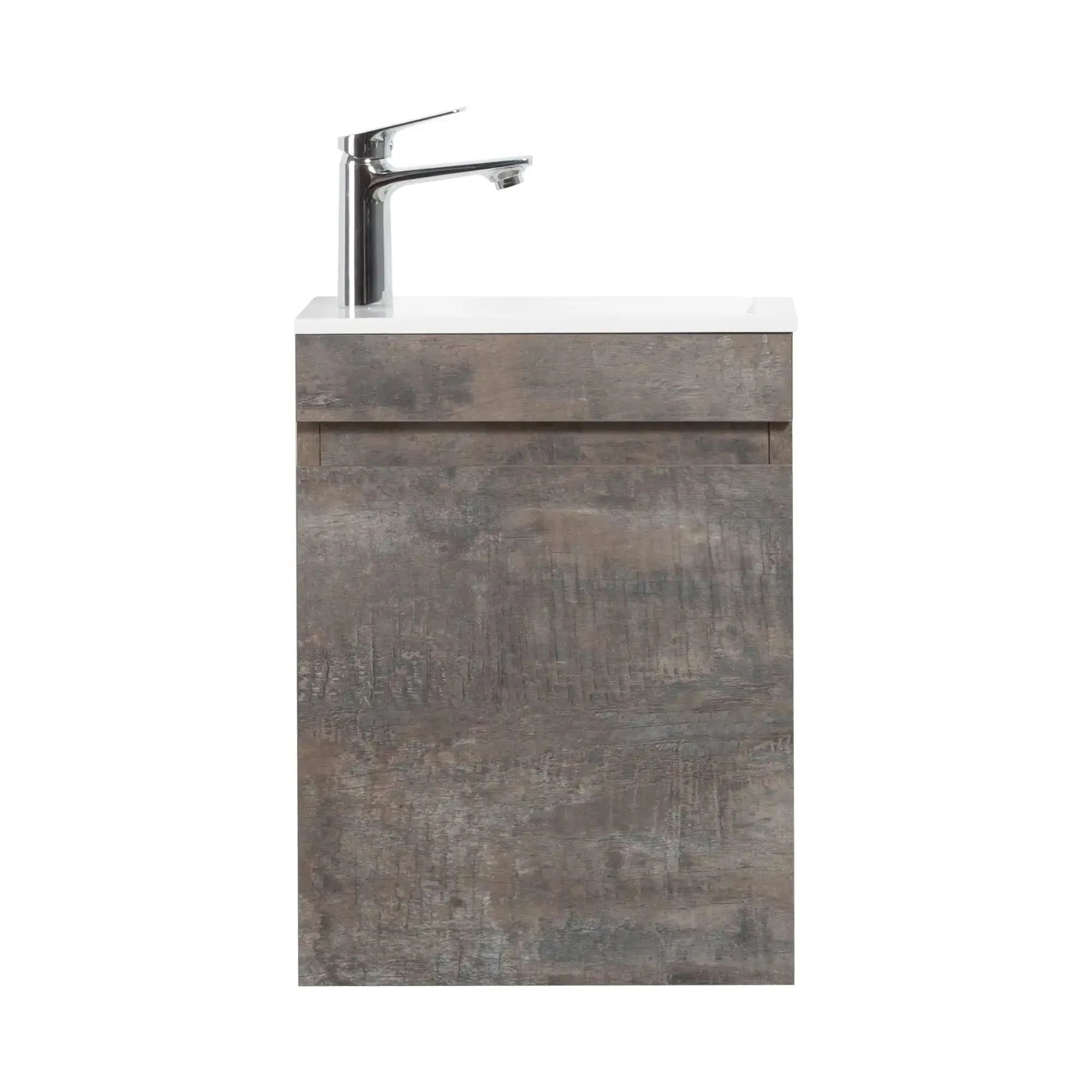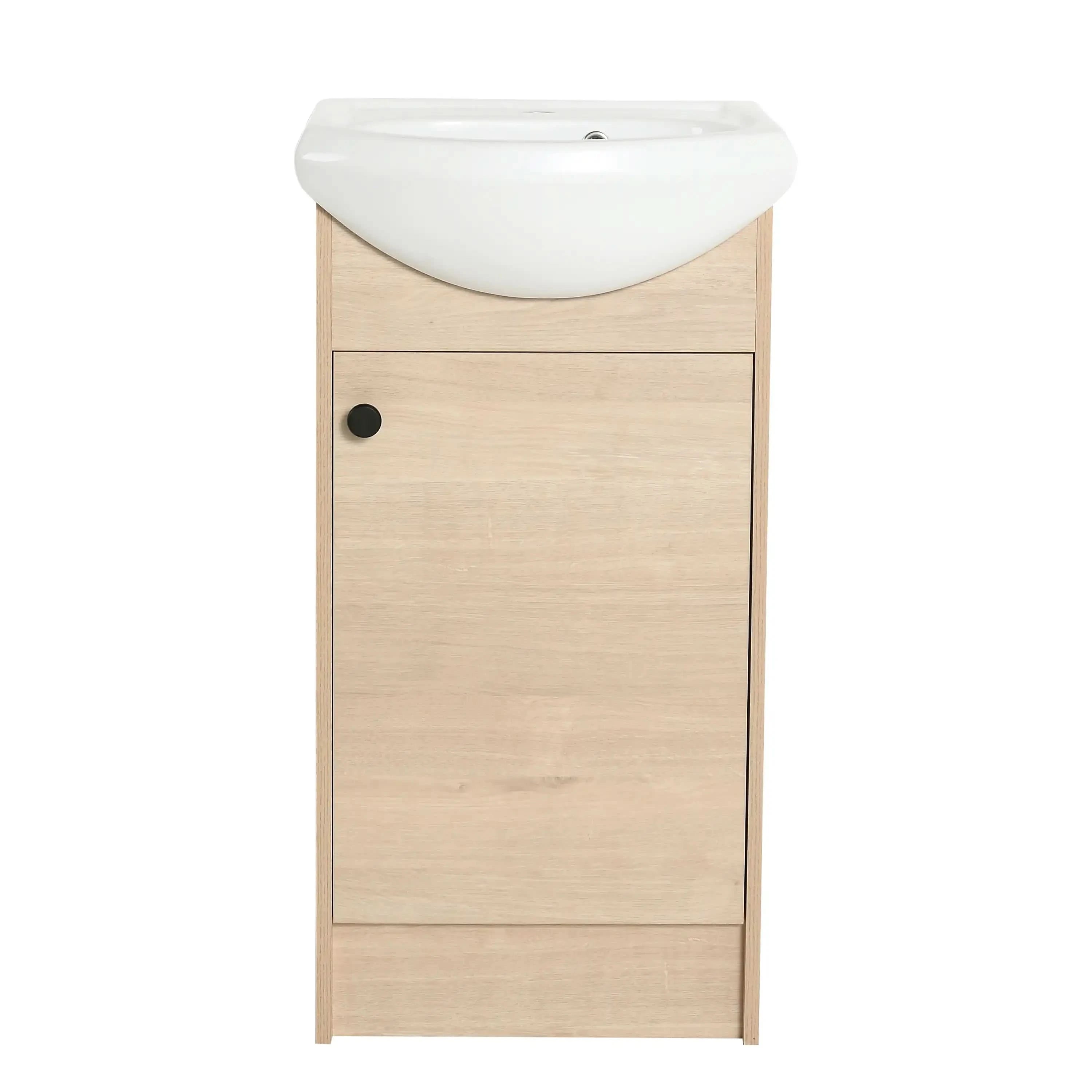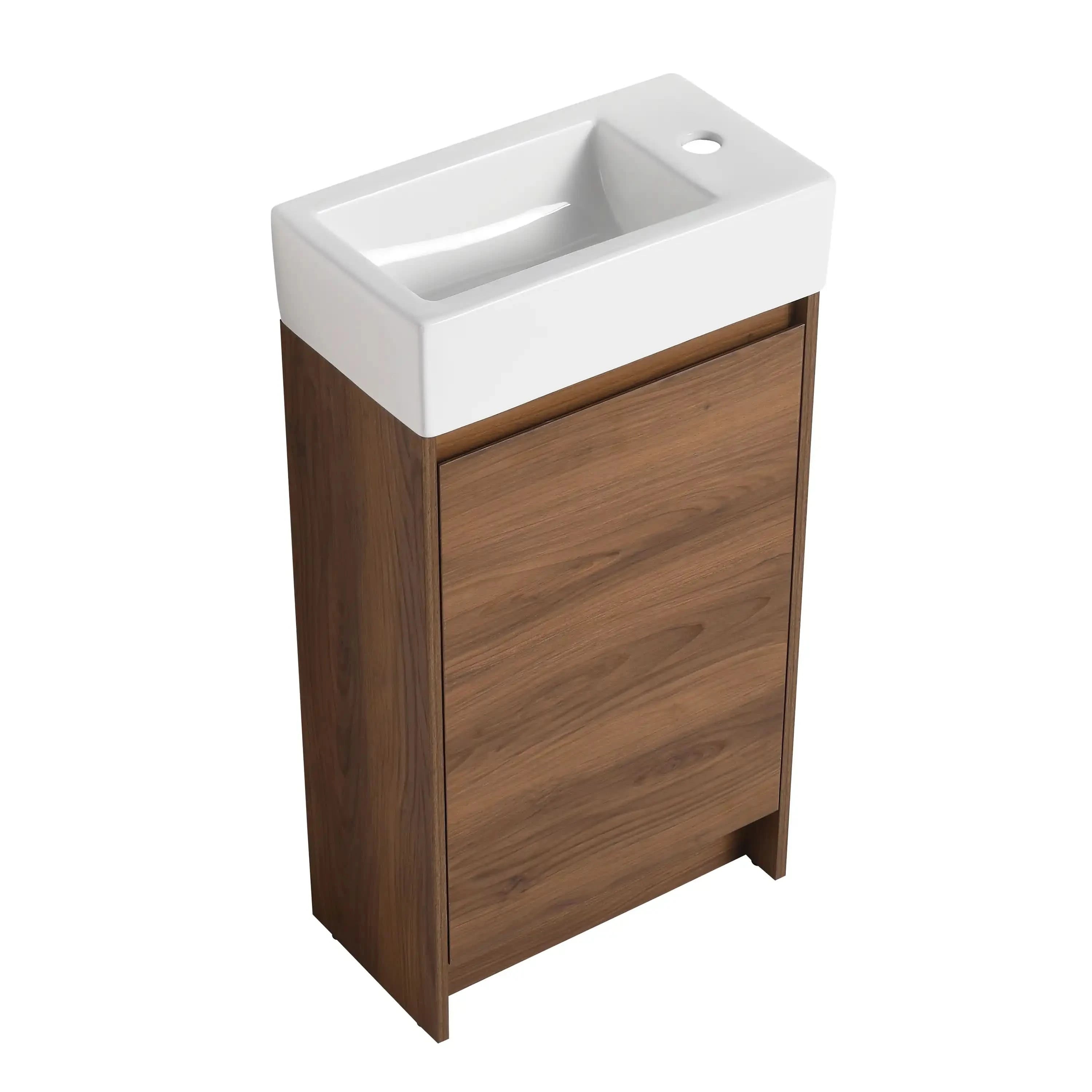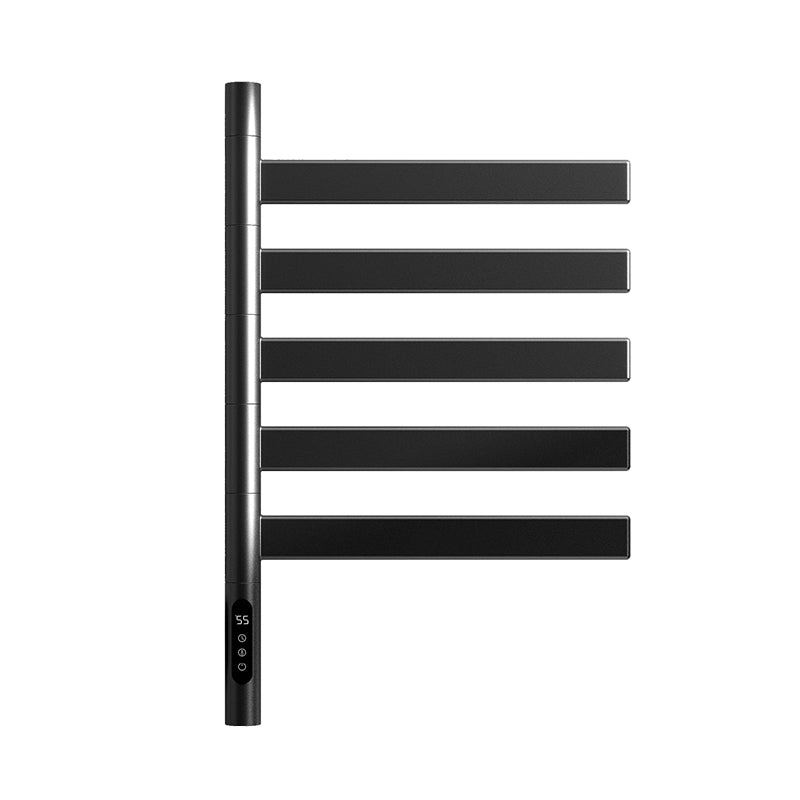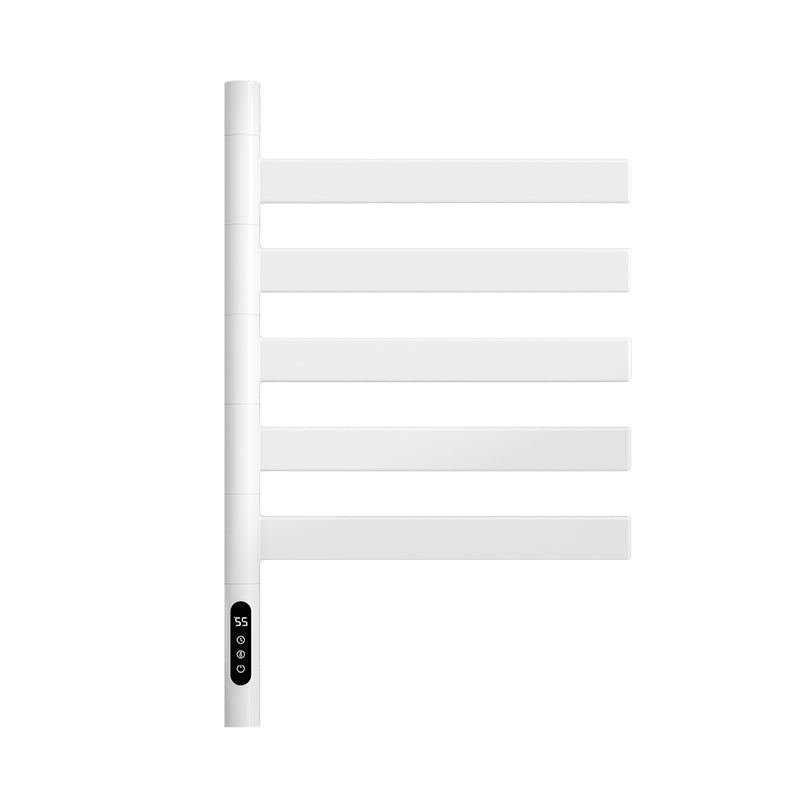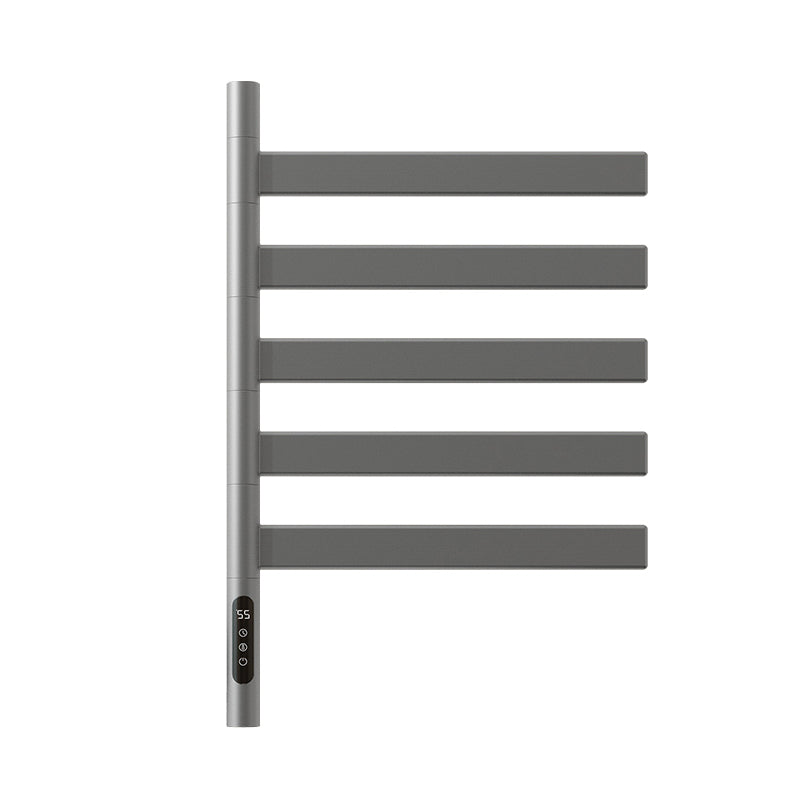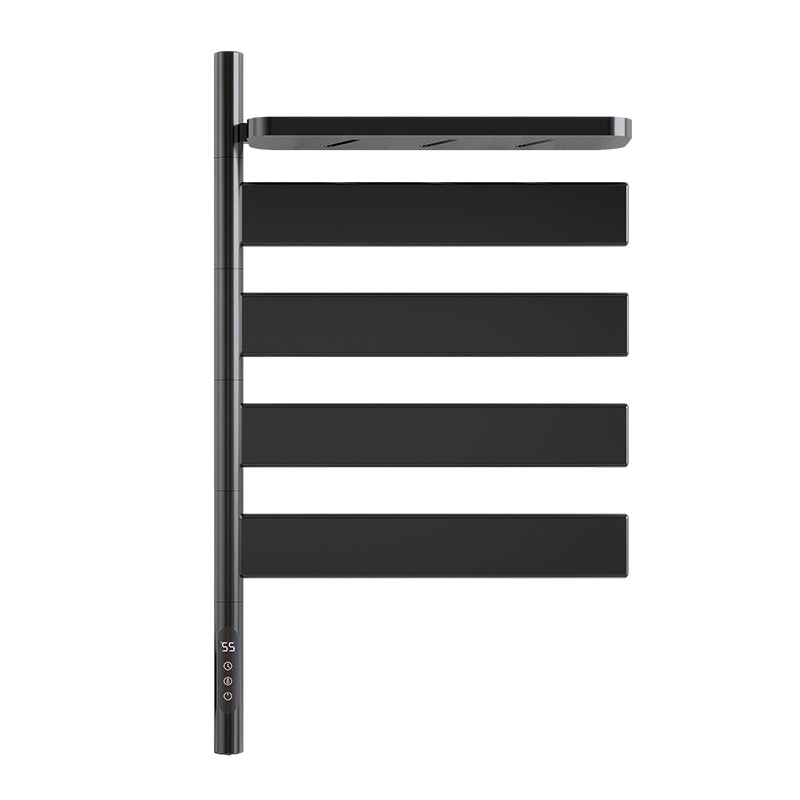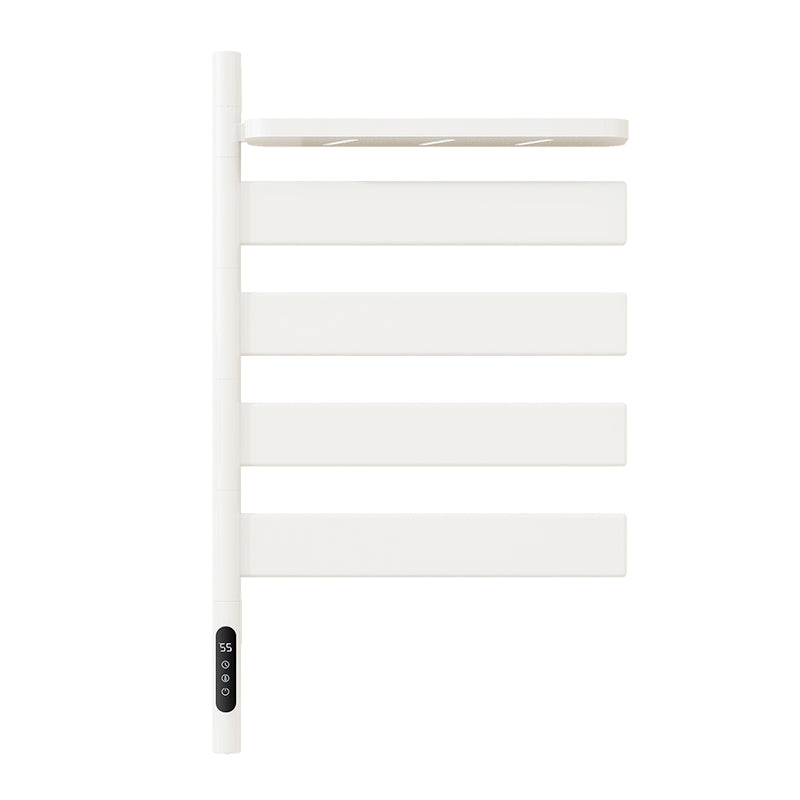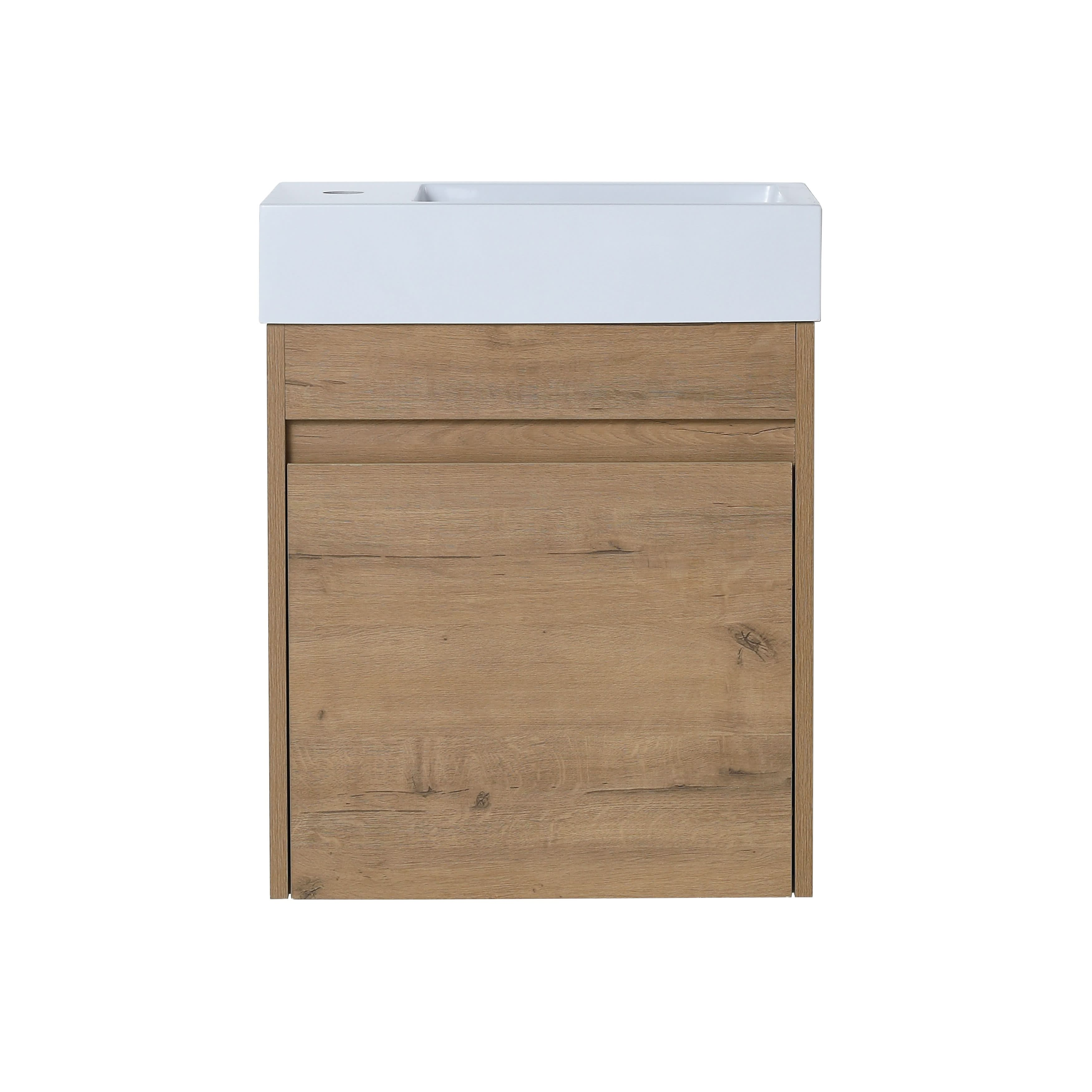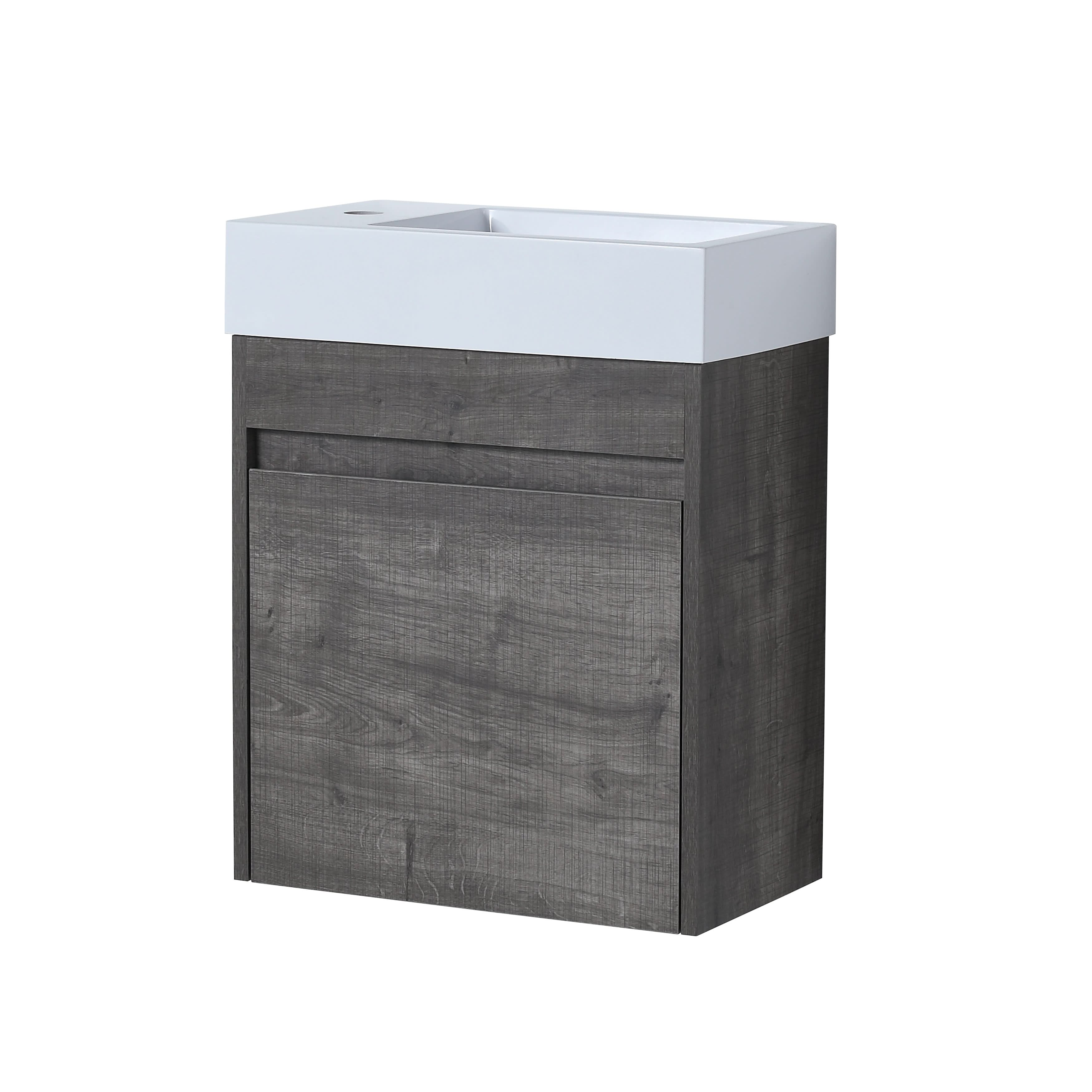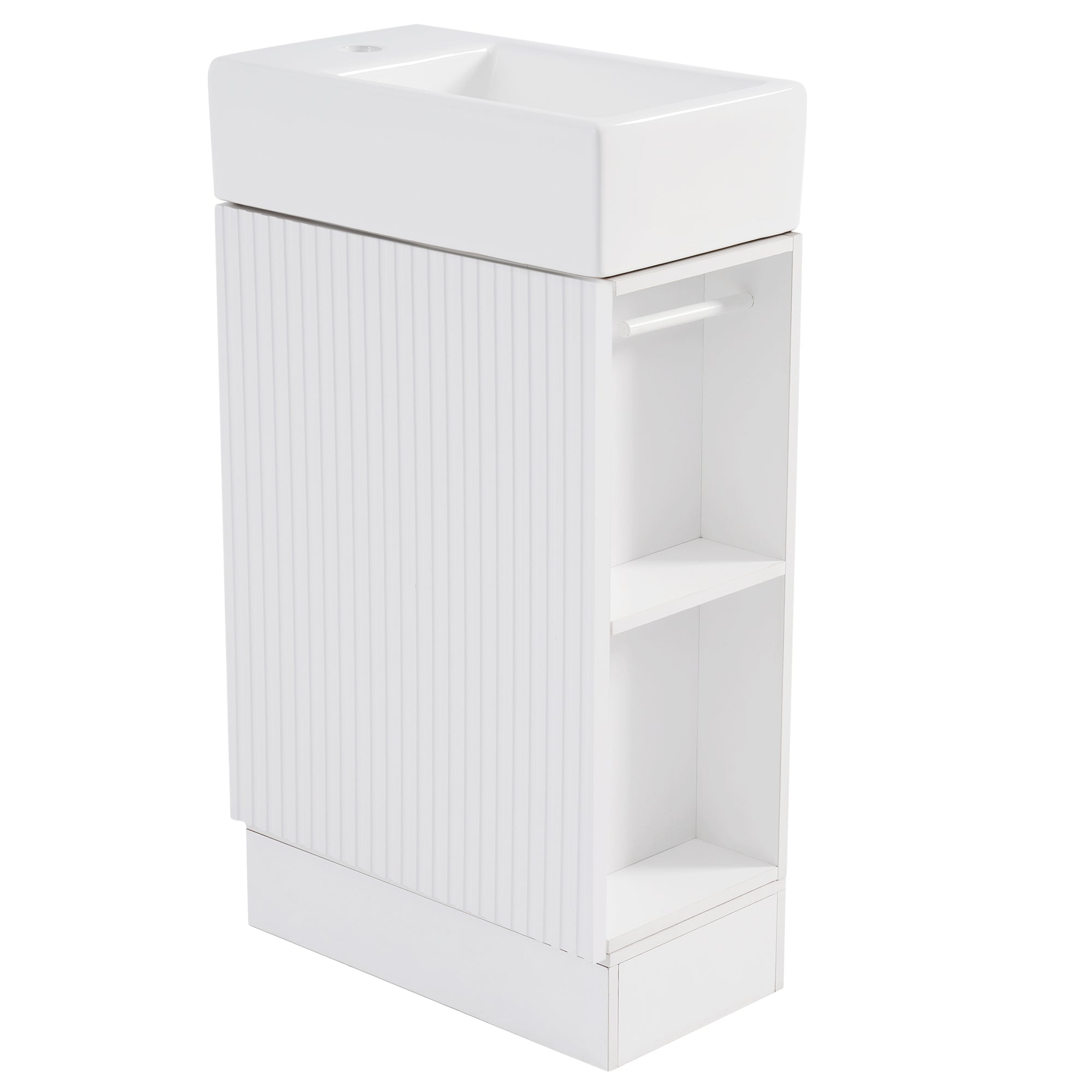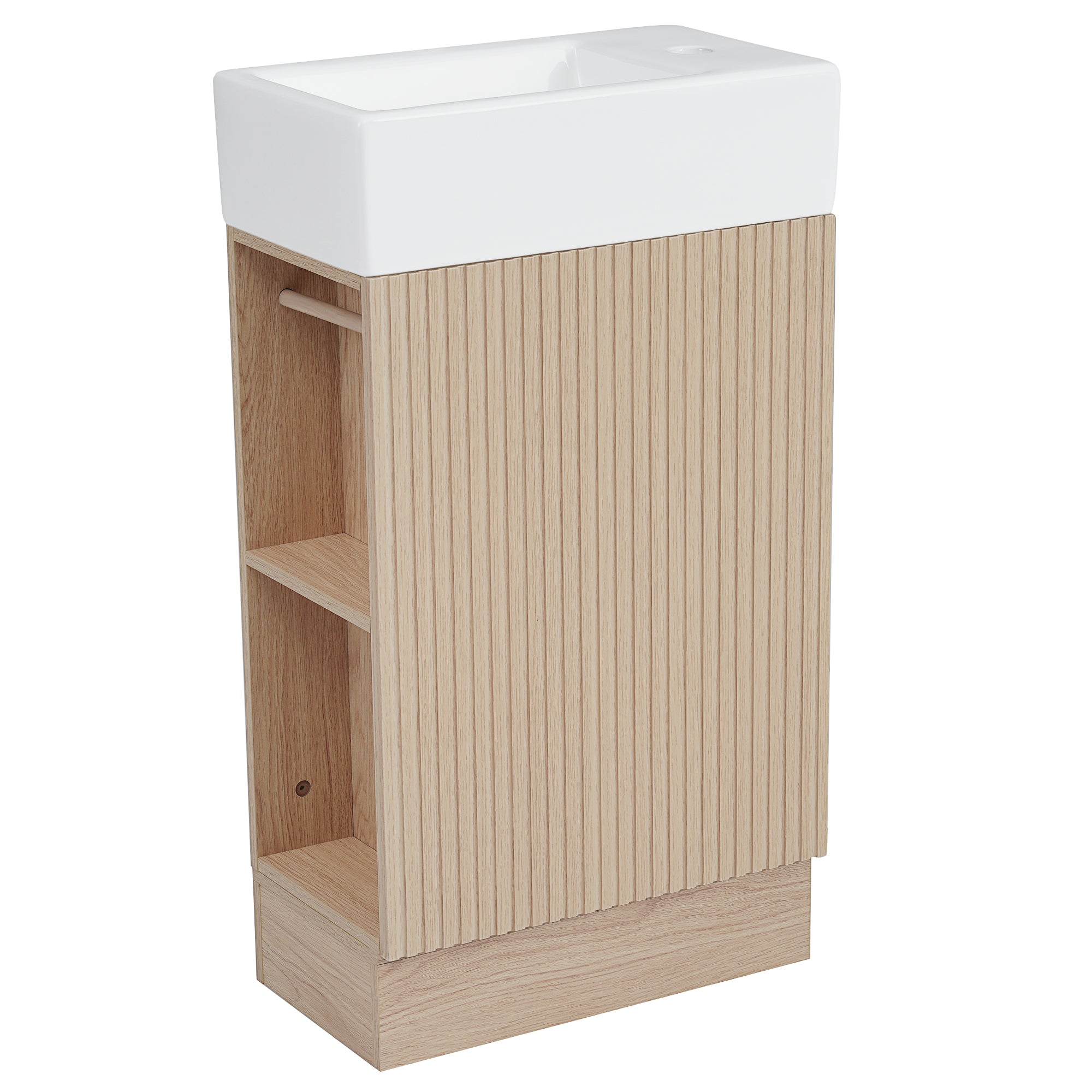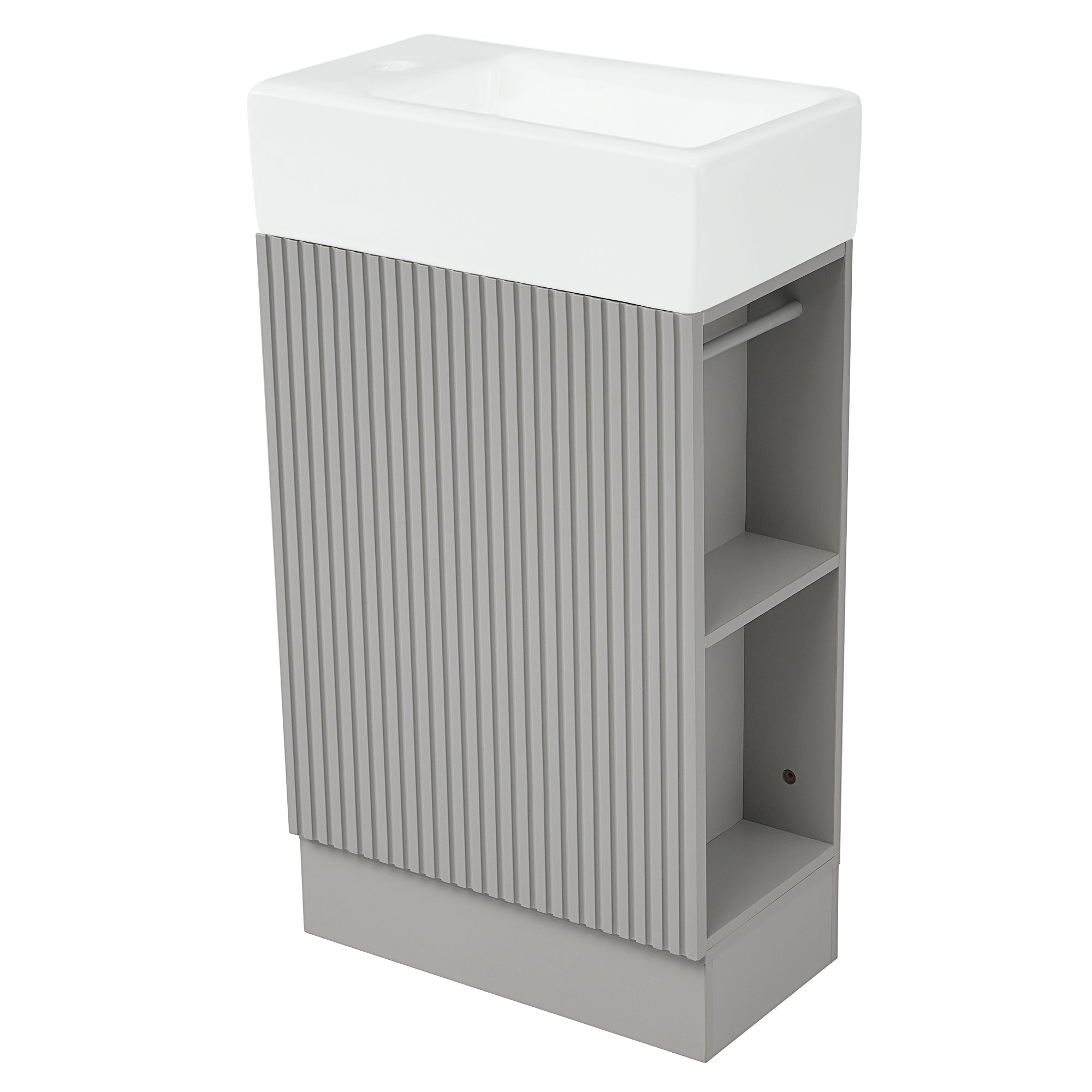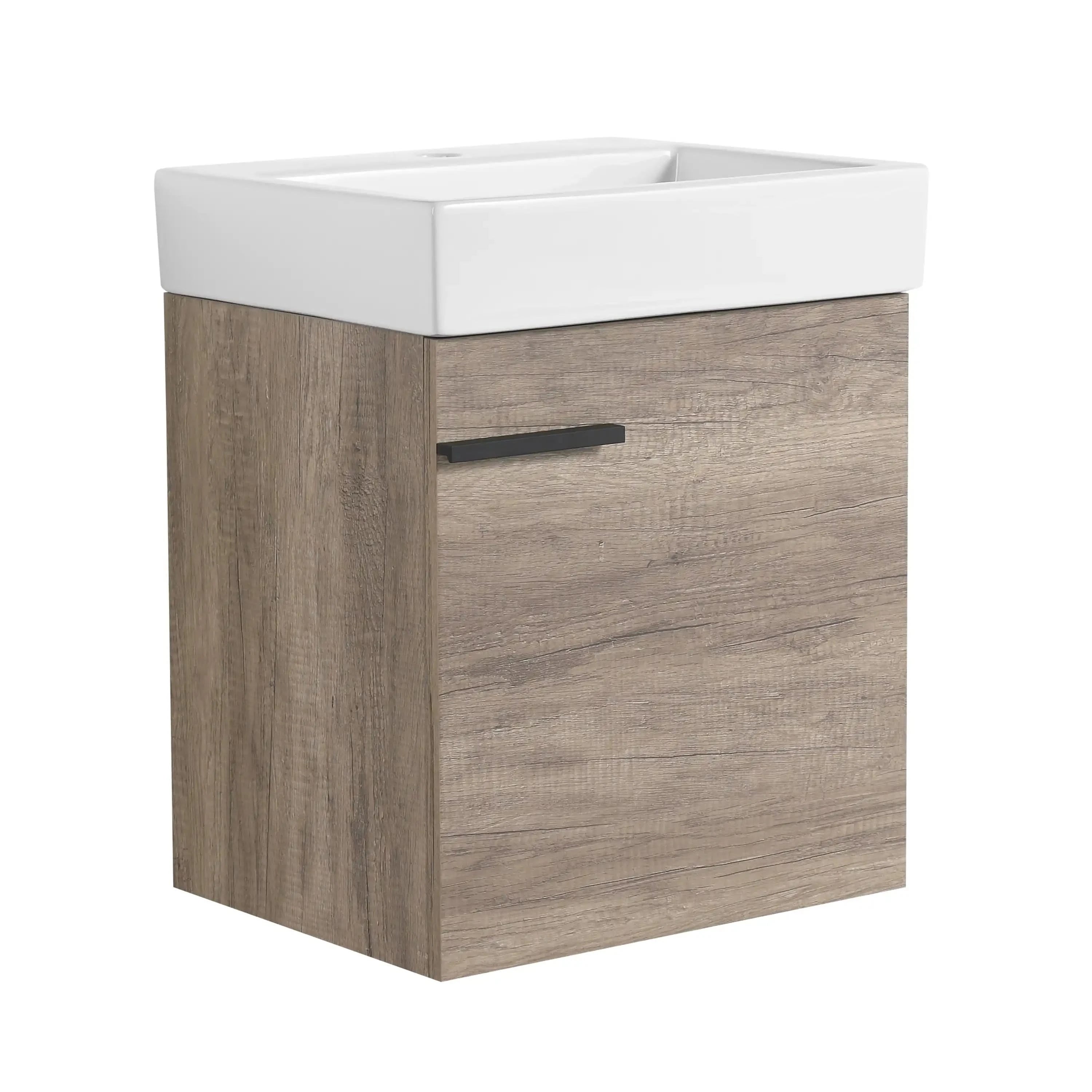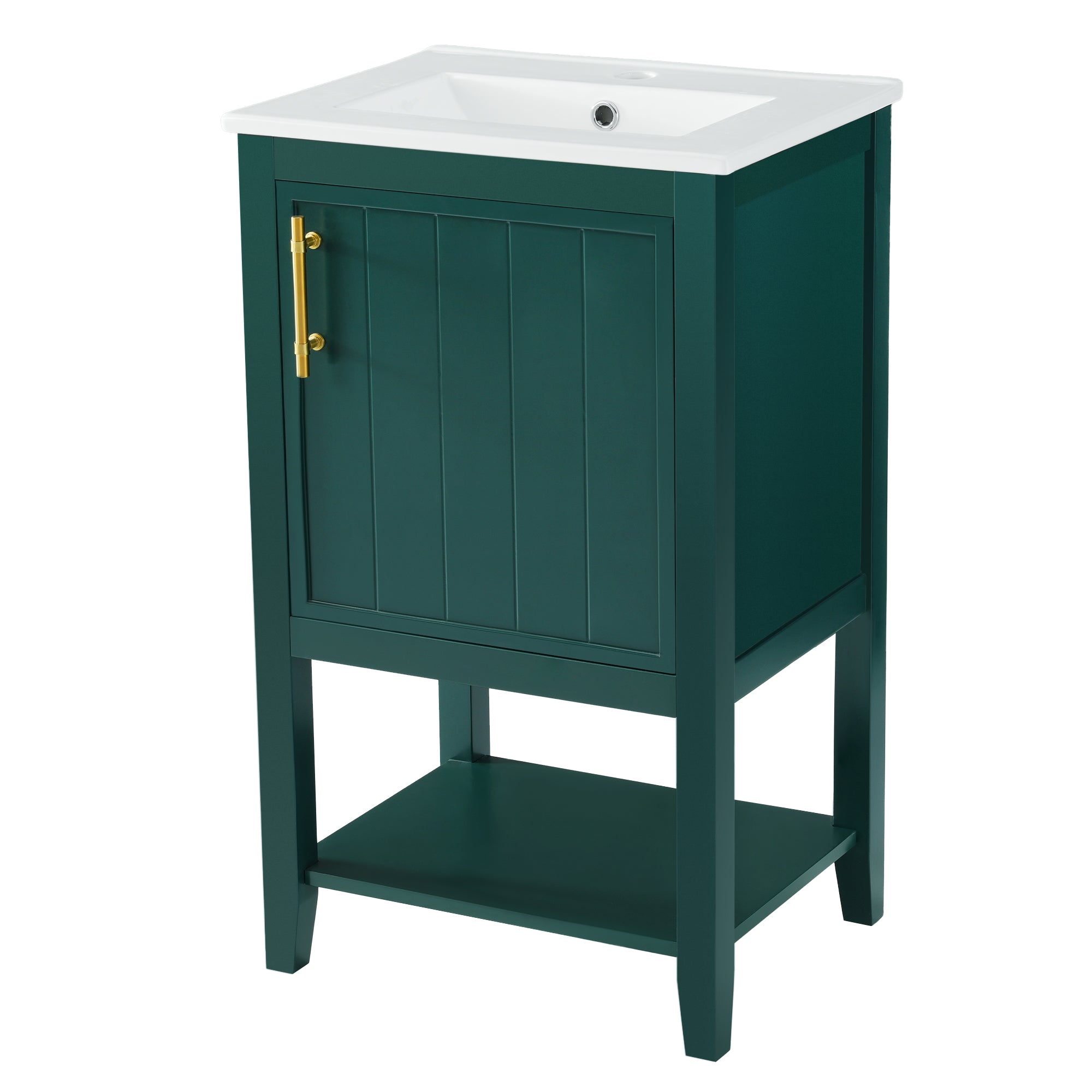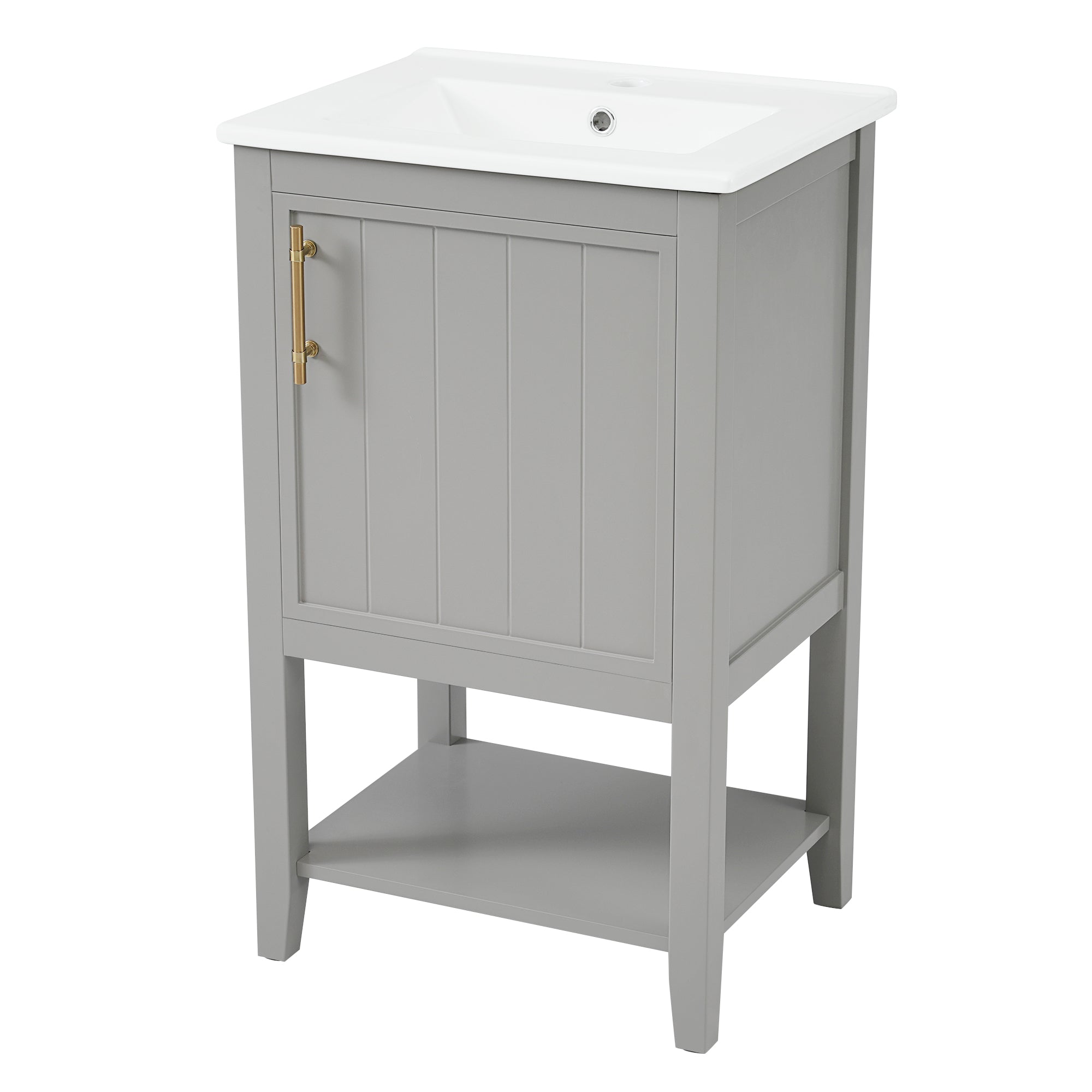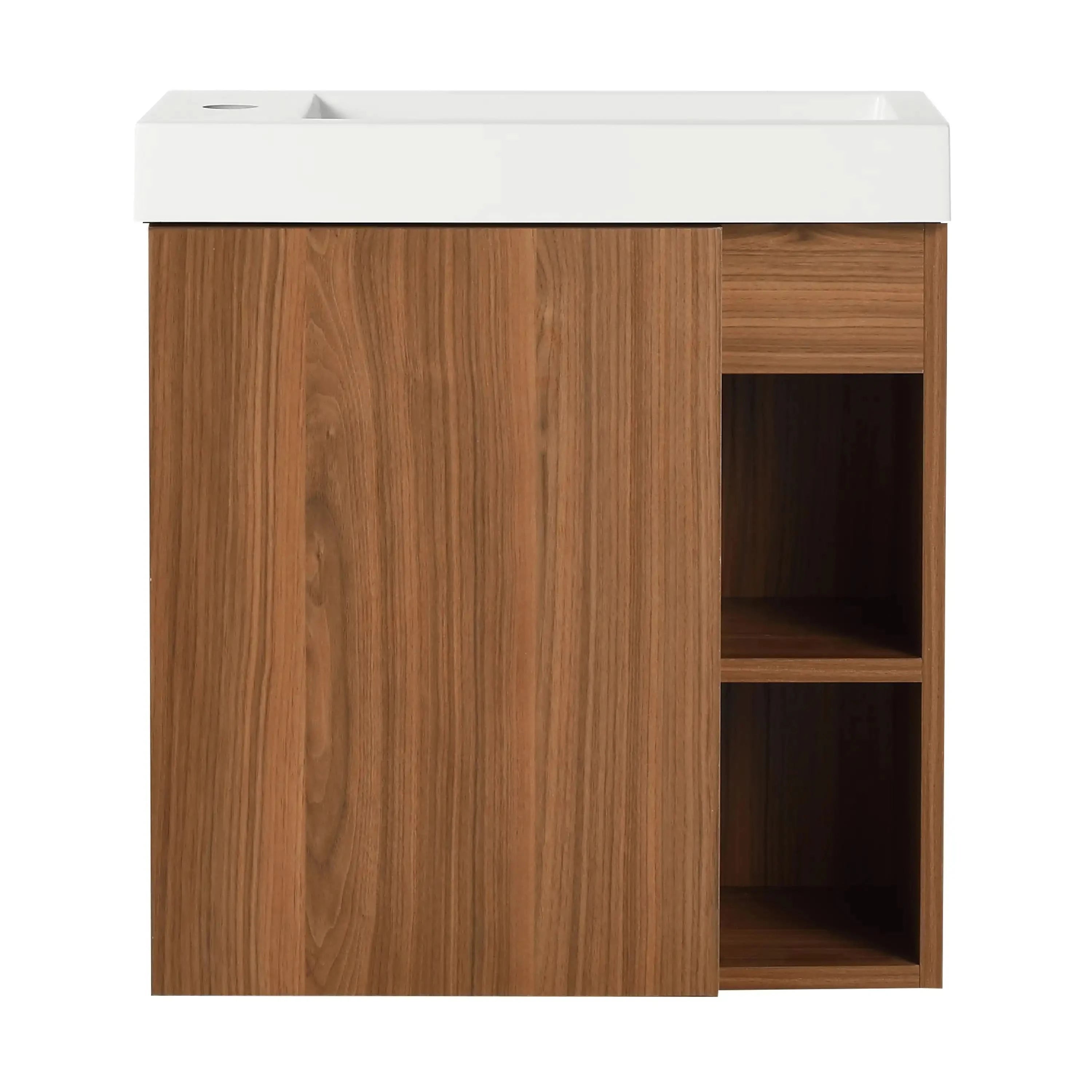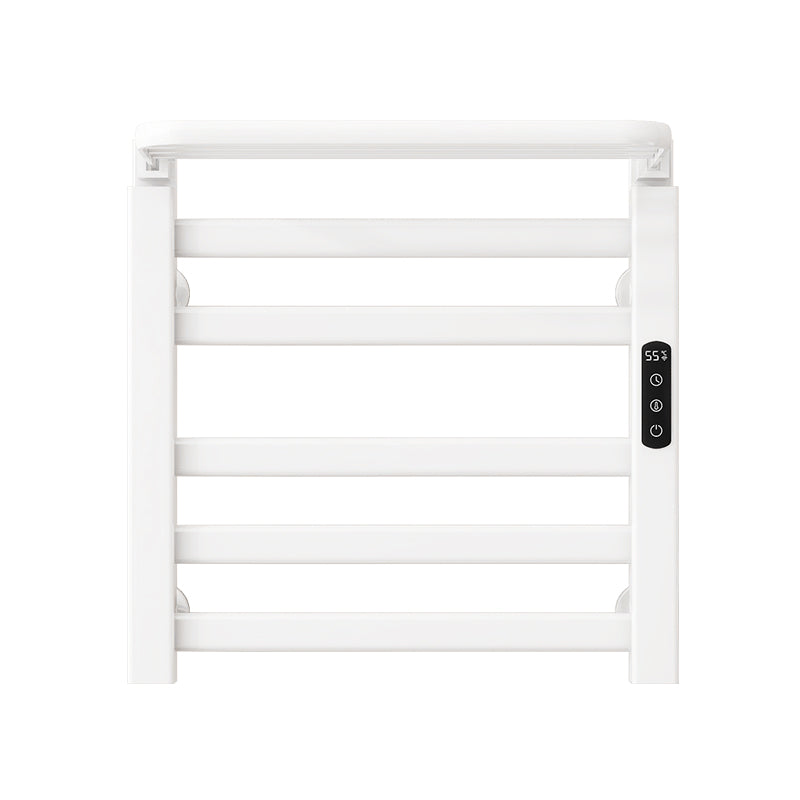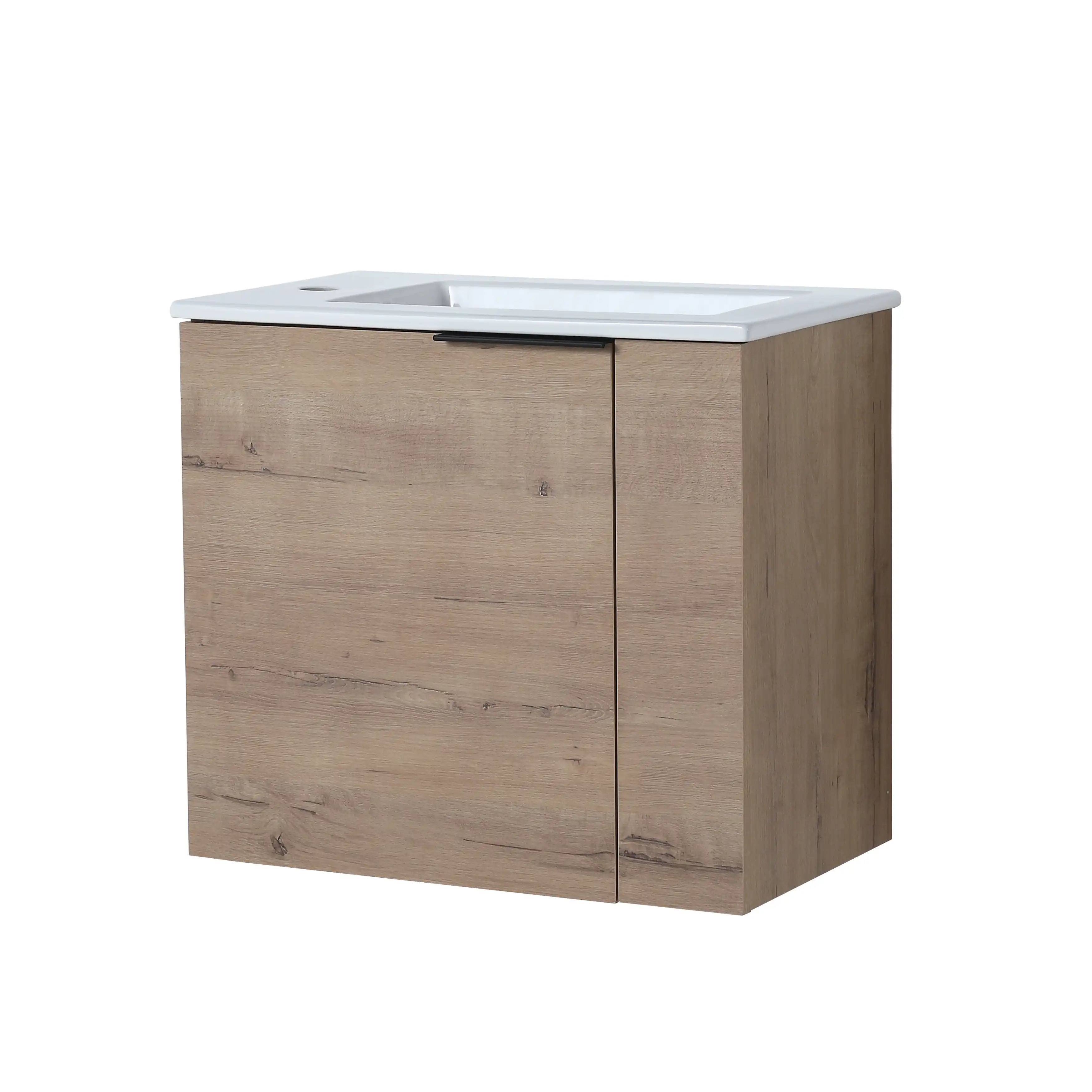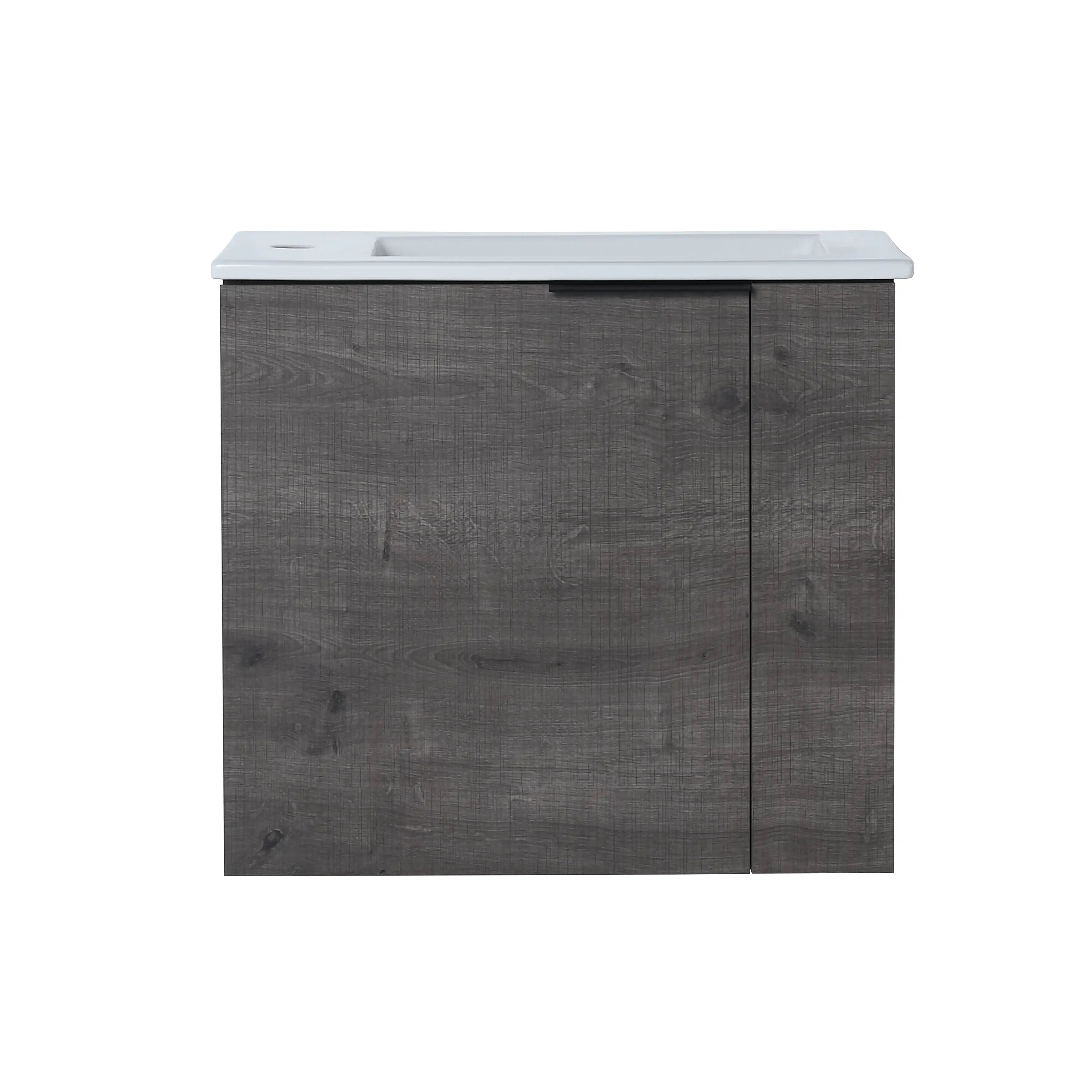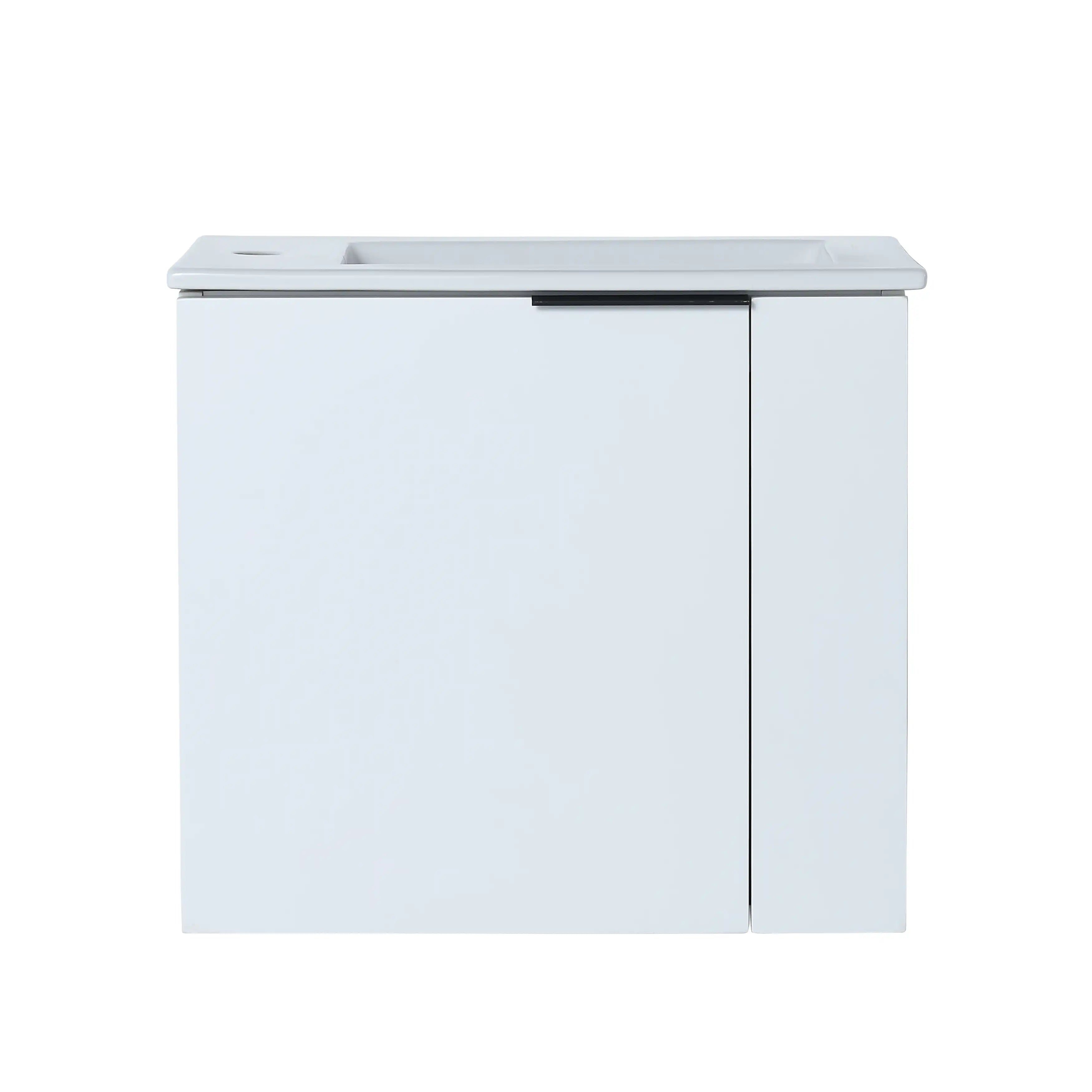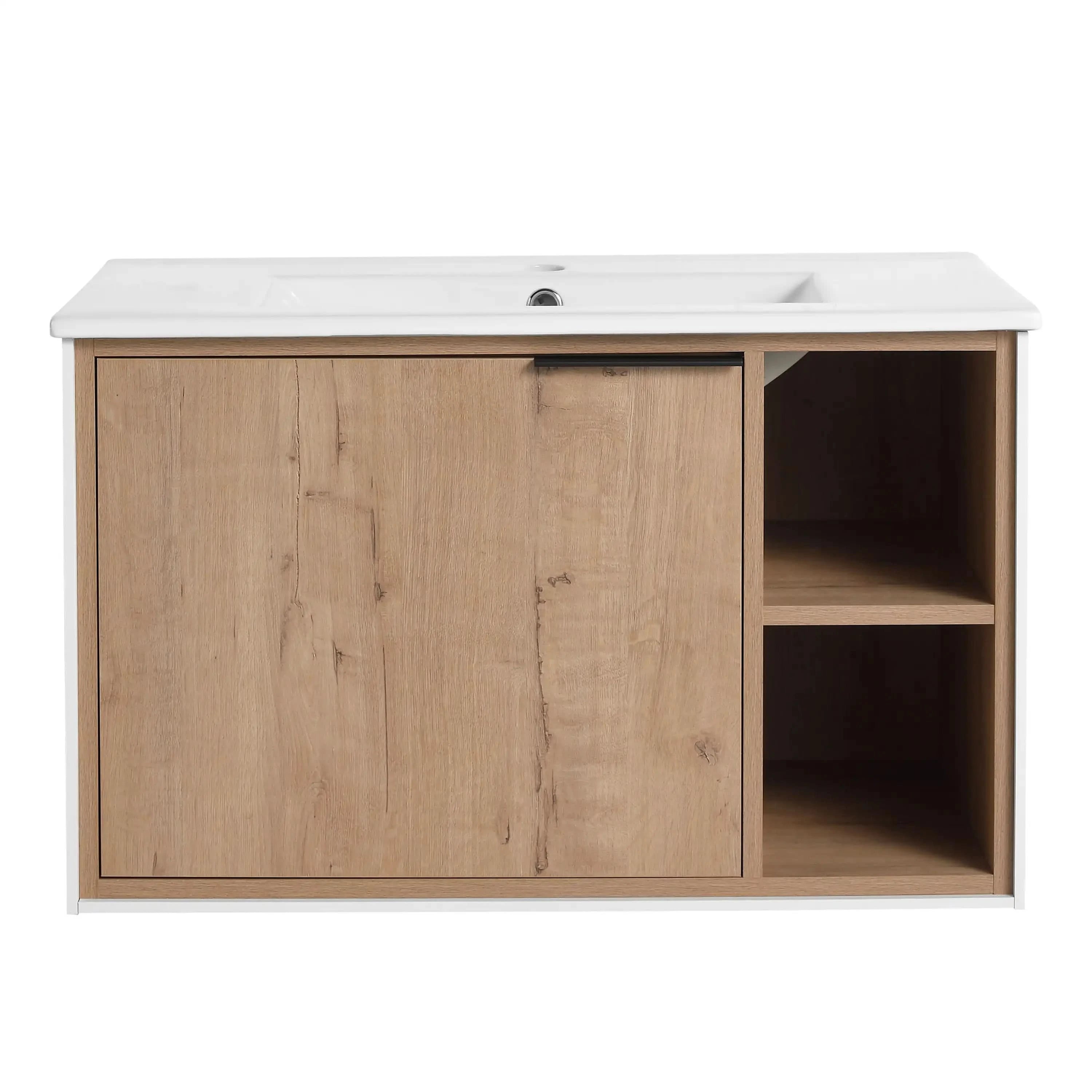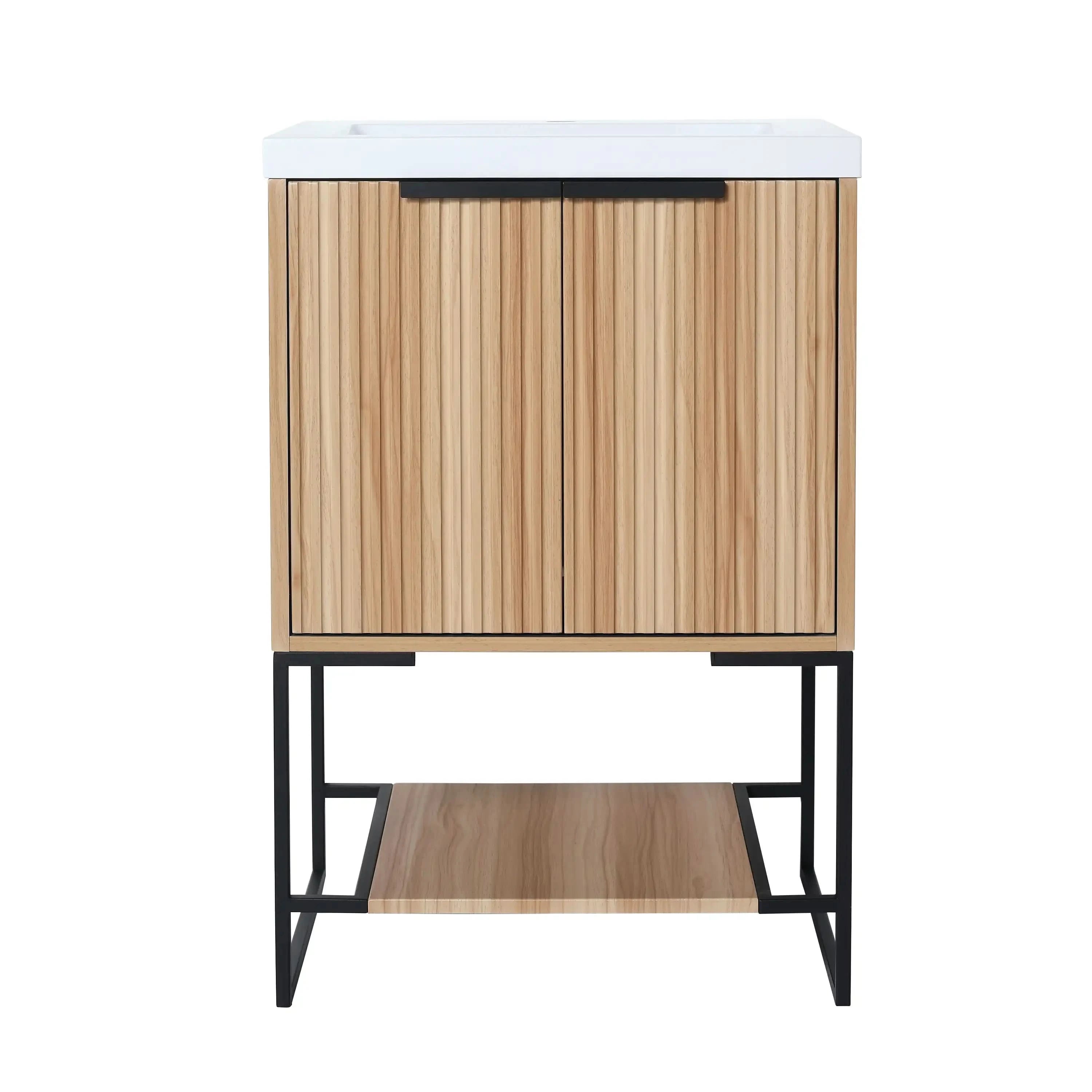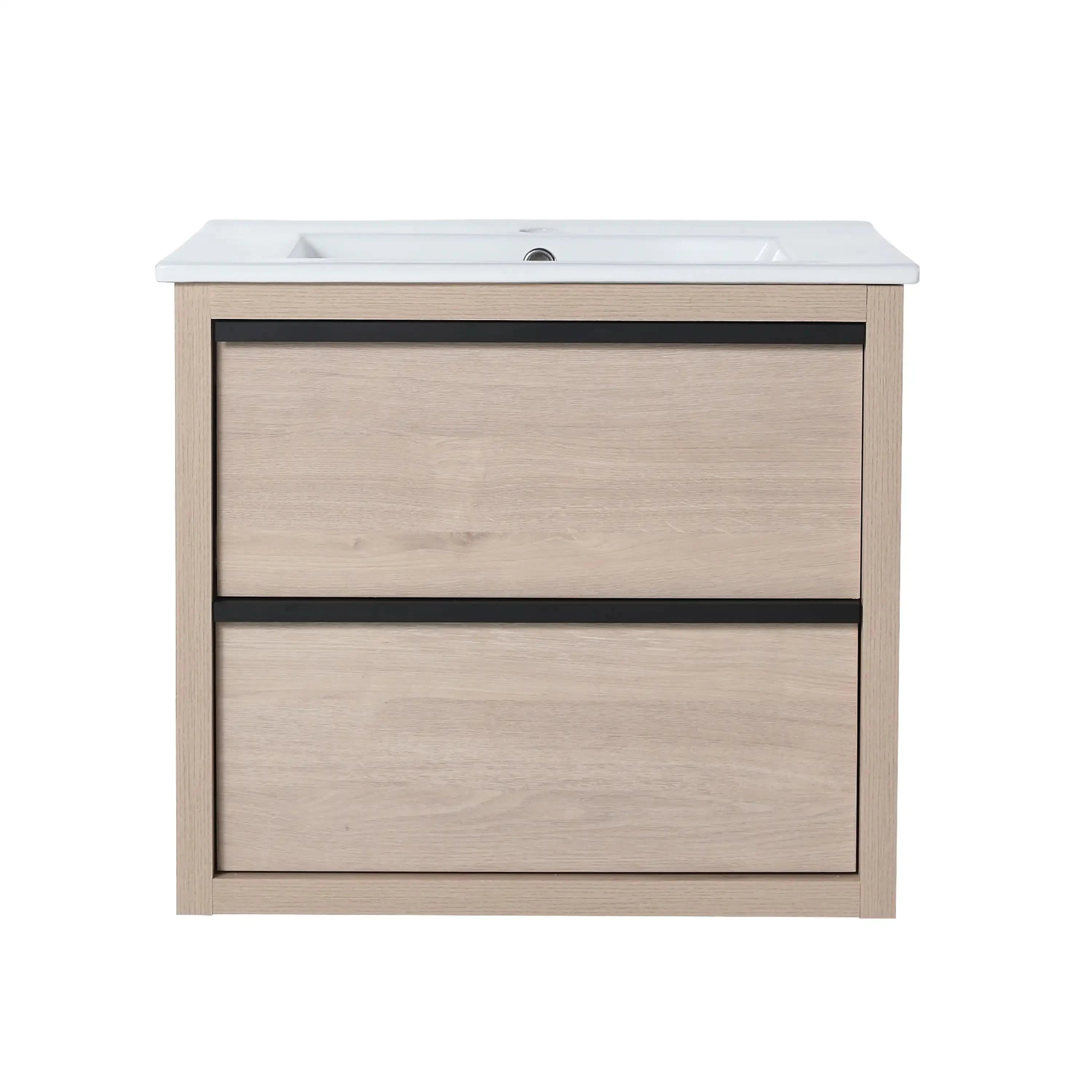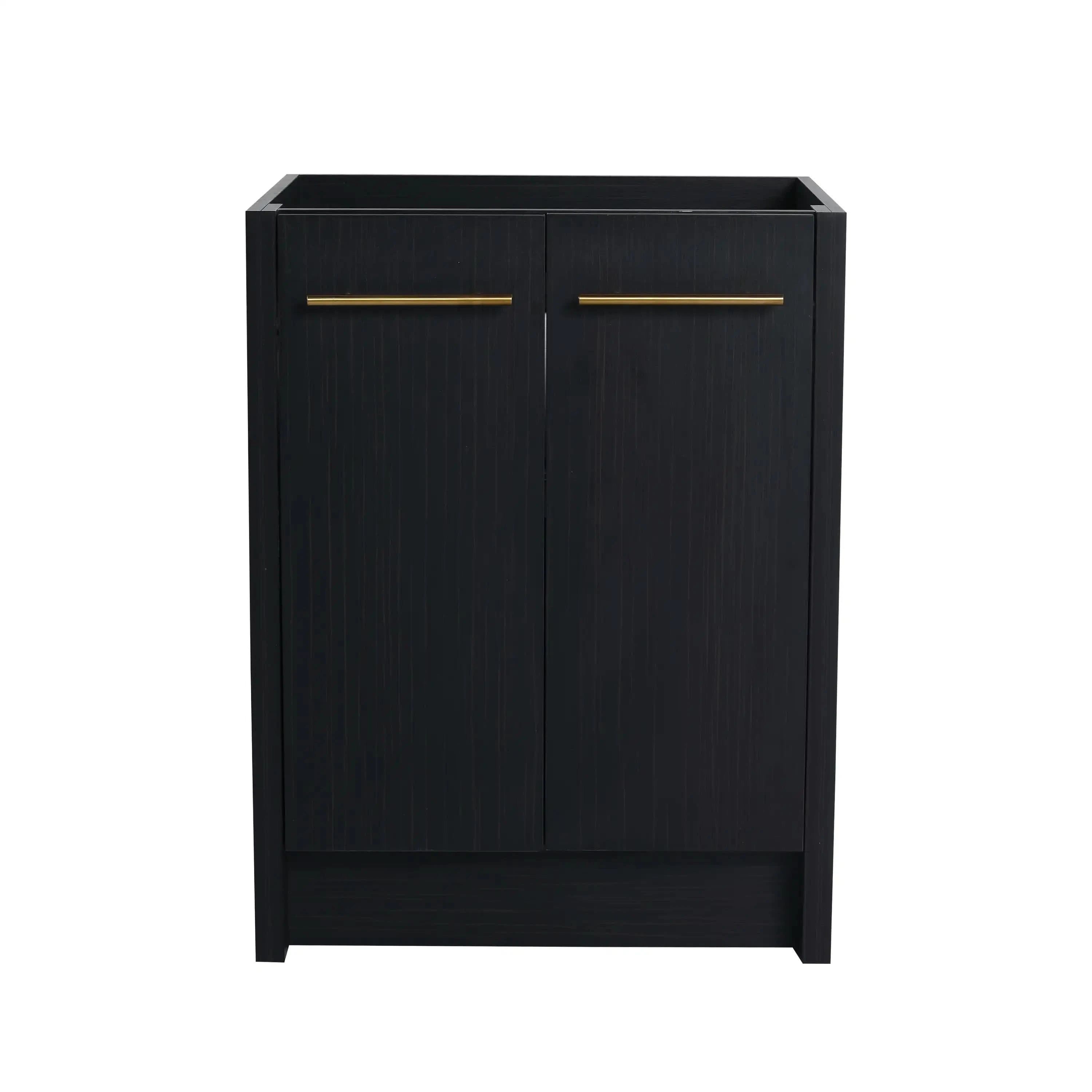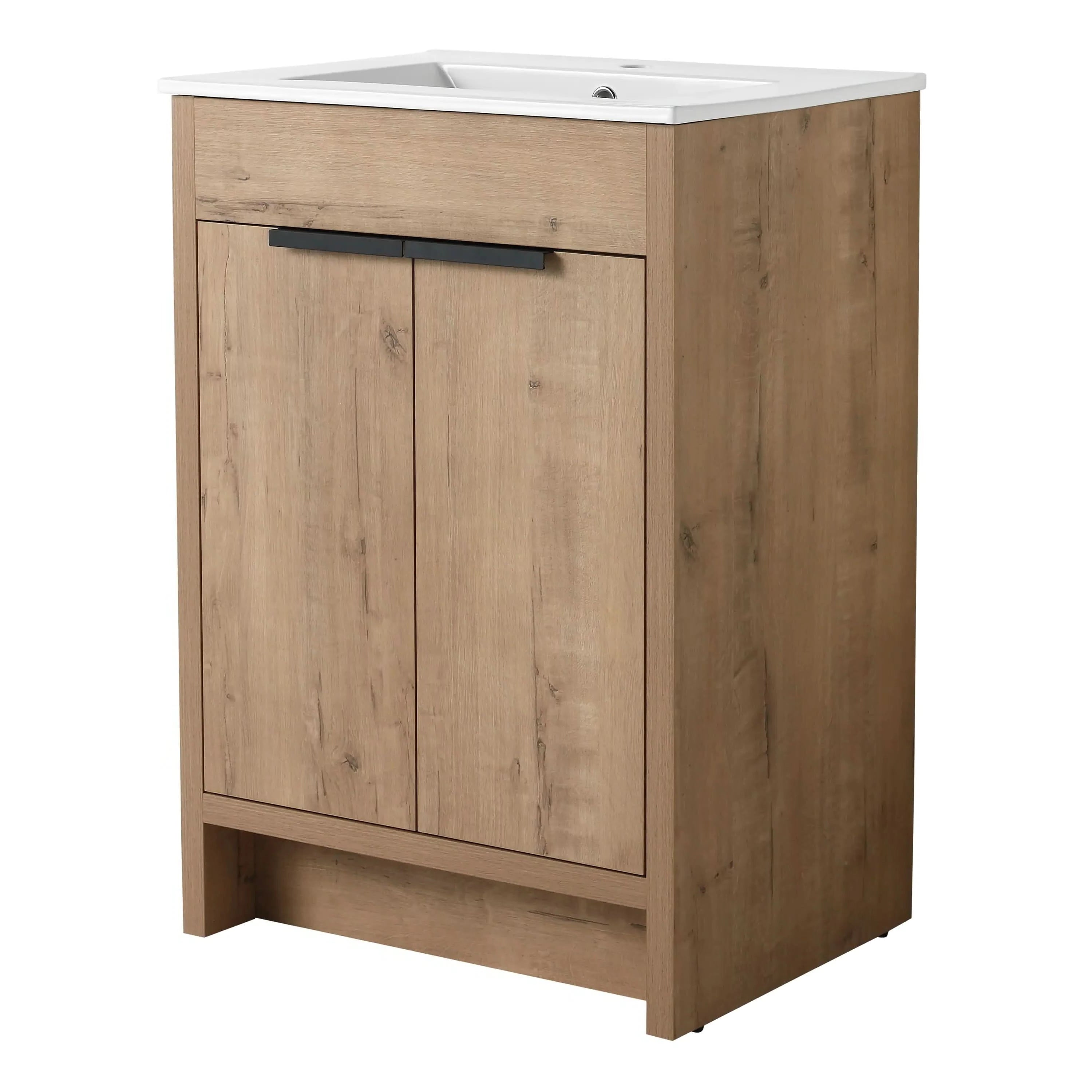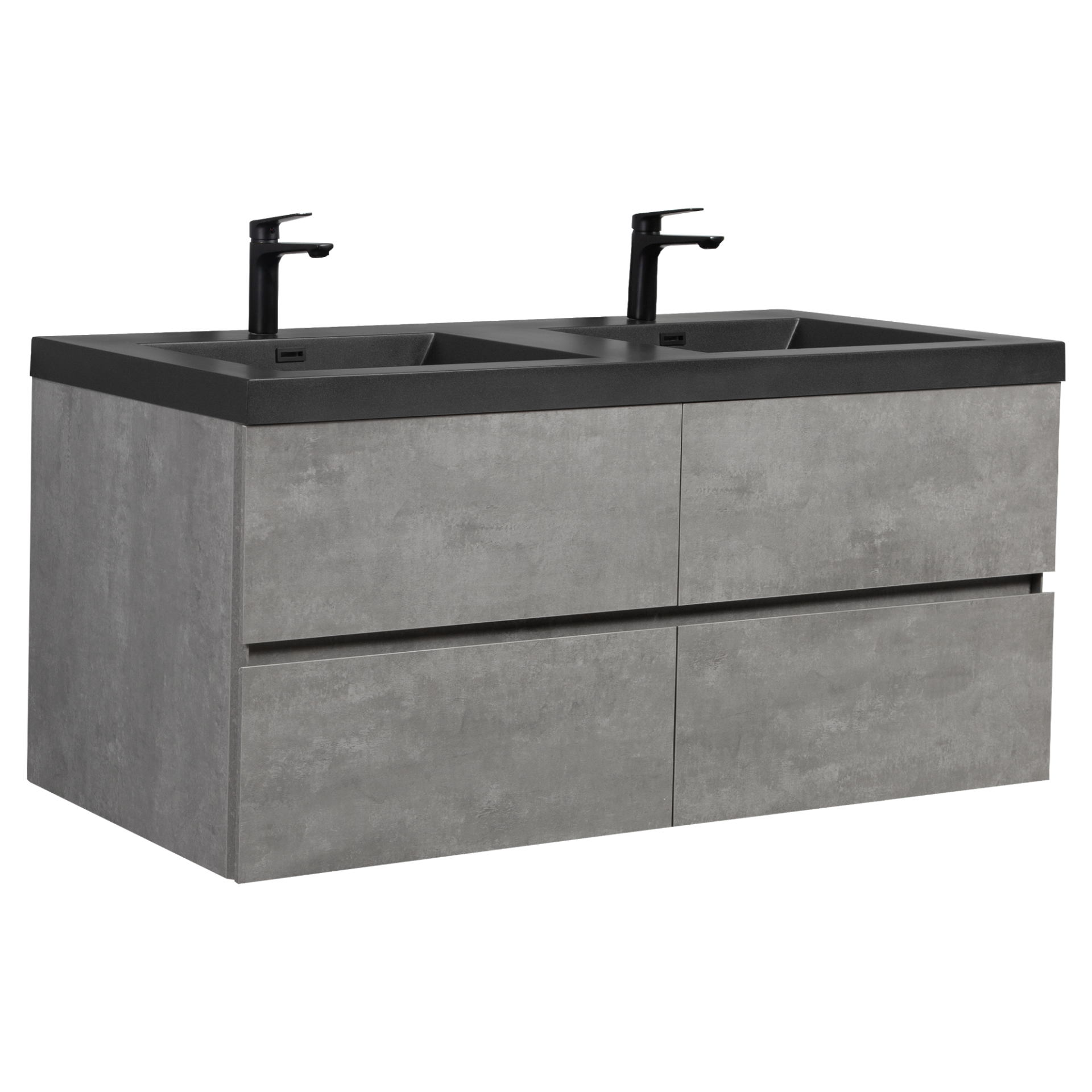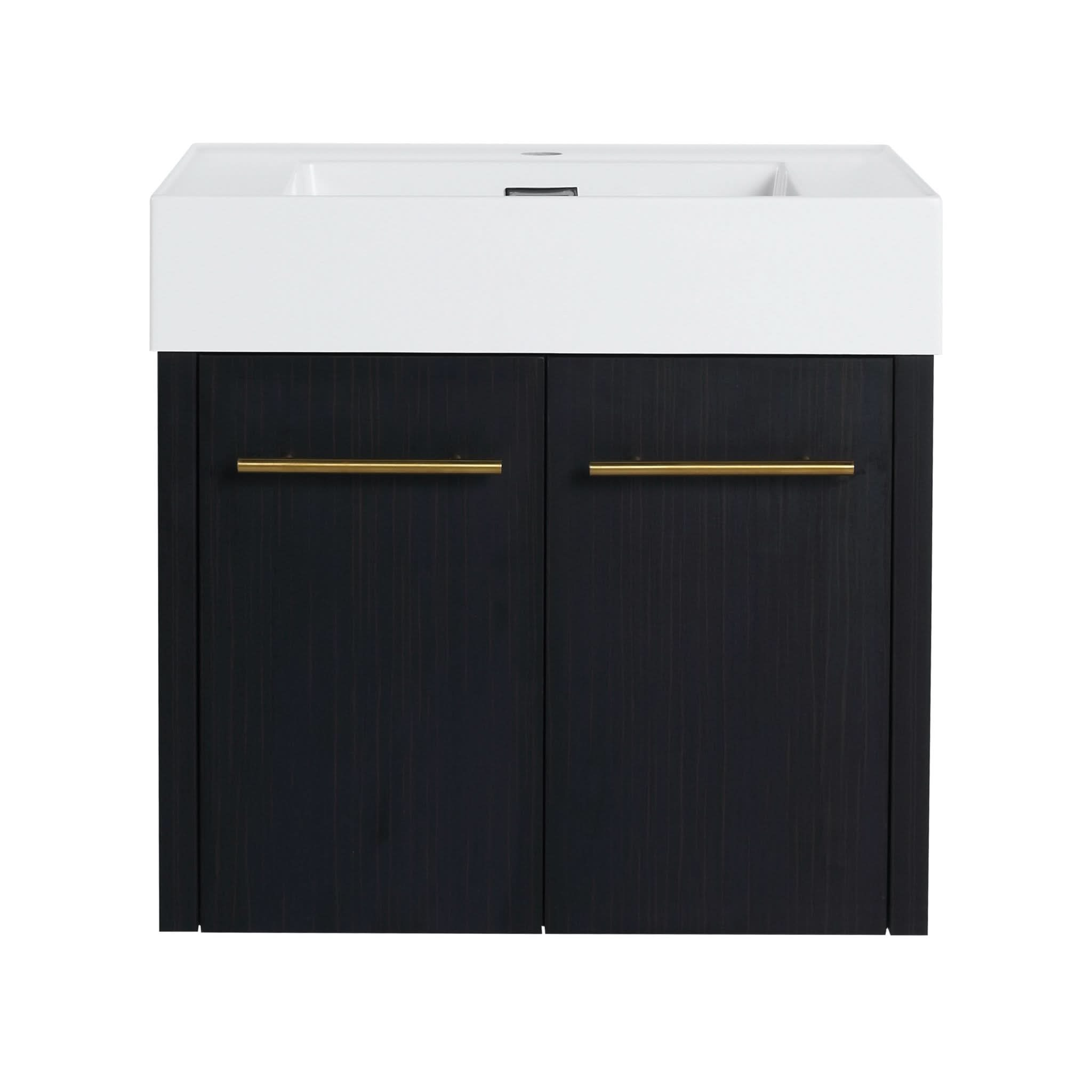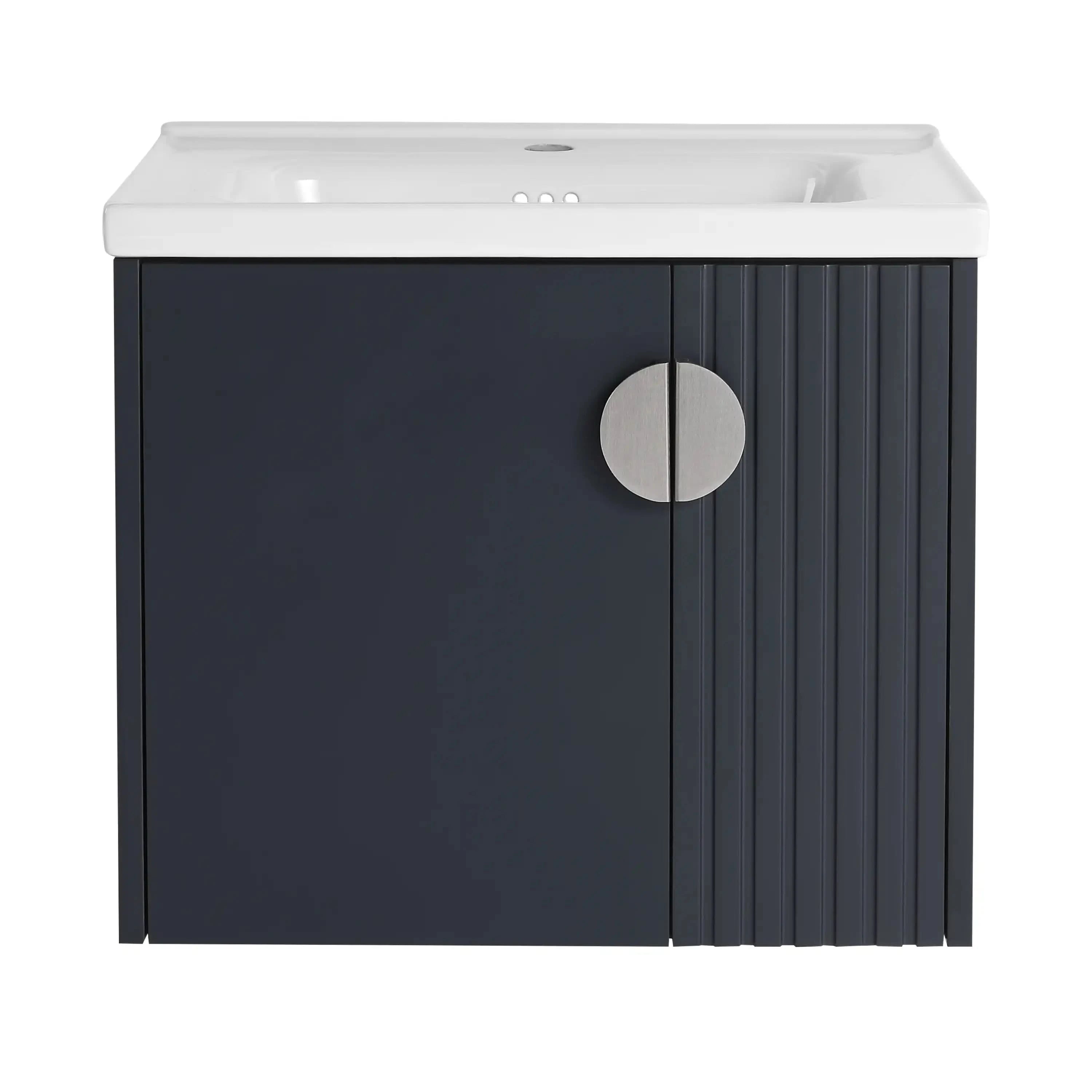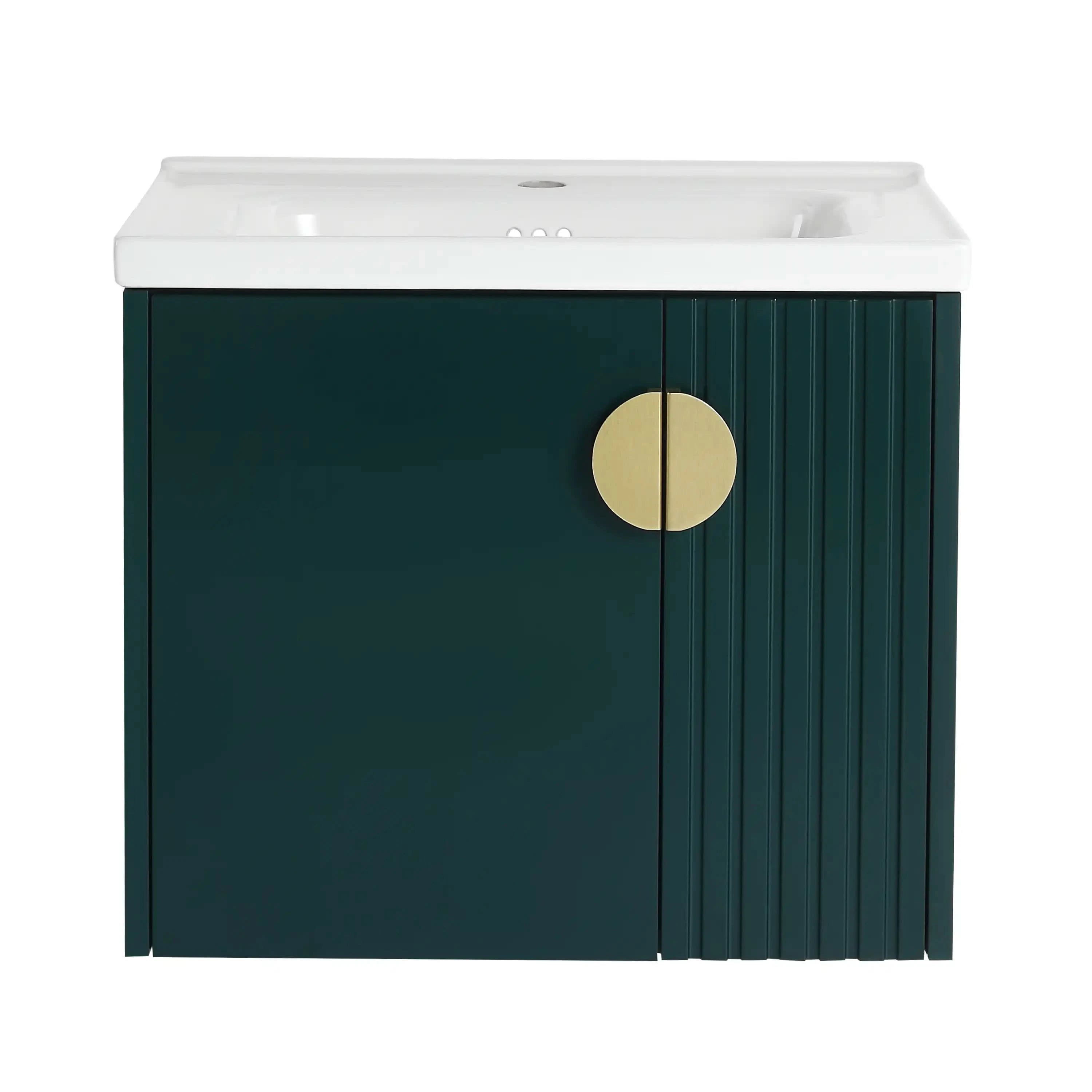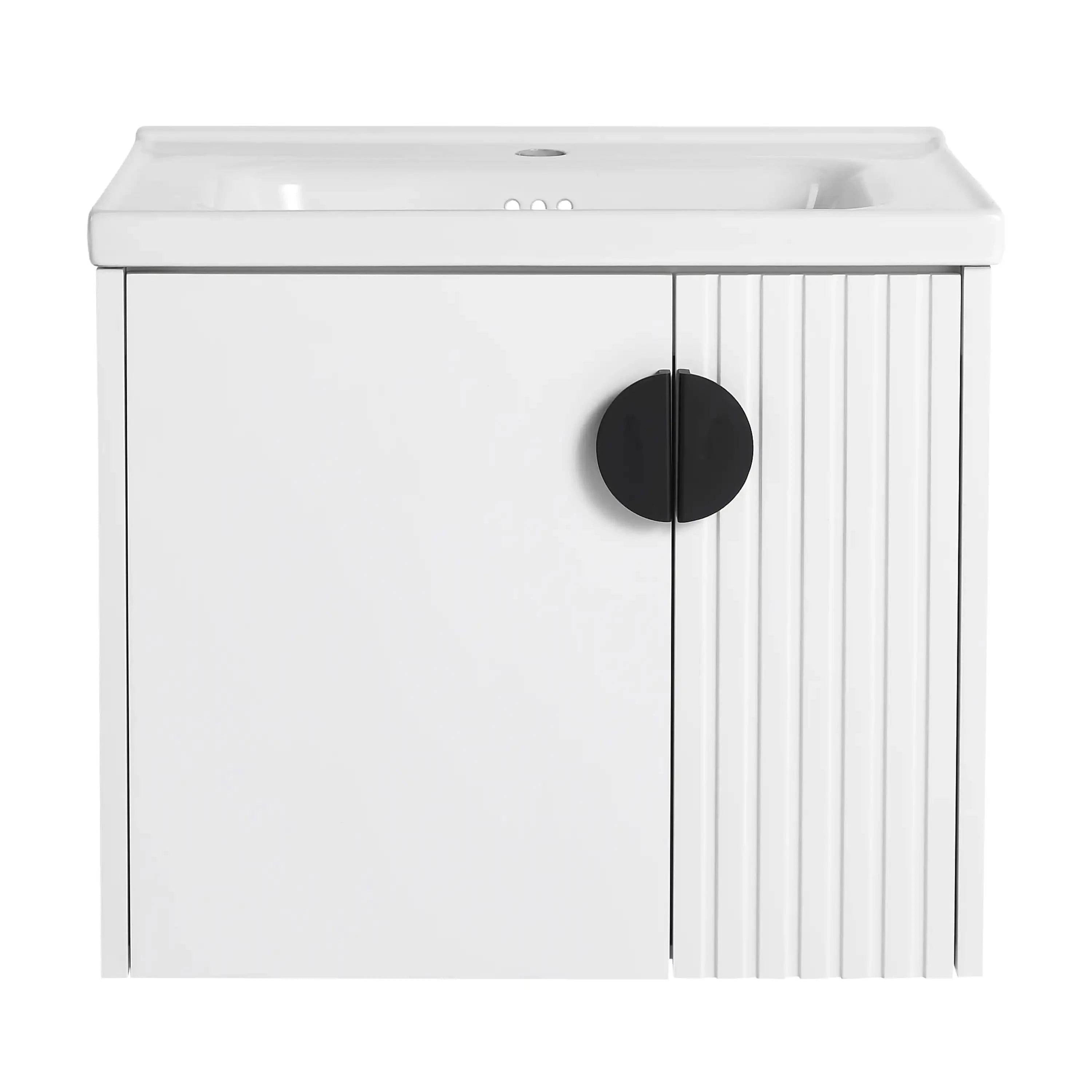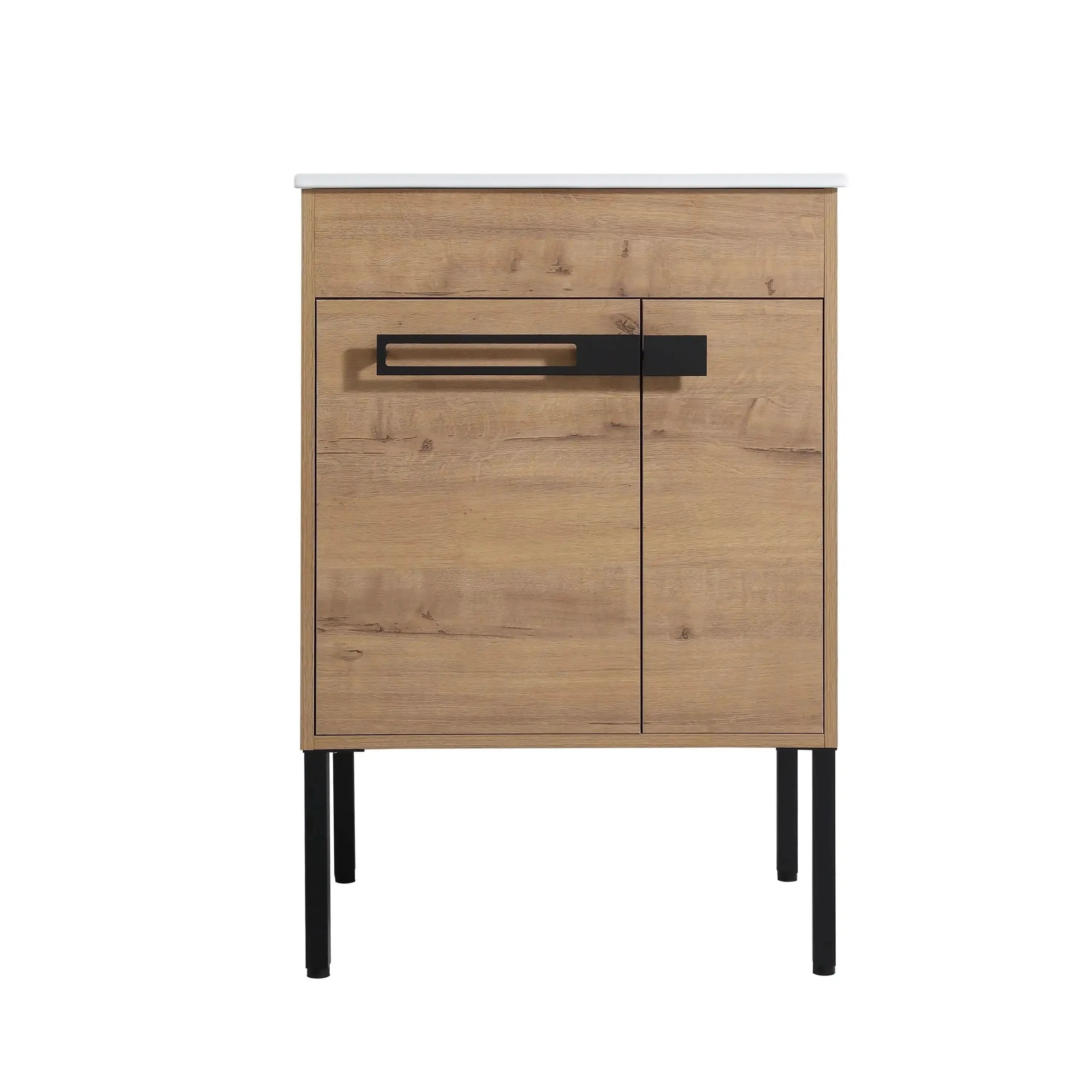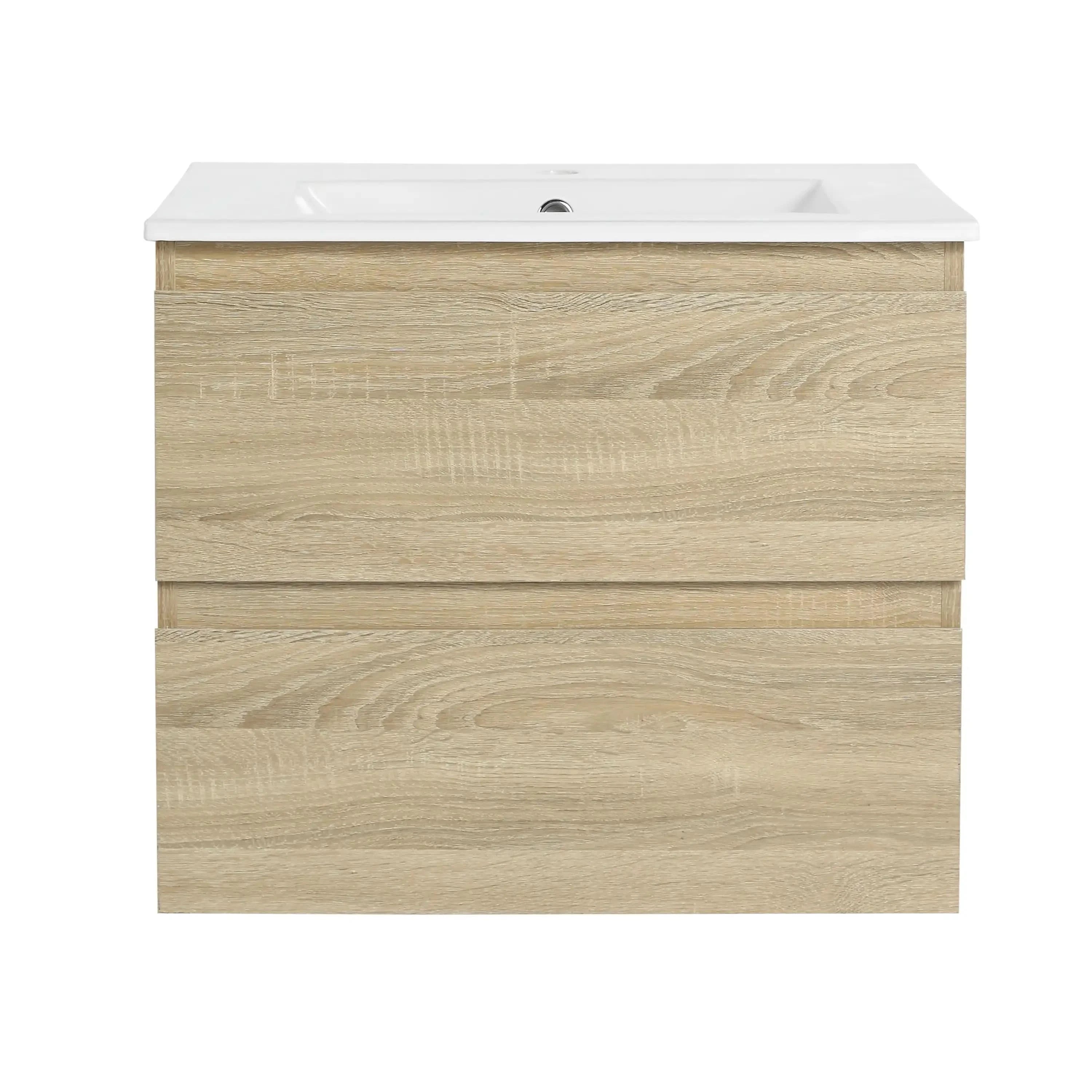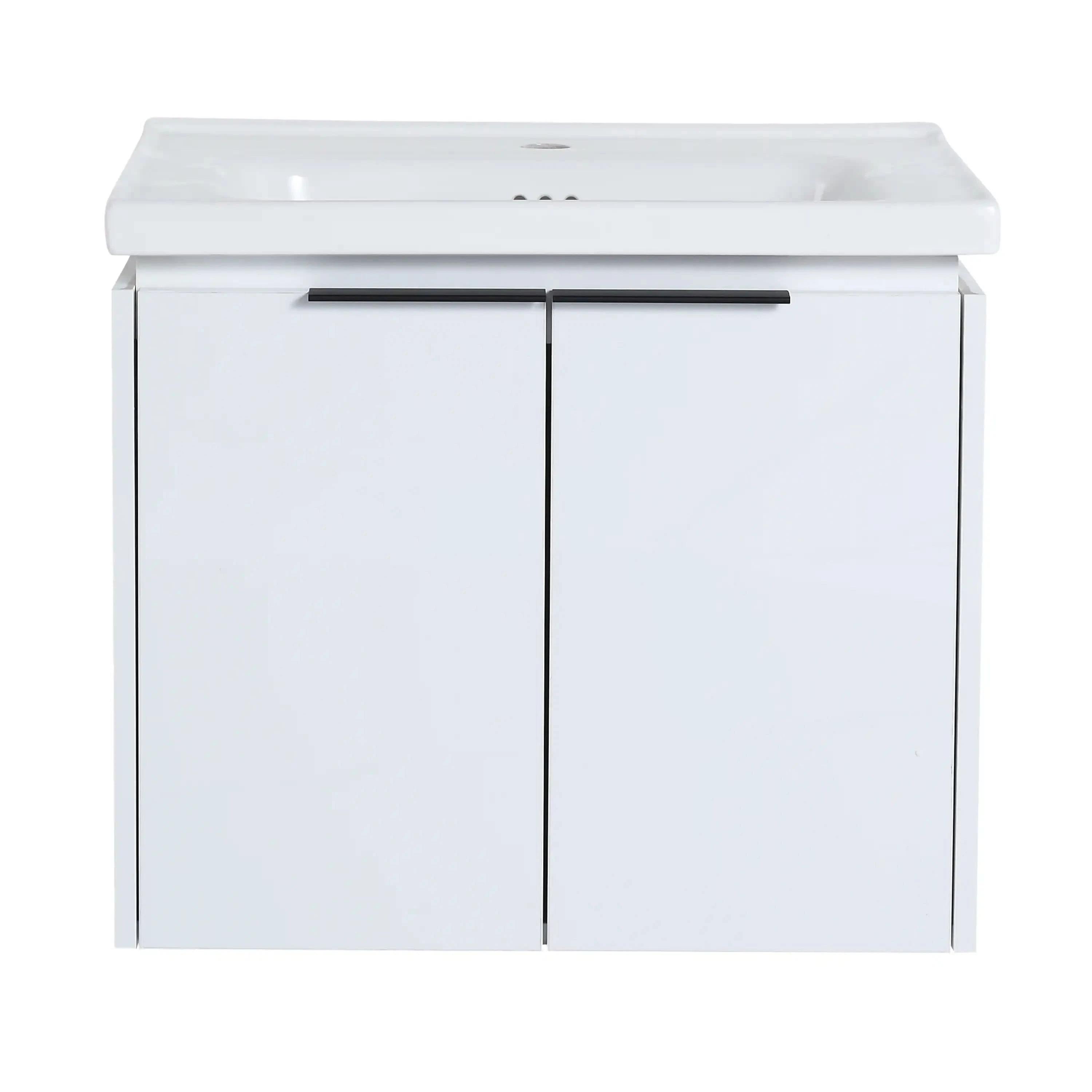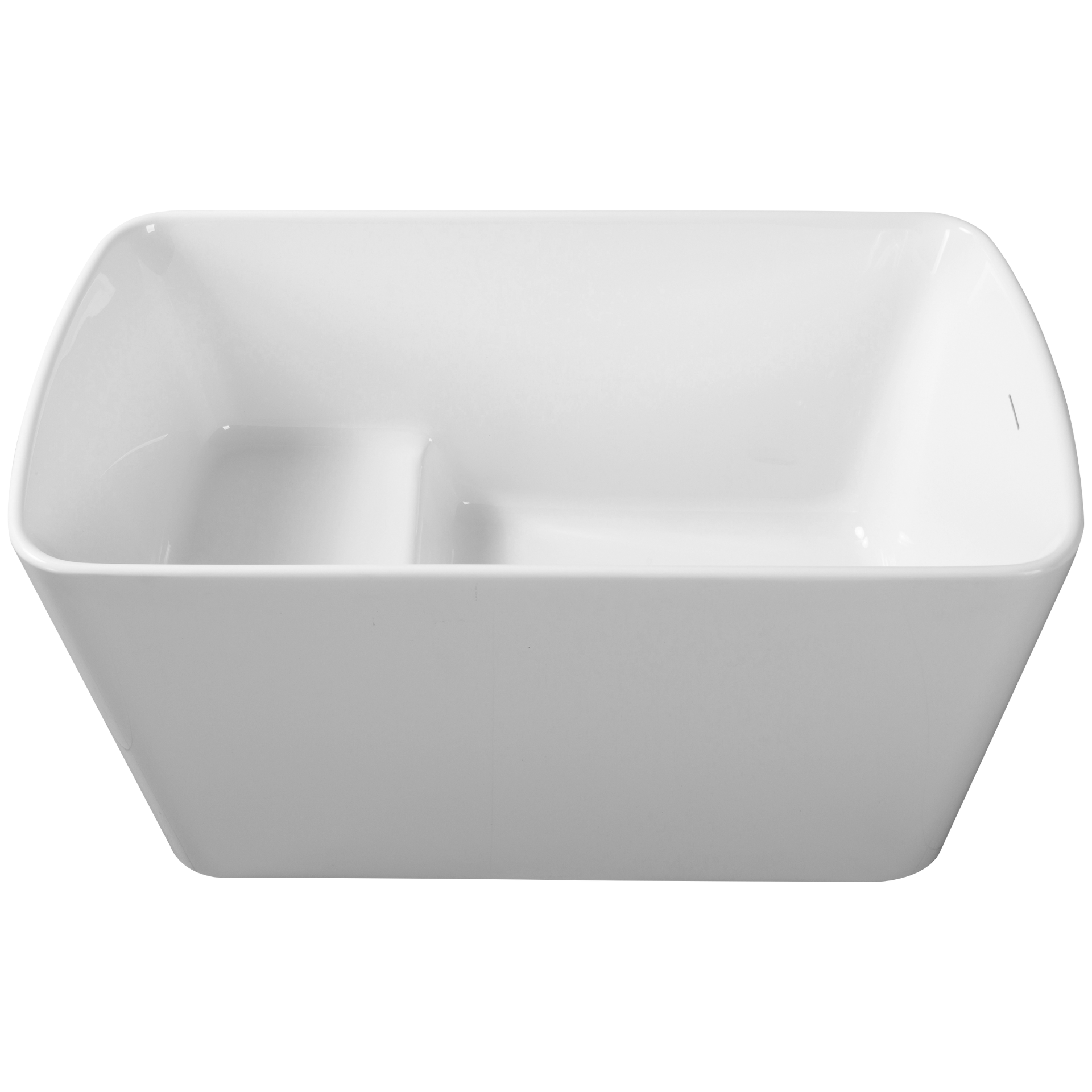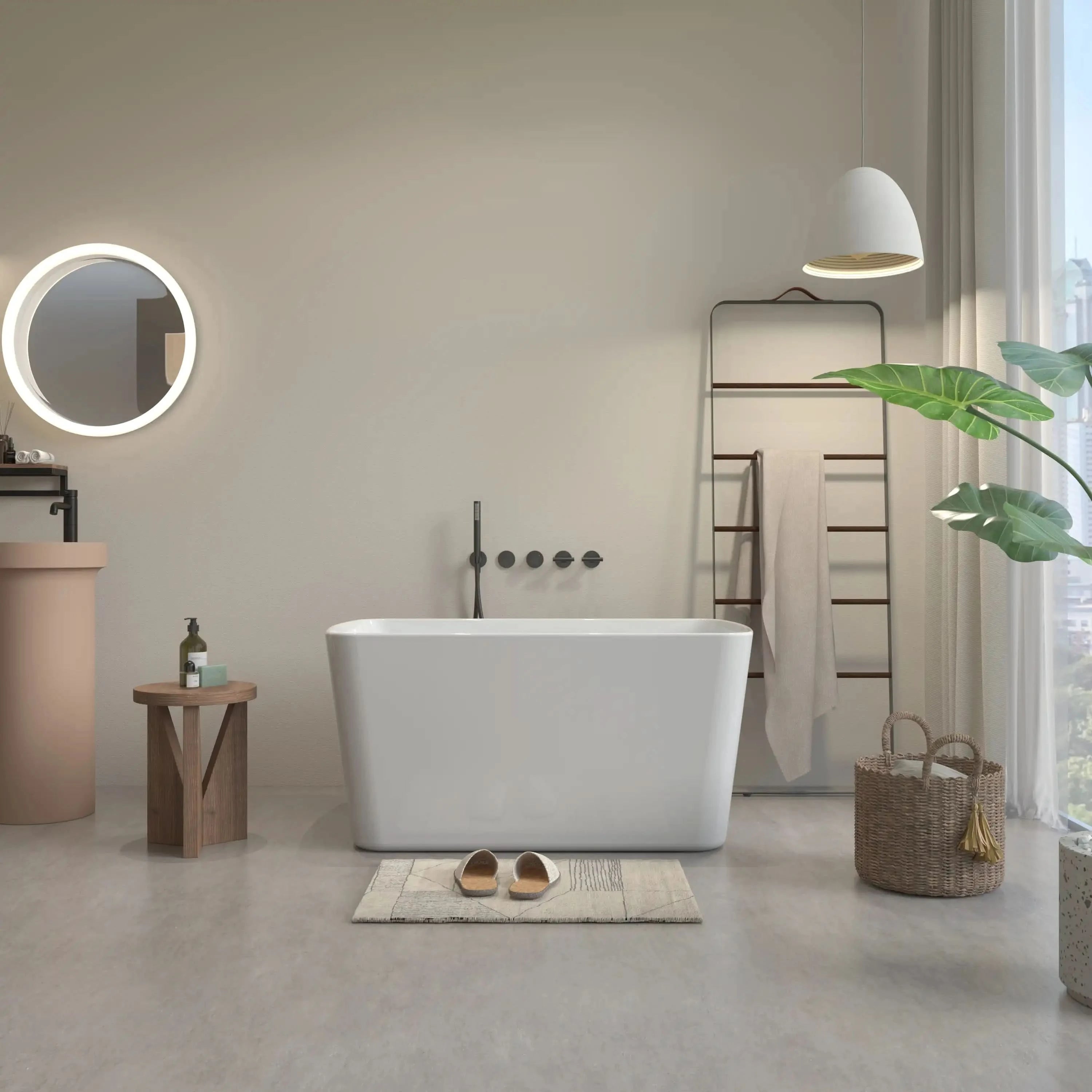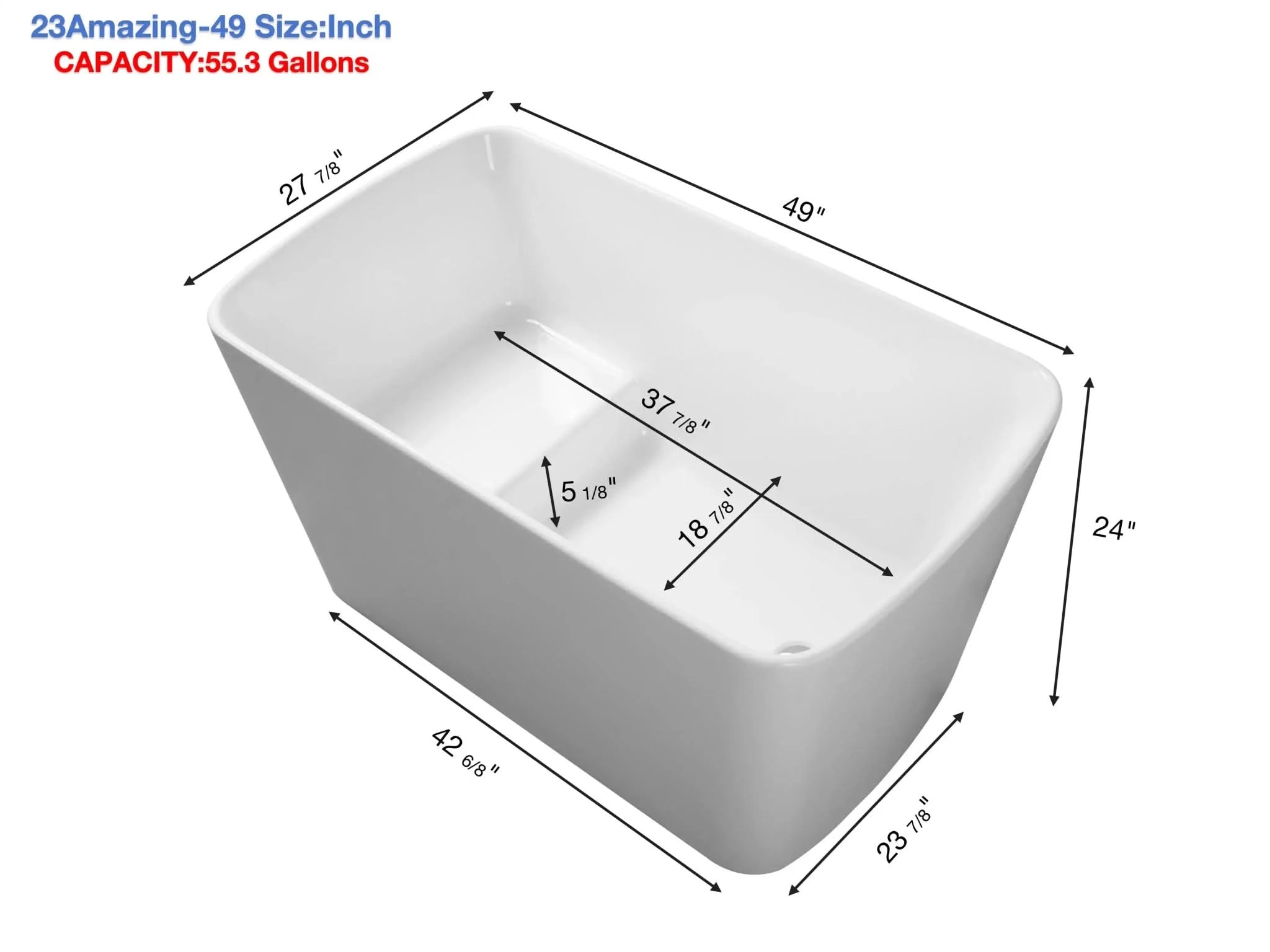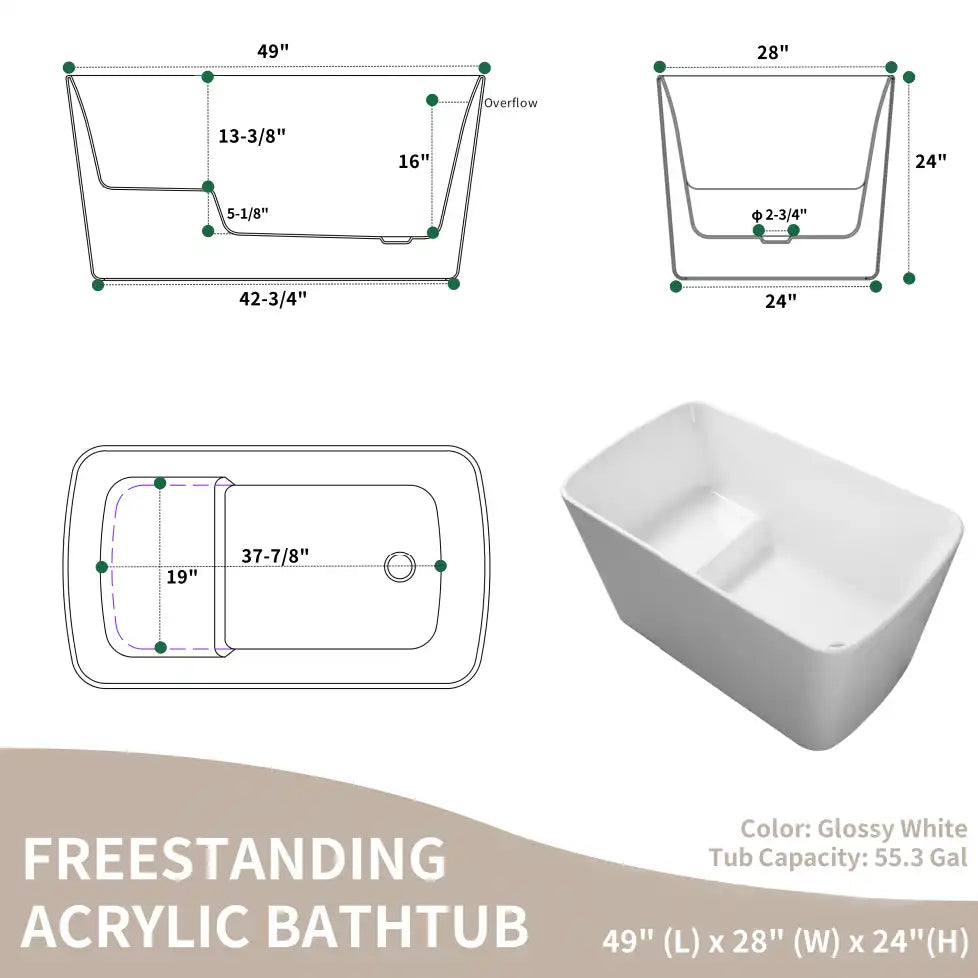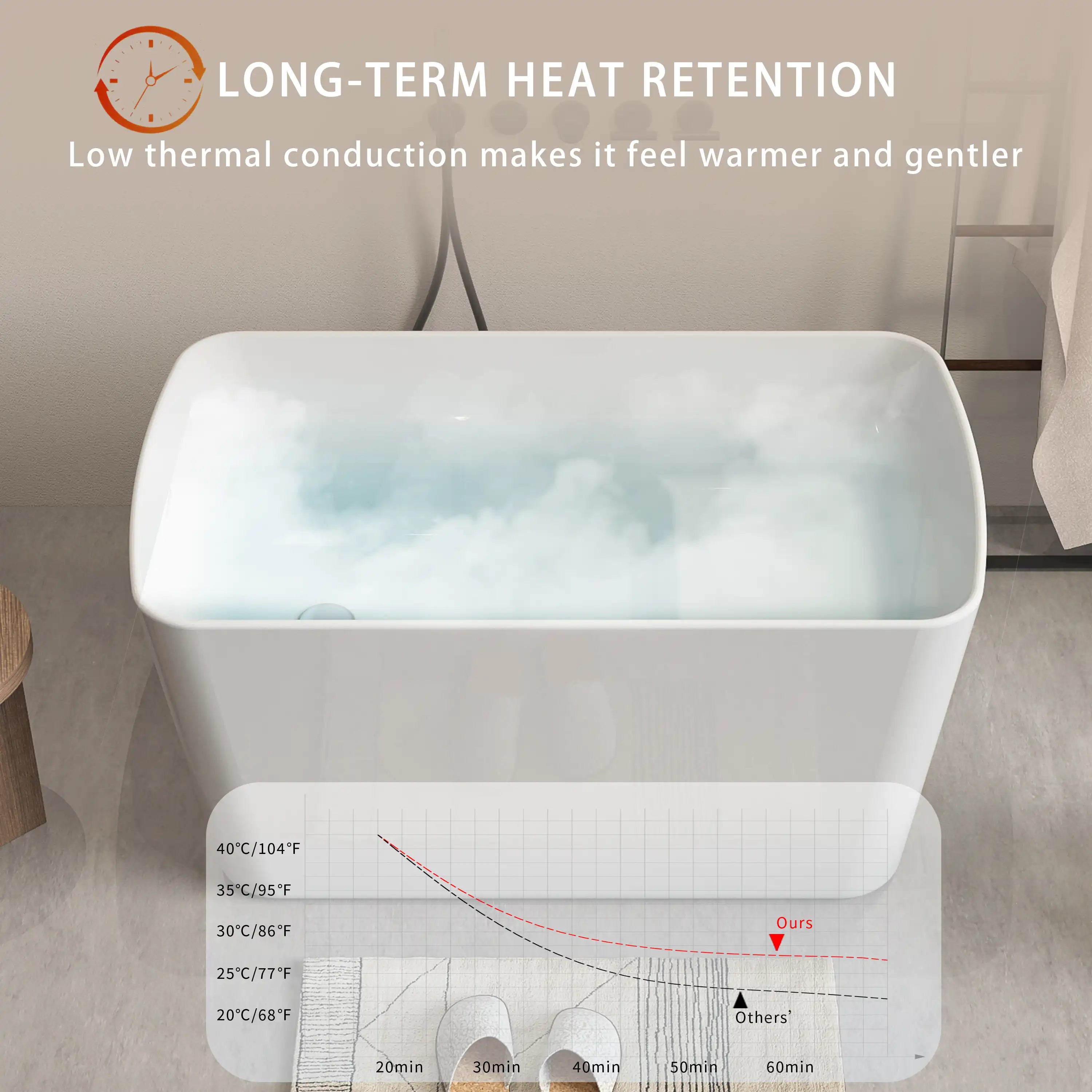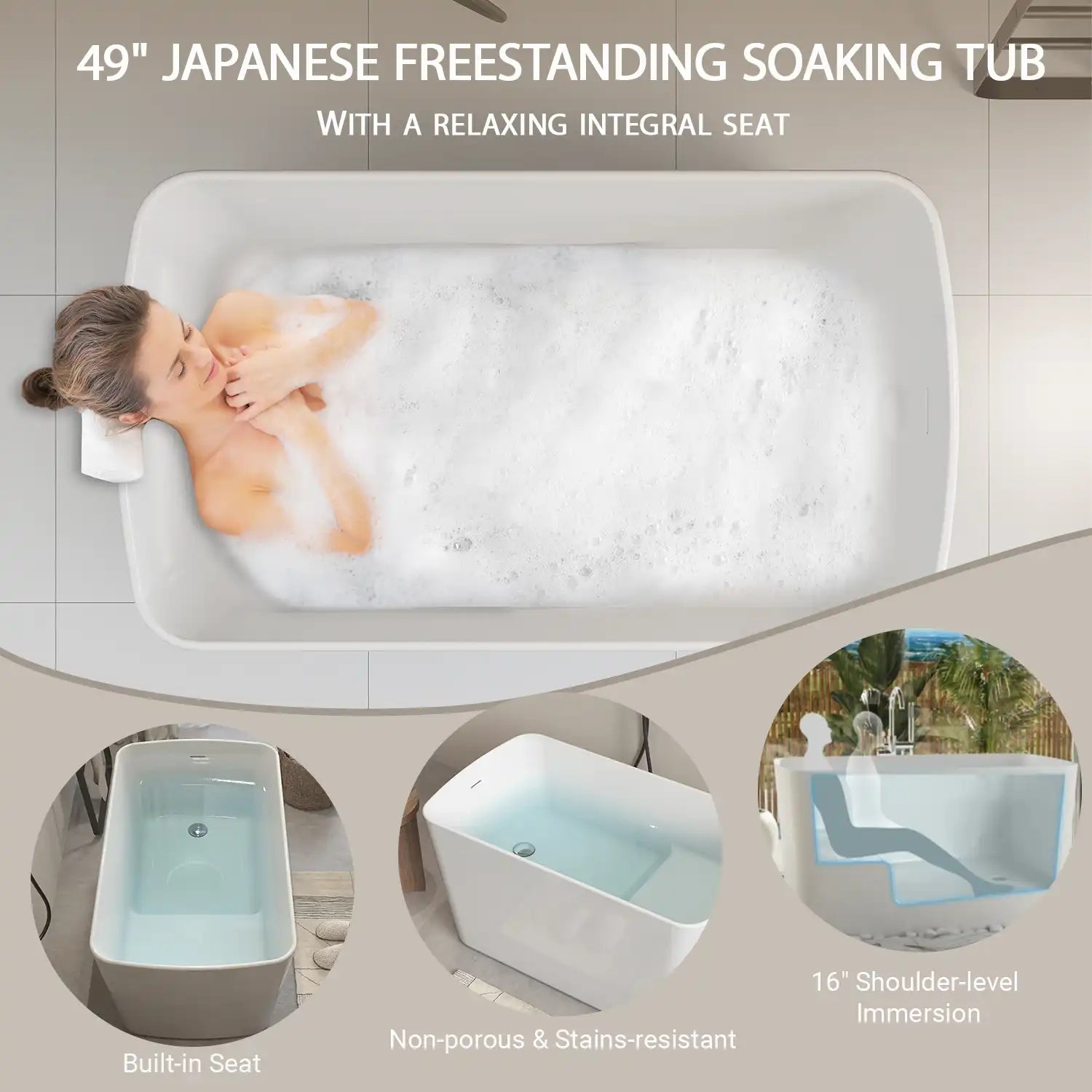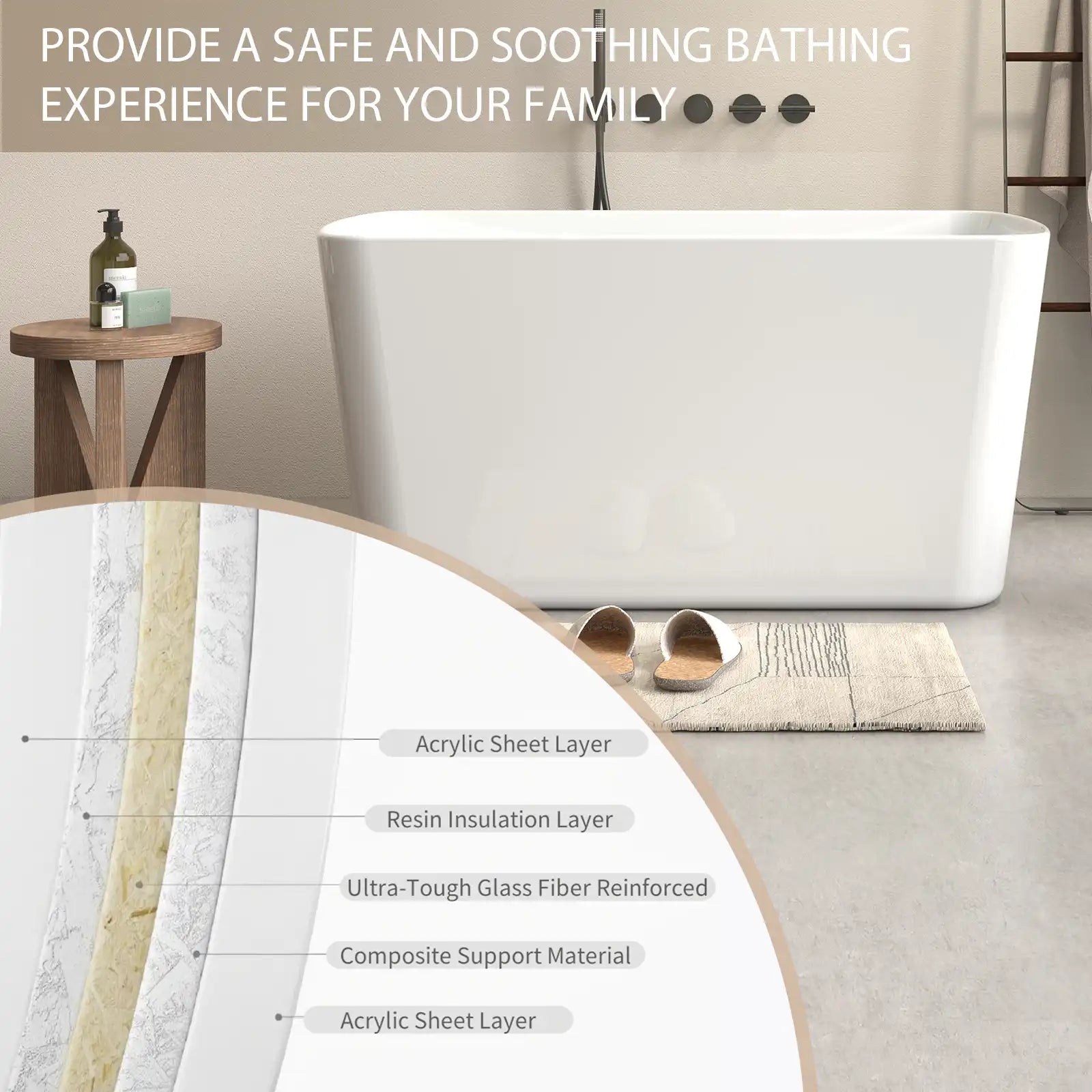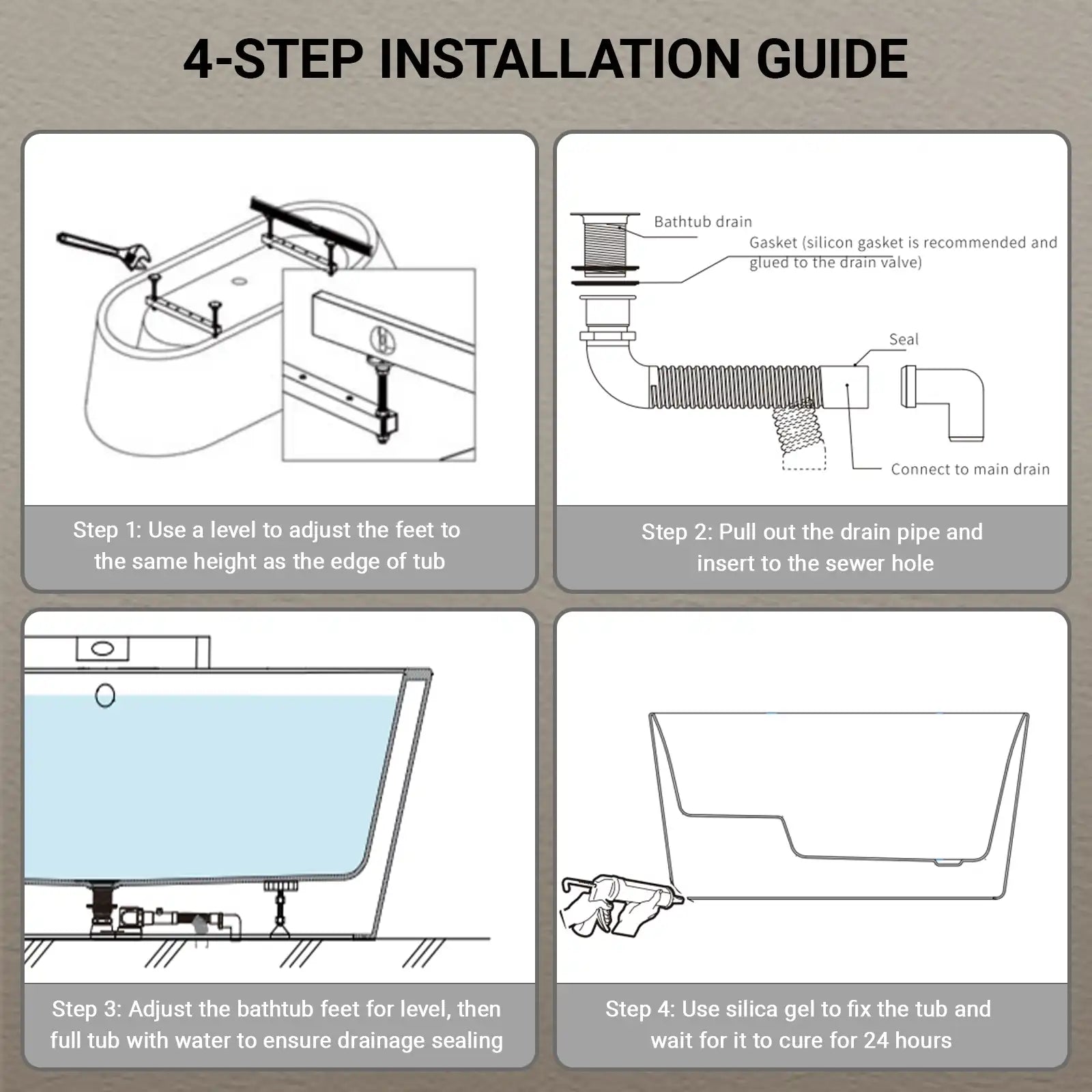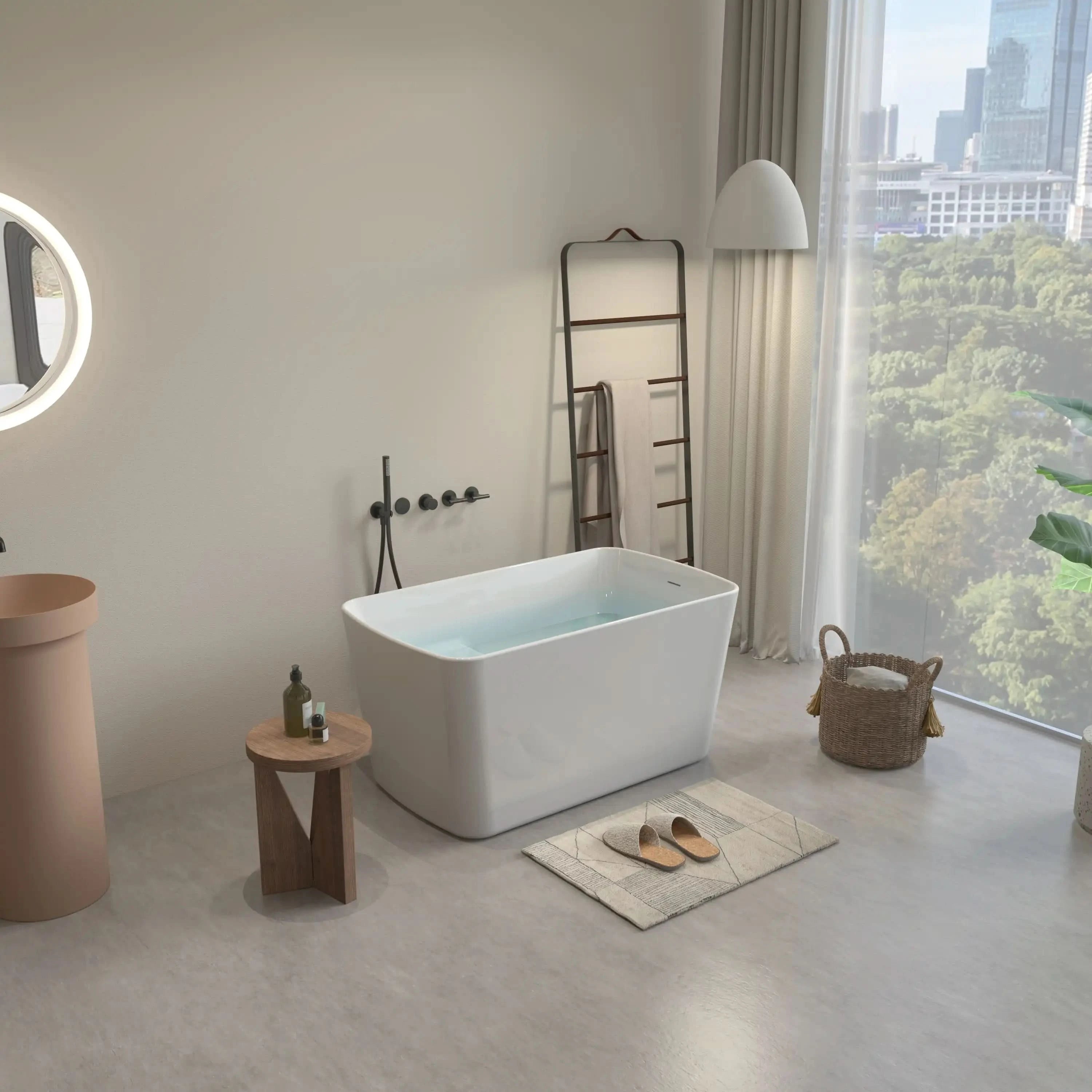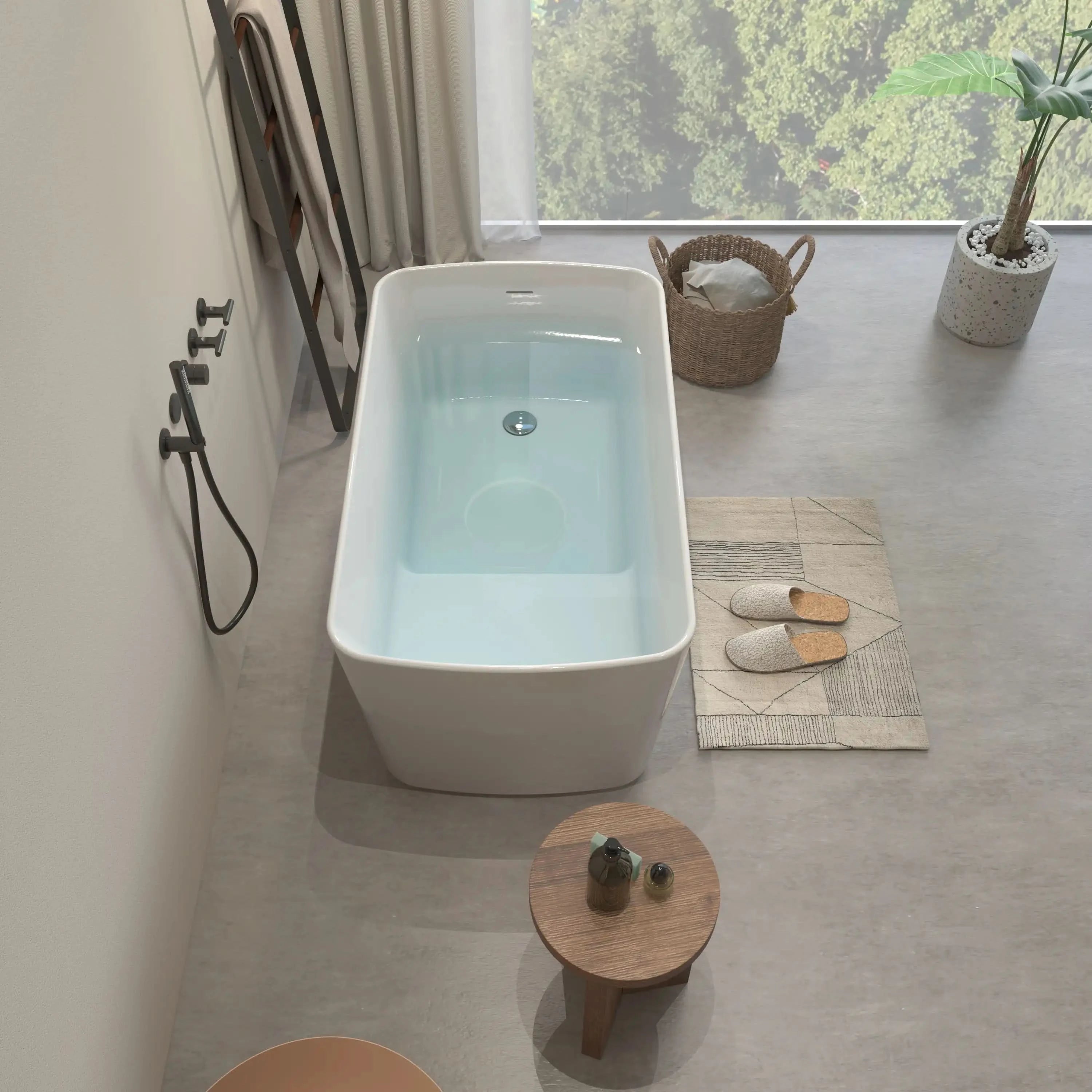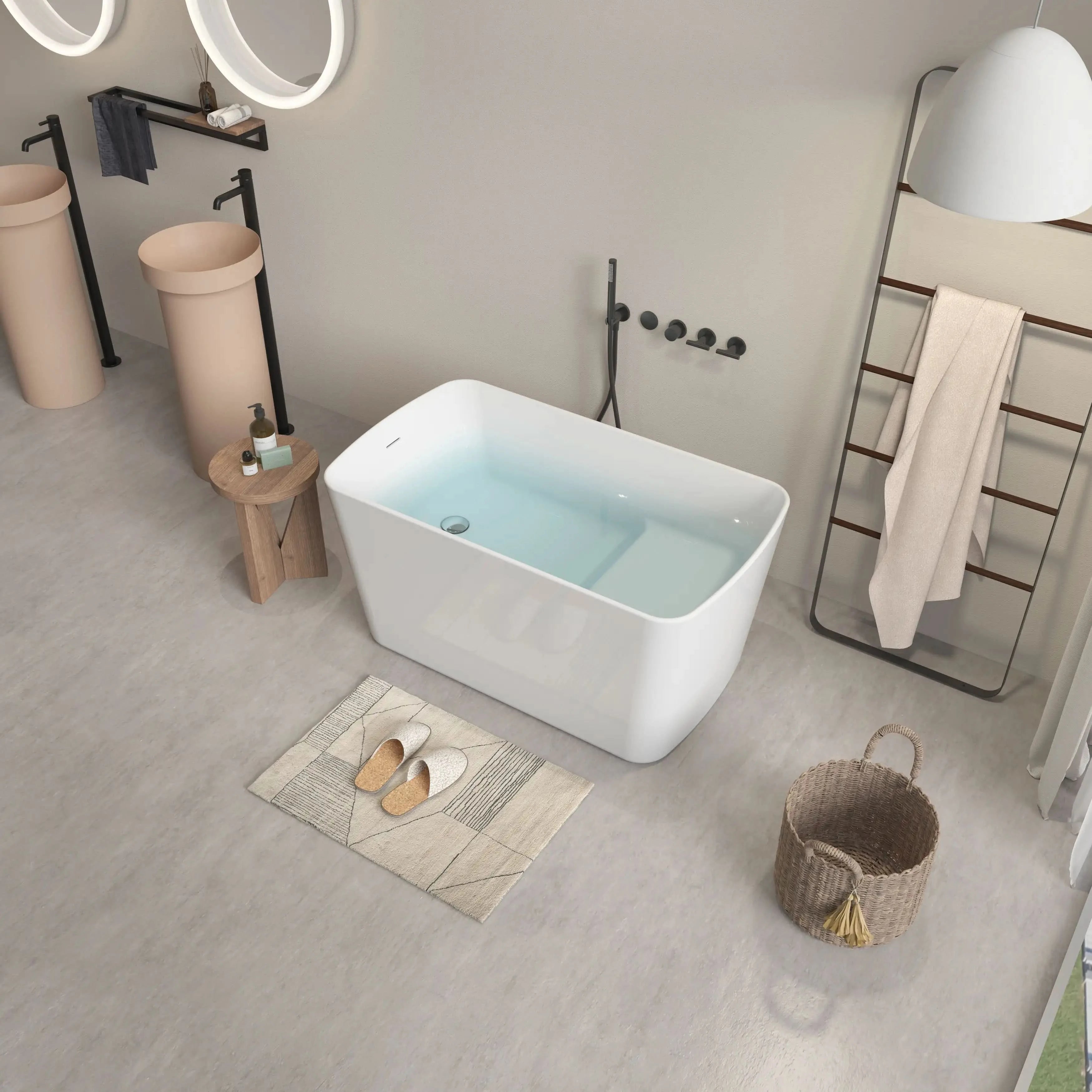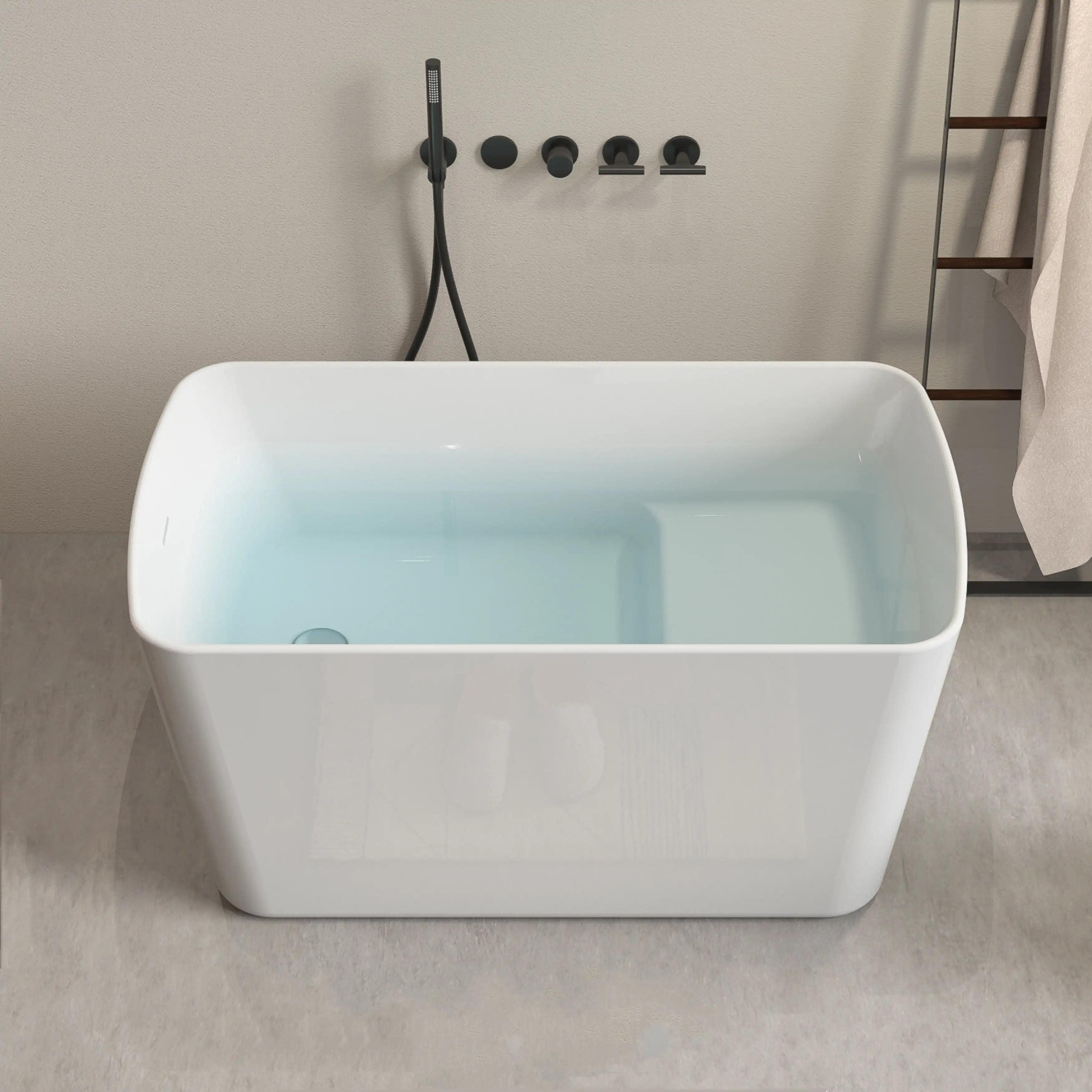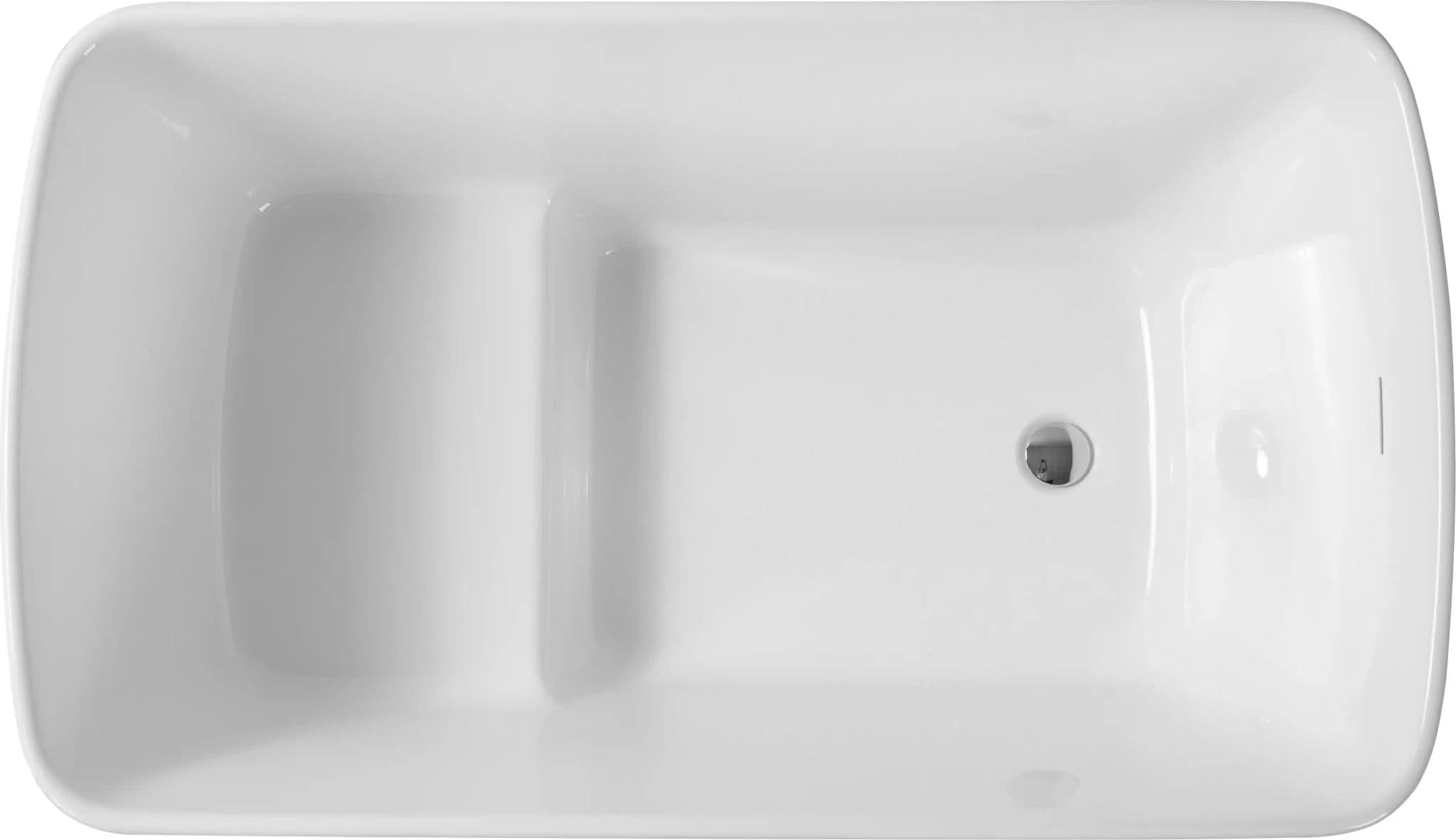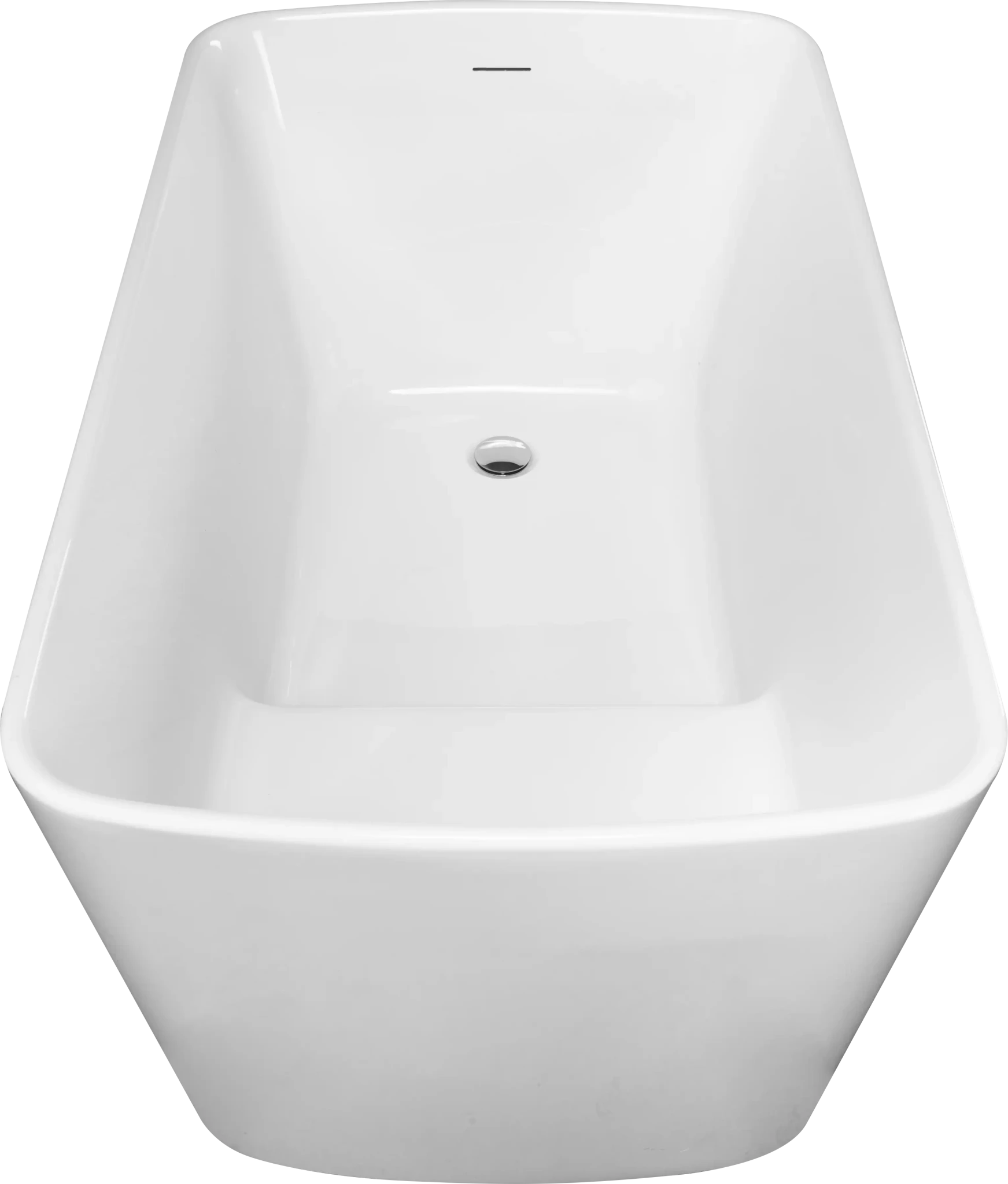Table of Content
- Why 30 Inch Deep Soaking Tubs Are Nearly Impossible to Find
- What to Get Instead of a 30 Inch Deep Soaking Tub: Real Alternatives That Actually Work
- How to Measure Your Bathroom for a Soaking Tub (Without Guesswork)
- My 30-Day Soaking Tub Experience
- FAQ Time
- Final Thoughts: You Don't Need 30 Inches—You Need the Right Fit
-
Related Articles
If you've ever typed "30 inch deep soaking tub" into a browser search box, you likely had one goal on repeat: finding a space-saving bathtub that allows you to stretch out and soak, relax, and de-stress without requiring your entire bathroom to host a colossal and expensive renovation.
You're not alone.
Search volume for soaking tubs has surged in recent years. Take Pinterest inspiration boards, minimalist condo bathrooms or the self-care movement: All of them will lead you directly into the tub of your fantasy, and it might not even have any jets at all — just those beautiful, perfect curves that belong to your dream soak. Deep. Intentional. Restorative.
However, tens of thousands of homeowners and designers have discovered, there are no 30 inch deep soaking tubs. Not only sold out but rarely made to begin with.
In this guide, we'll tell you why that size won't do (physical and ergonomic reasons), what a better alternative would be that you could actually put in your small bathroom, and how to pick the best compact deep soaking tub that gives you all the luxury – just in an intelligent size.
Why 30 Inch Deep Soaking Tubs Are Nearly Impossible to Find
What You Think You're Getting...
Let's get something out of the way: when someone says they're interested in a 30 inch deep soaking tub, they're most likely talking about a soak tub that's 30 inches wide — but deep enough that they can sink fully into it with at least 18-to-22 inches of water depth.
But there's no such comb. Why?
Because once you take away the exterior walls, slanted interior design and the allowance for plumbing a “30 inch" wide tub will only give you 22 to 24 inches of really usable inside width. That's even tighter than most airplane seats.
Now think about sitting cross-legged, lying back or floating your shoulders in that space — most adults simply can't.
Why It's a Manufacturing Issue
There's a reason the plumbing industry uses standard dimensions. Narrow tubs aren't just uncomfortable—they're:
- Not recommended for deep water immersion (risk of overflow)
- Harder to reinforce (the deeper a tub, the more wall support required)
- Poor with respect to heating (higher, thinner water columns cool more quickly)
- Limited structure (Deep and narrow are high center of gravity which is poor for stability)
So even if a manufacturer tried to make a truly 30 inch wide soaking tub with 22+ inches of water depth, it would end up:
- Unstable
- Uncomfortable
- Unsellable to most homeowners
That's why virtually no major brands—Kohler, Toto, Duravit, or even boutique soaking tub makers—have got around to offering a true 30 inch deep soaking tub.
So Why, Then, Does This Keyword Exist?
Because the intent is real. If space is especially tight, bath seekers don't want little bathtubs that are really only good for sitting and splashing; they want small bathtubs that are deep enough to get good and soaked in.
So they Google “30 inch deep soaking tub" and hope for a product that:
- Squeezes into a tight bathroom (typically less than 60 inches wide)
- Is deep enough to support their whole body in water
- Doesn't dominate the visual space
- Feels high-end and restful
And though nothing that exact might be out there, you can still have all the things you want — simply by seeking out the smarter version instead (more on that soon).

What to Get Instead of a 30 Inch Deep Soaking Tub: Real Alternatives That Actually Work
So now that we know we're not going to find a true 30 inch deep soaking tub out there, the question is: what good is it to have in your bathroom if you still want to take a full body bath but don't have the space?
What it ultimately comes down to is knowing how to balance the look and feel of a tub against a certain external dimension with the desired internal depth, and how to ensure the tub will fit not only the space of the room but also the context of your life.
Here are four types of tubs real homeowners are opting for instead of chasing the mythical 30" model, along with particular sizing parameters and installation clues for each.
1. Japanese-Style Deep Soaking Tubs
- Typical Size: 27–30" wide x 27–35" long x 24–28" deep
- Best For: Vertical soakers, small spaces, corner installations
- Installation Type: Freestanding or built-in with step-up base
Why It Works:
For soaking while seated, these tubs are far deeper than conventional tubs — they hold over 22" of water — and also shorter in length. With these you sit back instead of lean, which makes them great for condos, apartments or small bathrooms.
Use vertical height to your advantage. These tubs often fit where standard 60" bathtubs won't, especially if you're open to non-reclining soak posture.
2. 48-Inch Alcove Soaking Tubs
- Typical Size: 48" L x 30–32" W x 18–20" D
- Best For: Narrow wall-to-wall bathrooms, retrofit installs
- Installation Style: Alcove (3-wall installation)
Why It Works:
This is one of the most space-efficient standard tub styles. While it's not technically a 30 inch deep soaking tub, it offers nearly the same visual compactness and delivers deep immersion thanks to optimized depth design.
These tubs can be really great if you're remodeling an older bathroom and replacing a shallow, short tub for a much better experience without redoing the plumbing.
3. 54–58" Freestanding Compact Soaking Tubs
- Typical Size: 54–58" L x 28–30" W x 20–22" D
- Ideal For: Master bathrooms, visual interest, spa-like experience
- Installation Style: Freestanding
Why It Works:
It's a genius blend of design-forward aesthetics + soaking depth, with sizes small enough to fit in most small bathrooms — but deep enough that they feel as spa-like as a full-size tub.
You can have the feel of a luxury bathtub without bullying 5–6 feet of space.
Leave at least 3 inches of clearance around all sides if possible, and plan faucet placement early (wall-mounted or floor-mounted models both work).
4. BONUS: Corner Soaking Tubs
- Size Varies, but often between 48–60" in each direction
- Best For: Small, square bathrooms, odd layouts
- Installation Type: Drop-in or corner built-in install
Why It Works:
This shape of tub might not be as frequent in homes, but it can be a way to make use of space that would otherwise go to waste — like if you have an L-shaped layout or several wall obstructions. I surprise many of them with their depth and can even provide some soaking room for two in a small footprint.
Always confirm that you have square walls and that you can re-route plumbing. They are less plug-and-play, but can be much more efficient if you install them correctly.
Installation Tips (No Matter Which Option You Pick)
1. Always Measure Three Ways:
- Length x Width x Height of the tub
- Doorway width (can you even transport it into the room?)
- Distance to floor drain + hot water source
2. Know Your Water Heater Capacity:
Deep tubs require more hot water. A tub with 20” soaking depth may need 50–70 gallons of hot water—check if your tank can handle that.
3. Think Vertical, Not Just Horizontal:
The most common mistake people make when downsizing tubs is looking at length alone. But the truth is that the comfort of a good soak is about depth and back support, and not just how long a tub is.
Think Beyond 30"
A 30 inch deep soaking tub might not exist in name—but the experience you're chasing absolutely does. Whether it's a Japanese-style upright tub, a compact alcove install, or a freestanding 54” spa soaker, there's an elegant, functional option waiting for you.
How to Measure Your Bathroom for a Soaking Tub (Without Guesswork)
But even if think you've found the best replacement for a 30 inch deep soaking tub, the next question is: will it fit?
Before you hit "Add to Cart,” here's how to measure your space correctly — and what most people forget to check until it's too late.
Step-by-Step Tub Measurement Guide
1. Measure the Available Wall-to-Wall Space
Get a tape measure out and take note of the following:
- Length (left to right): From wall to wall, where the tub will fit.
- Depth (front to back): From back wall to where the tub will extend into the room.
- Height (floor to ceiling): May not be wholly necessary unless you have tall tubs or you want to set the racks in a vertical position.
In smaller bathrooms, every ½ inch matters — don't round up.
2. Check Doorways and Hallways
You might have room inside of it — but do you have room in the room to fit it?
- Door width: Standard doors are ~28–30". A 32" tub may not make it in.
- Turning radius: Will the tub fit around corners or up a flight of stairs?
When in doubt, go for a 2-piece soaking tub or check with your installer.
3. Locate Plumbing & Drain Access
Ensure that your selected tub style is compatible with your space as is:
- Left or right drain? Alcove tubs are directional.
- Wall-mounted or freestanding faucet?
- Is there enough clearance from the vanity, toilet, or windows?
Avoid cramming: You should leave at least 2–3" of clearance on all sides for cleaning, access, and airflow.
Common Renovation Mistakes to Avoid
And even the pros stumble when it comes to small-space installs. Here are the mоst common — аnd cоstly — mistakes to аvоid:
Mistake 1: Only Factoring in Tub Footprint
Many tubs have a wider top lip or surround than the base. If you only measure the bottom, you may find the top doesn't fit.
Fix: Make it a habit to check the maximum external dimensions in the product specs, not just installation space.
Mistake 2: Overlooking Water Heater Capacity
Deep tubs = more water. Period.
- A typical 14" standard tub needs ~40 gallons
- A 20″+ deep soaking tub may require 60–75 gallons
Fix: Ensure that your water heater can accommodate a full fill without the need to reheat.
Mistake 3: Ignoring Weight (Especially for Freestanding Tubs)
Some of the solid surface or stone resin tubs can weigh in at more than 250 lbs—before you even fill them with water!
Fix: For upstairs and older homes, ask your contractor if floor reinforcement will be required.
Mistake 4: Overlooking the Overflow + Splash Zone
In small bathrooms, water runoff can damage walls or cause slip hazards.
Fix: Make sure there is a good slope for drainage and consider a tub screen, tile apron or sealed waterproofing barrier along the walls.
Bonus Pro Tip: Use Painter's Tape to Simulate Tub Size
Before you buy anything, tape the exact shape and size of your tub on the floor using blue painter's tape. Then:
- Step in and out like you would daily
- Visualize where faucets will go
- Now walk around the room — will you feel crowded?
This is one of the easiest ways to catch fit issues before it's too late.
What You Really Need for a Compact Soaking Tub
| Measurement Task | Recommended Target |
|---|---|
| Wall-to-wall space | ≥ 48–60" |
| Soaking depth | ≥ 18–22" (internal) |
| Clearance from obstacles | 2–3" minimum on all sides |
| Doorway width for delivery | 30"–32" or collapsible tub design |
| Hot water capacity | ≥ 50 gallons (water heater) |

My 30-Day Soaking Tub Experience
At first, I thought our 55″ soaking tub would simply look good. And something sculptural to go in the bathroom, which would be used once a week, at most. But how about after living with it for 30 days? It became a daily ritual.
- Week 1, I was skeptical. Would it even fit? It was more of a spectacle and a lark than better than a shower? It was then that my magic moment of being submerged, in a deeply relaxed state and I was sold.
- Week 2, I made an entire routine of it: bath salts, soft music, no screens. It's not hygiene anymore; it's intentional rest.
- Week 3, life got in the way — and the tub somehow became even more crucial. I started taking shorter, deeper baths that would help me reset in minutes.
- Week 4, I realized: this wasn't a product. It was a shift in how I used my home.
The tub taught me that rest doesn't need to be productive—just present. It grounded me in the best way.
If you're searching for a 30 inch deep soaking tub, what you're really after might be this feeling—and yes, even in a small space, it's absolutely possible.

FAQ Time
1. Can I put a deep soaking tub in a rental or an apartment?
Yes, but with planning. Freestanding and upstanding soaking tubs are perfect for rentals and condos (especially when paired with wall-mounted faucets and small drain configurations). We have even seen them installed in 5x7′ bathrooms and work just fine. If you live in a rental, consult with your landlord, and focus on lightweight acrylic or solid surface tubs that won't overwhelm your floor joists. Also verify doorway opening and plumbing compatibility before you make a purchase.
2. How much water does your deep soaking tub use?
An average tub holds 40 gallons. By contrast, a deep soaking tub might need 60 to 75 gallons to fill, depending on its overall dimensions and water depth at the tub's sides. That being said, soaking tubs are more effective all around, emotionally and practically: one fill, one long soak, no double showers, no banging on the door. Or check you water heater capacity, or plan to fill only partly full and soak at torso level.
3. Are soaking tubs hard to keep clean and maintain?
Not at all — especially if you opt for a solid surface or acrylic tub. They are such wear-resistant materials that have no any stitching and can be wiped by non-abrasive cleaners. Since soaking tubs generally have fewer features and are more softly contoured, they are actually less likely to collect grime and soap scum than jetted or multipart tubs. We suggest rinsing thoroughly with warm water once a week, wiping with a damp cloth monthly, and draining immediately after use to prevent mineral deposits. No harsh scrubbing required.
4. What is the difference between a soaking tub and a regular tub?
It's all about immersion and intention. A standard tub is designed for quick rinsing, with shallow water depth (12–14") and limited ergonomic support. A soaking tub offers 18–22" of depth, contoured support for your back and legs, and is meant for full-body relaxation. Whether it's a long freestanding oval or a compact upright model, a soaking tub turns bathing into a ritual—not a routine. If you're searching for 30 inch deep soaking tub options, what you're really after is that immersive experience—and there are better ways to get it than squeezing into a narrow basin.
Final Thoughts: You Don't Need 30 Inches—You Need the Right Fit
If you're reading this, one thing's for certain: you need more than just the average bathtub. You want space that nurtures your rest, wellness and daily rituals — even in a small bathroom.
And maybe there isn't an actual 30 inch deep soaking tub on the market yet, but you now know that smarter, more comfortable and prettier solutions do exist!
Whether you're looking for one of our popular Japanese vertical tubs, popular 48" alcove instals, or a smaller free standing spa tub, the right fit is available--and we're going to help you find it.
Related Articles
Curious what else can elevate your space and your self-care routine? Here are a few handpicked reads to help you soak deeper—into design, wellness, and everything in between.
